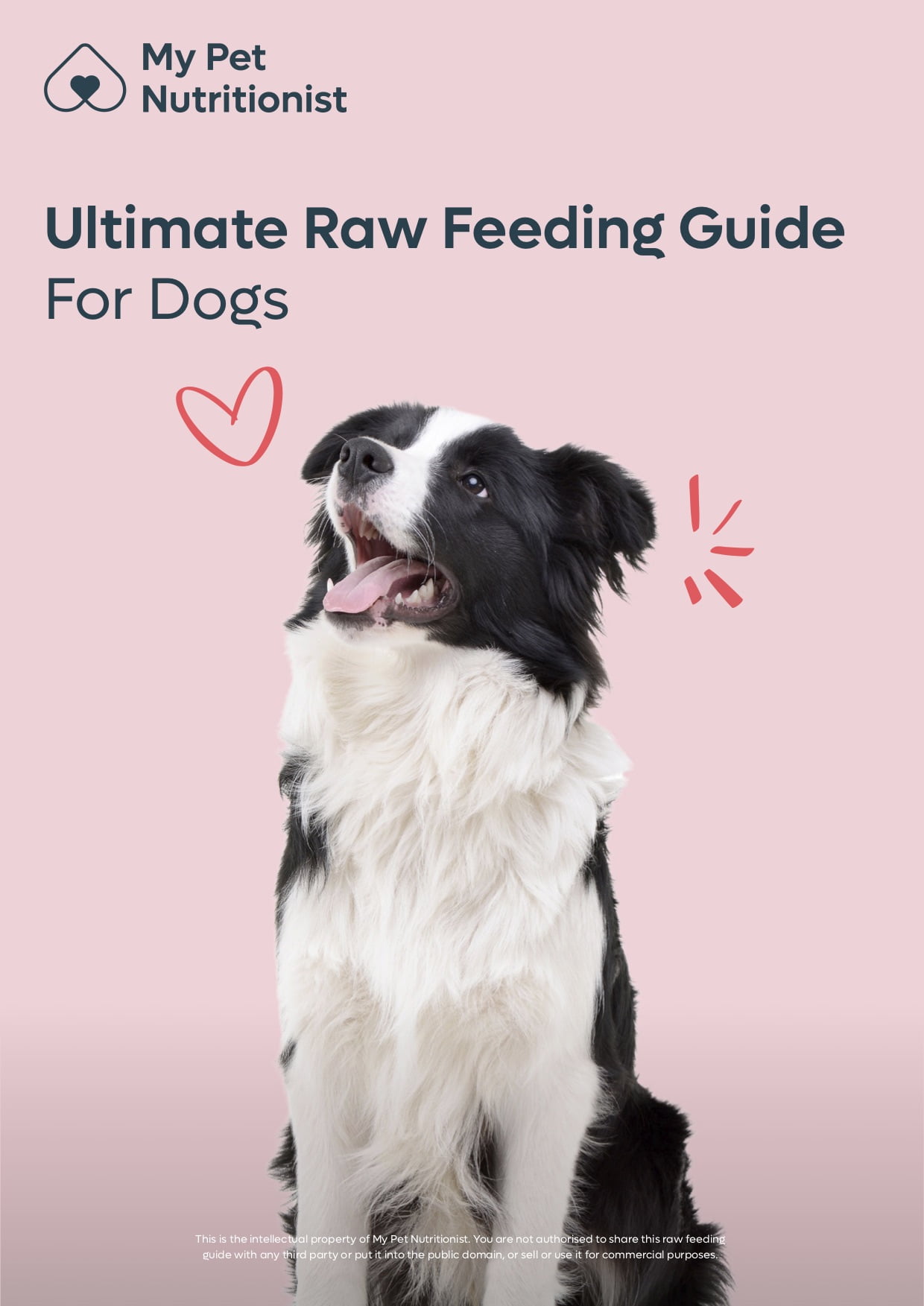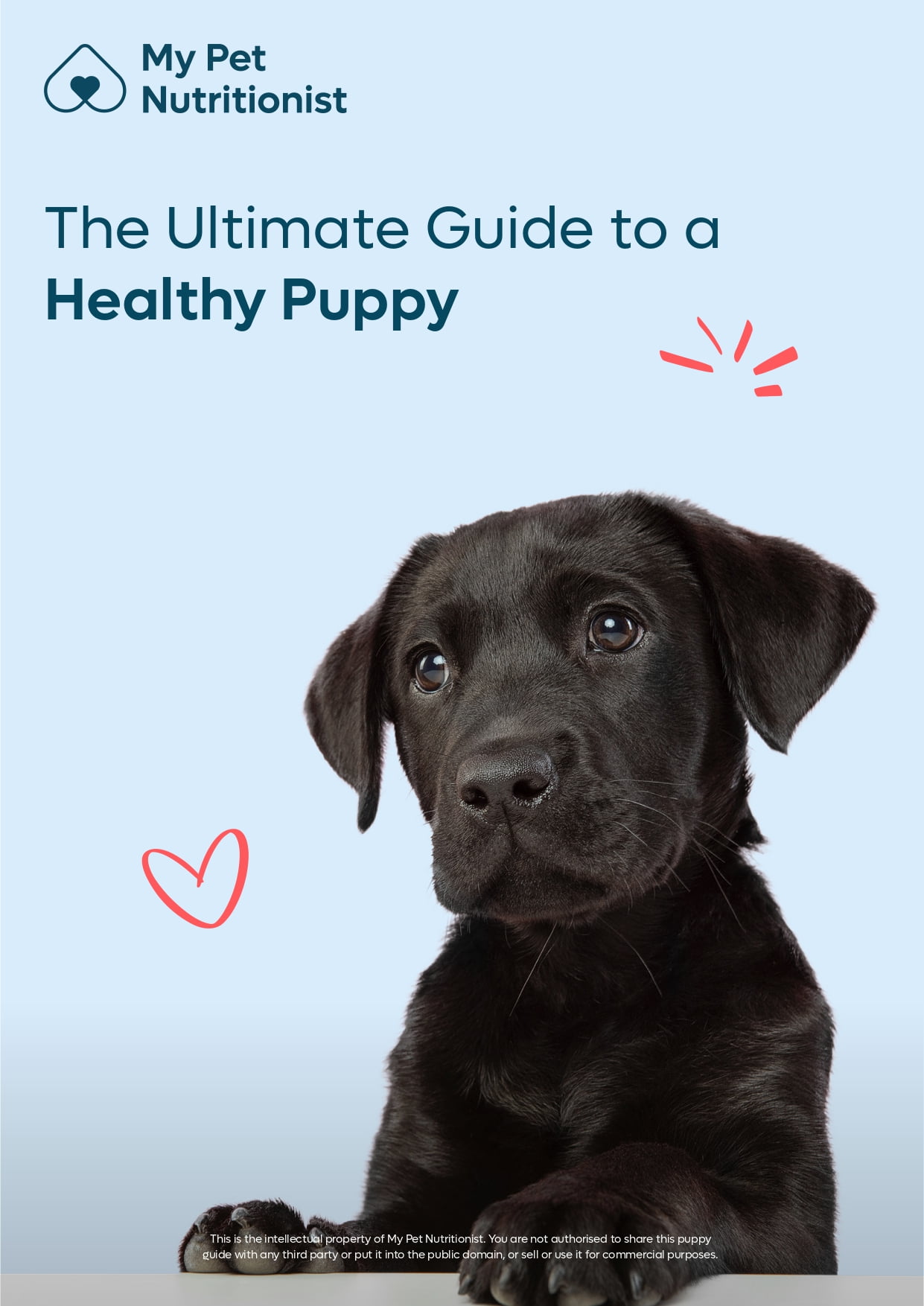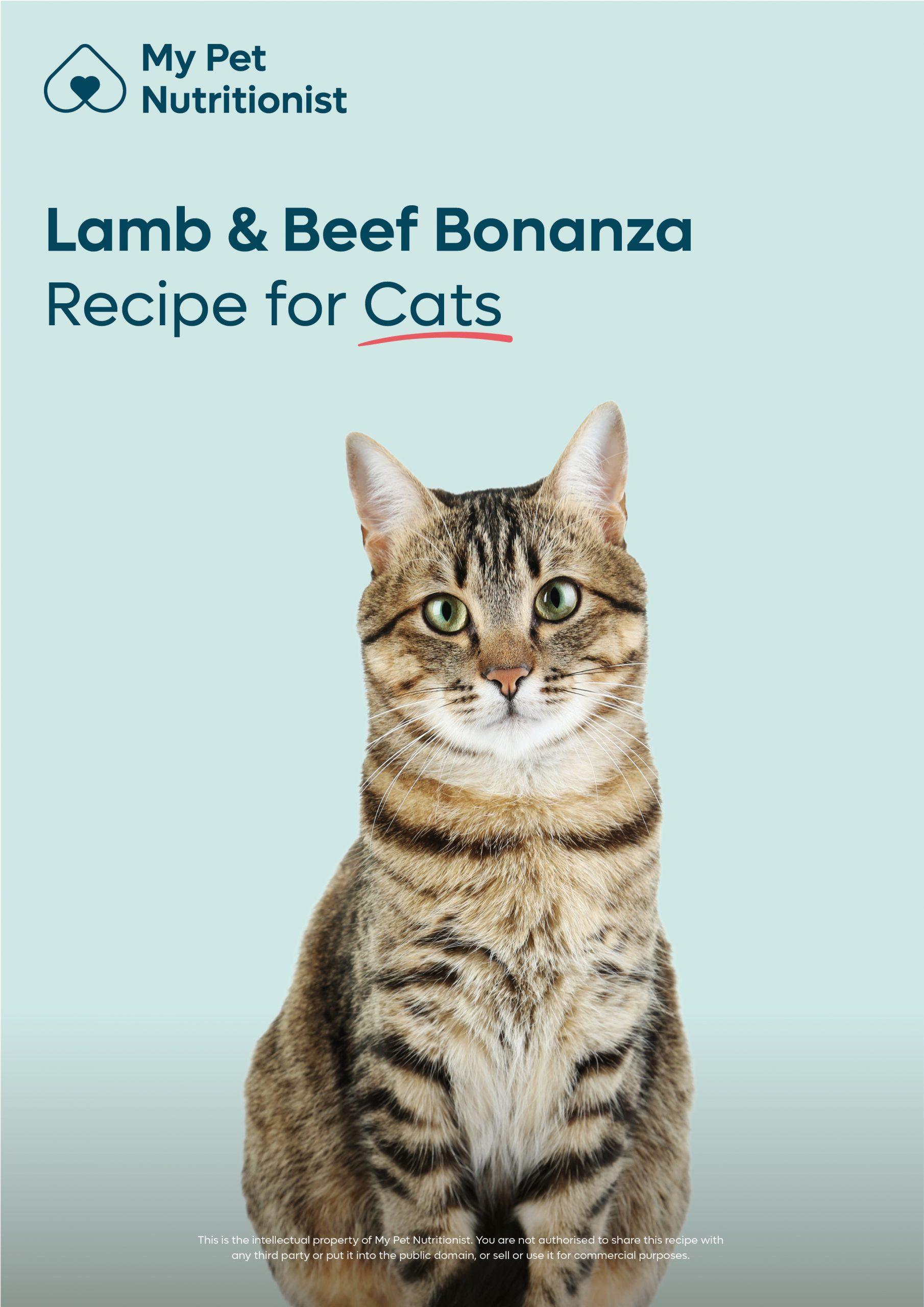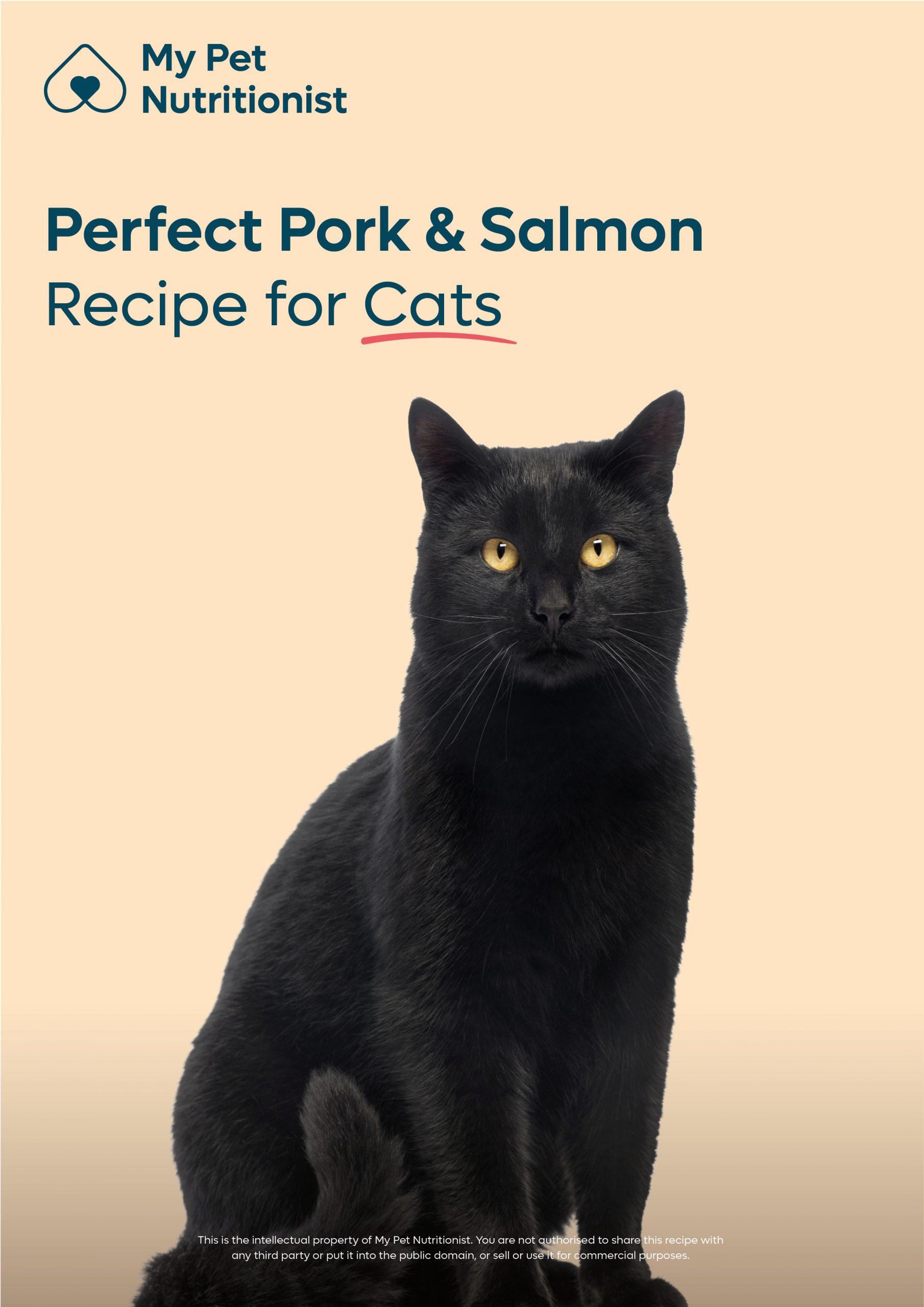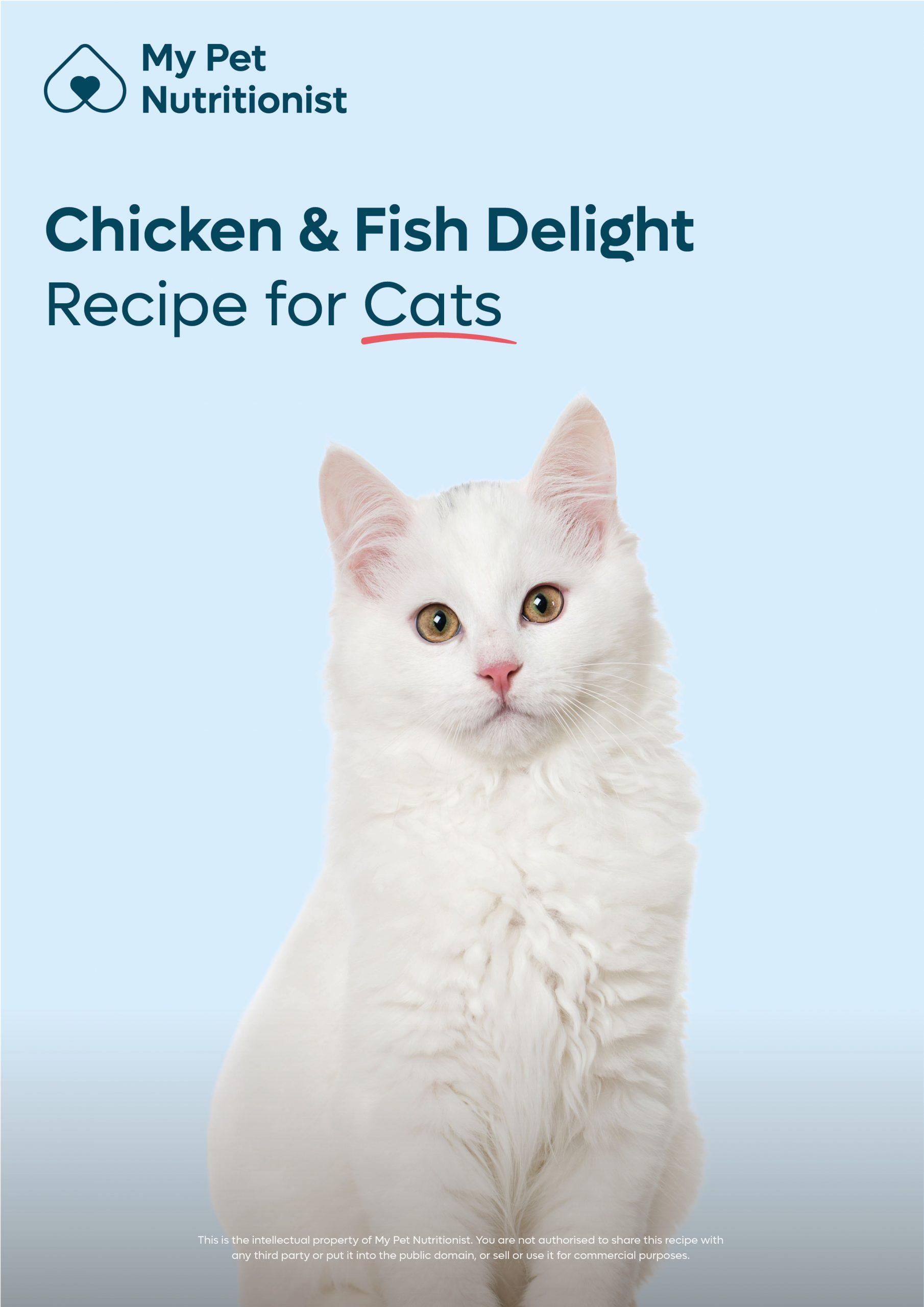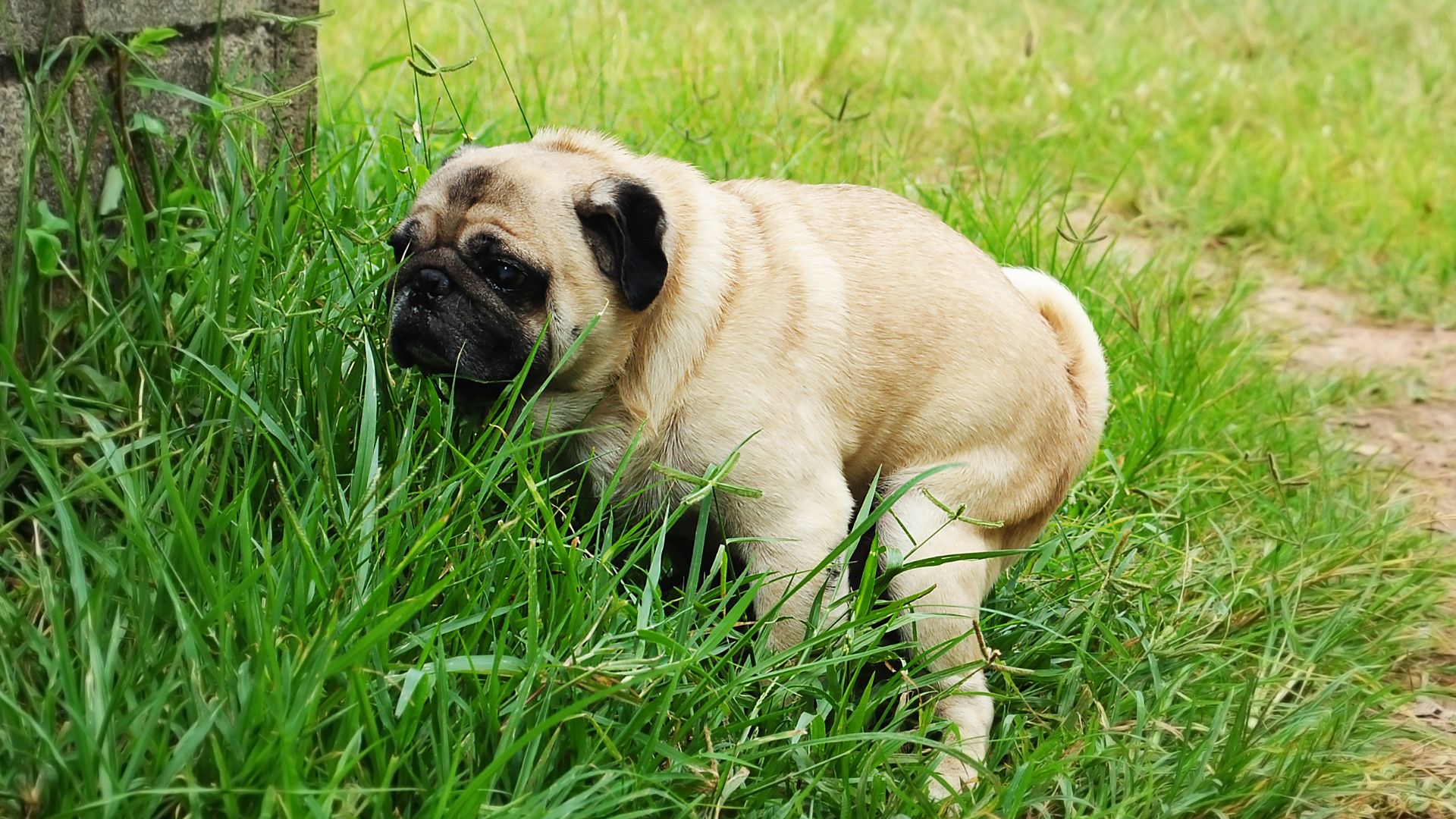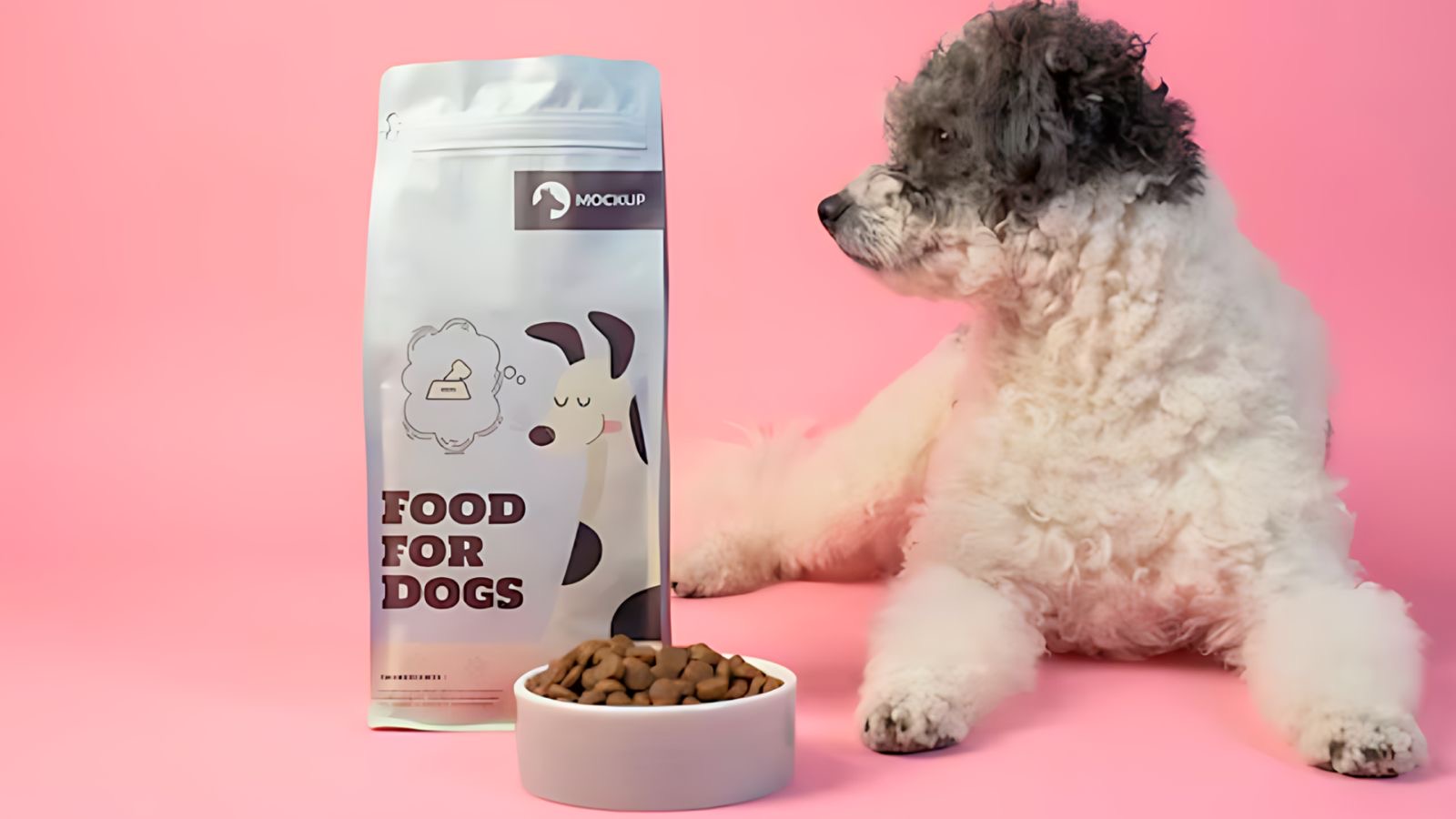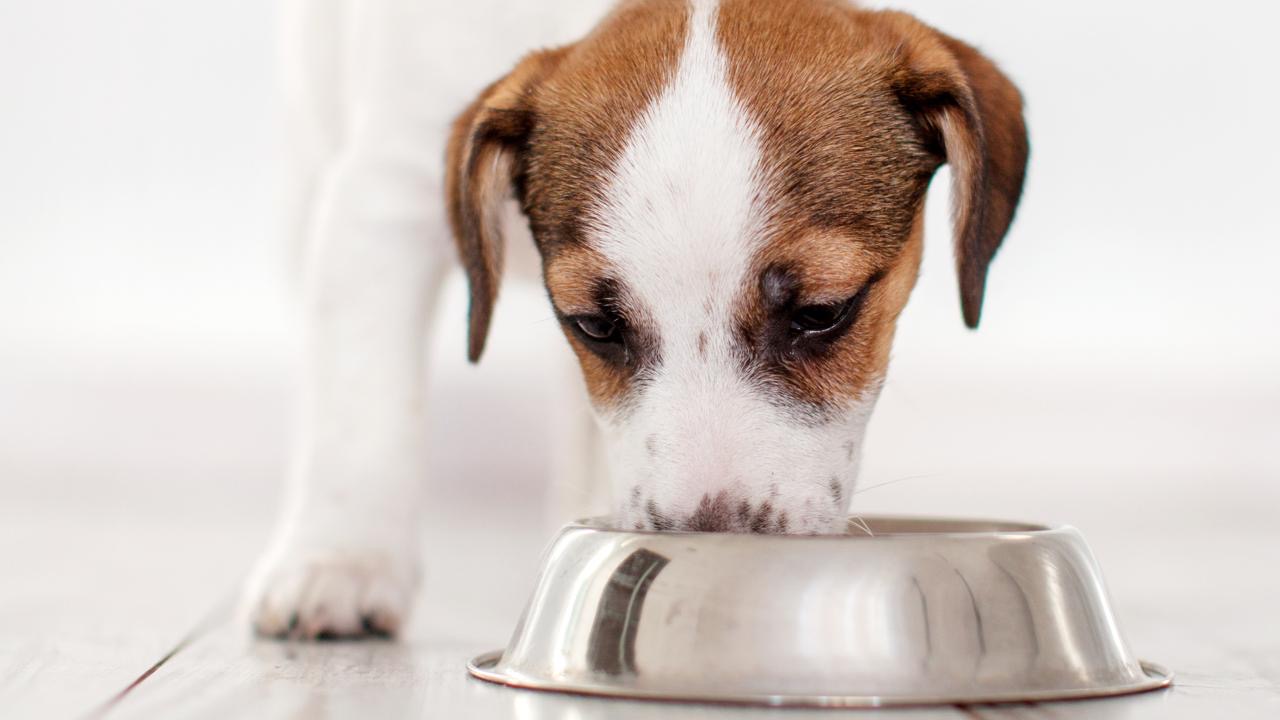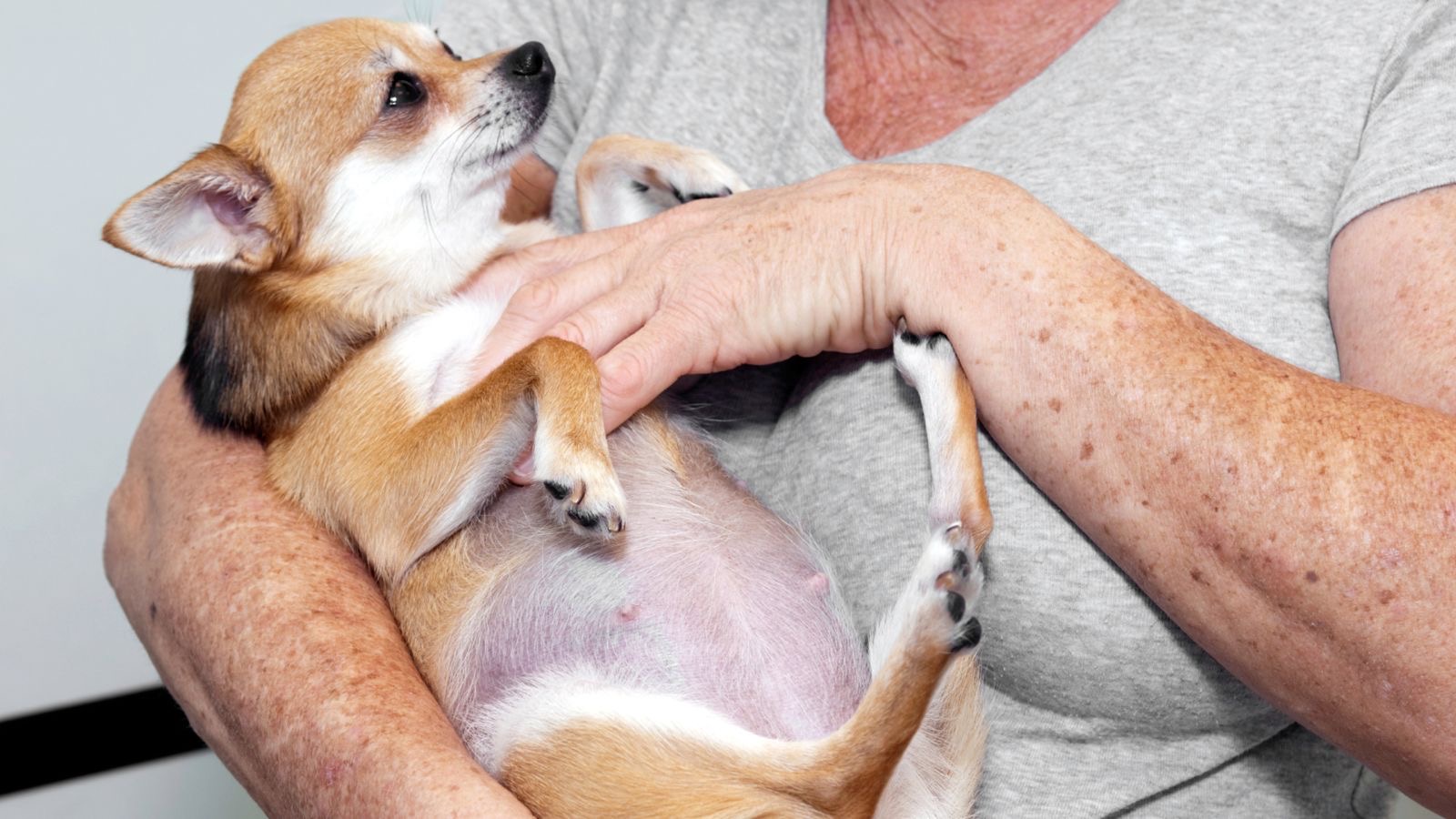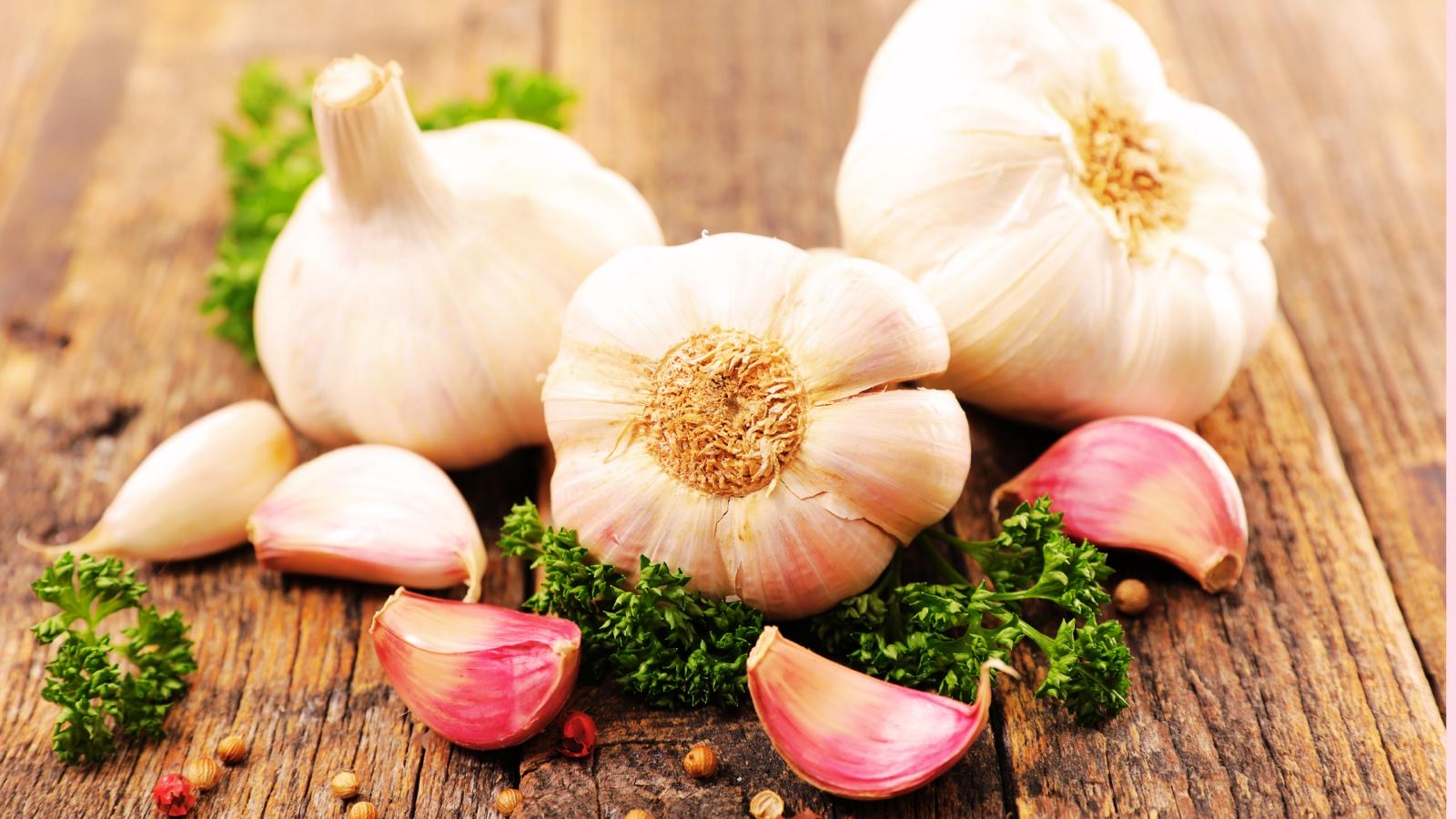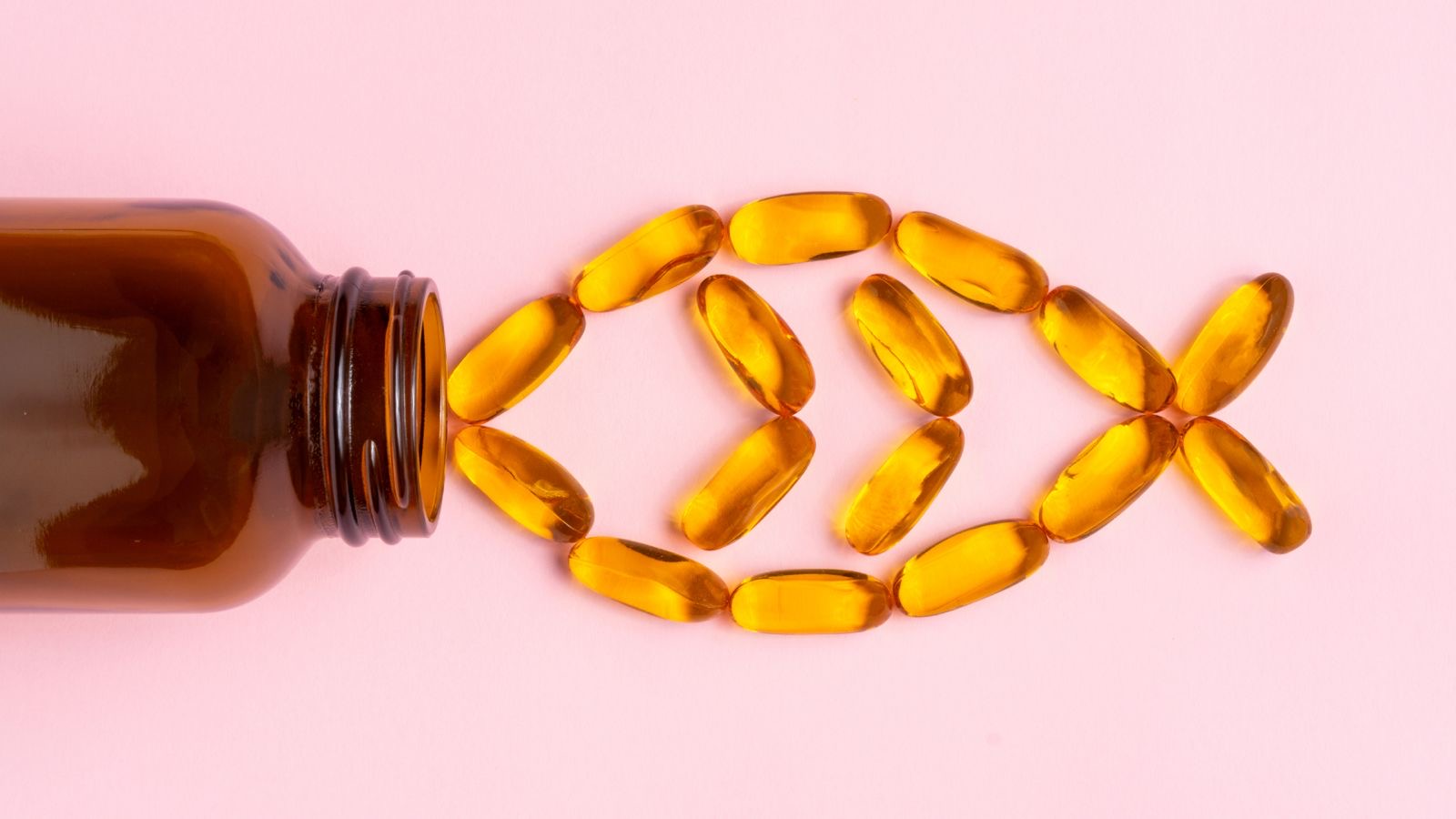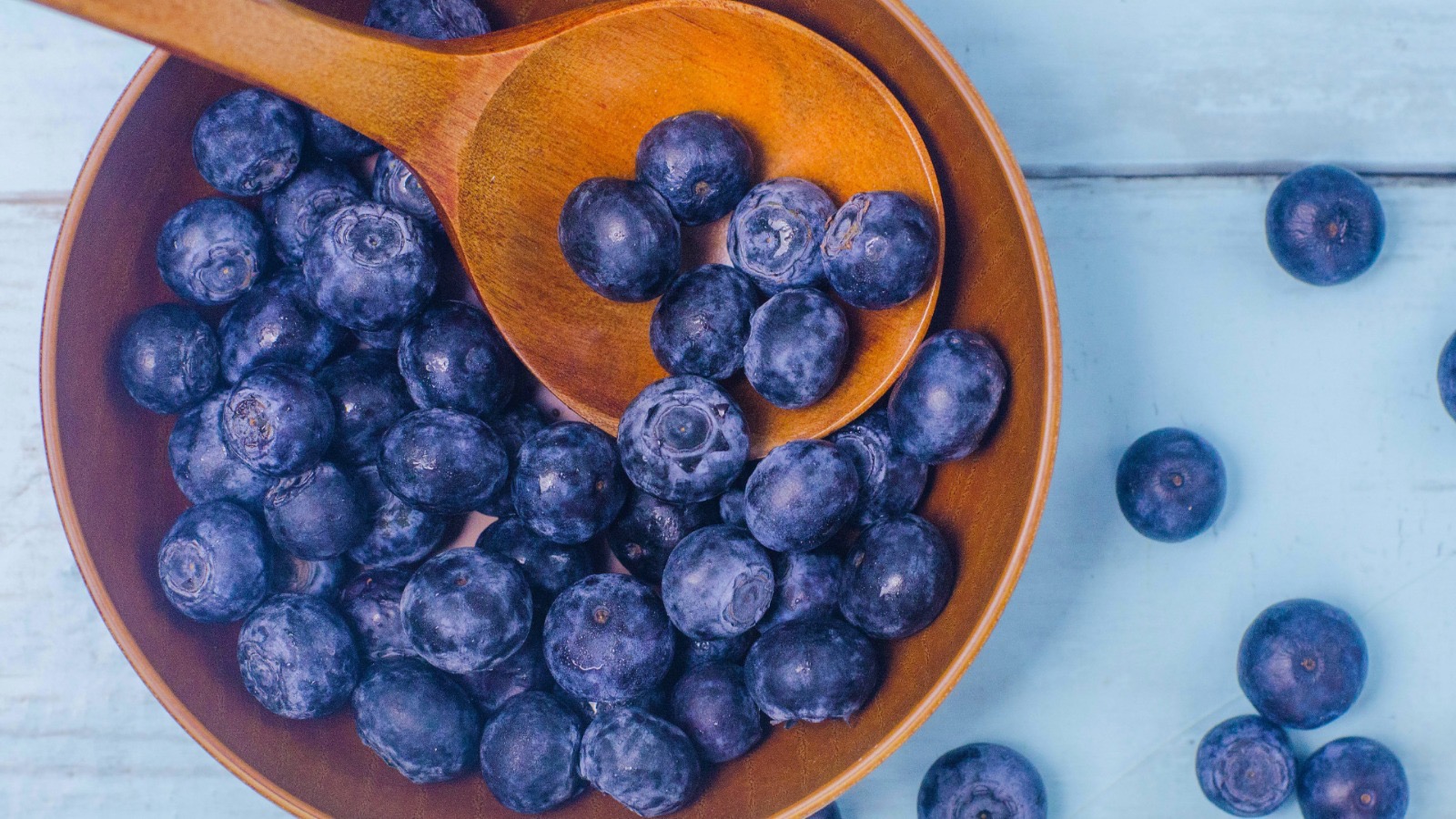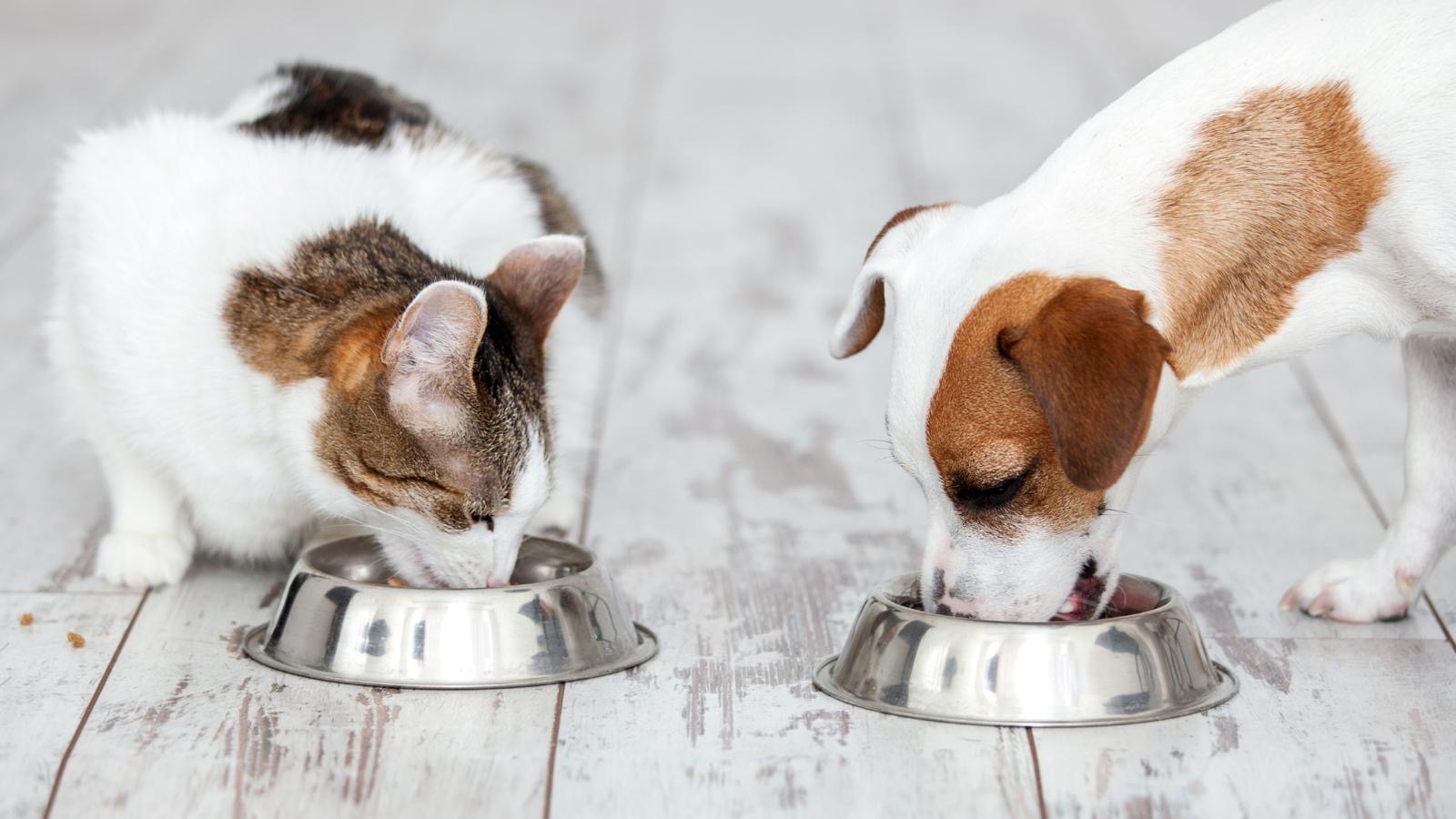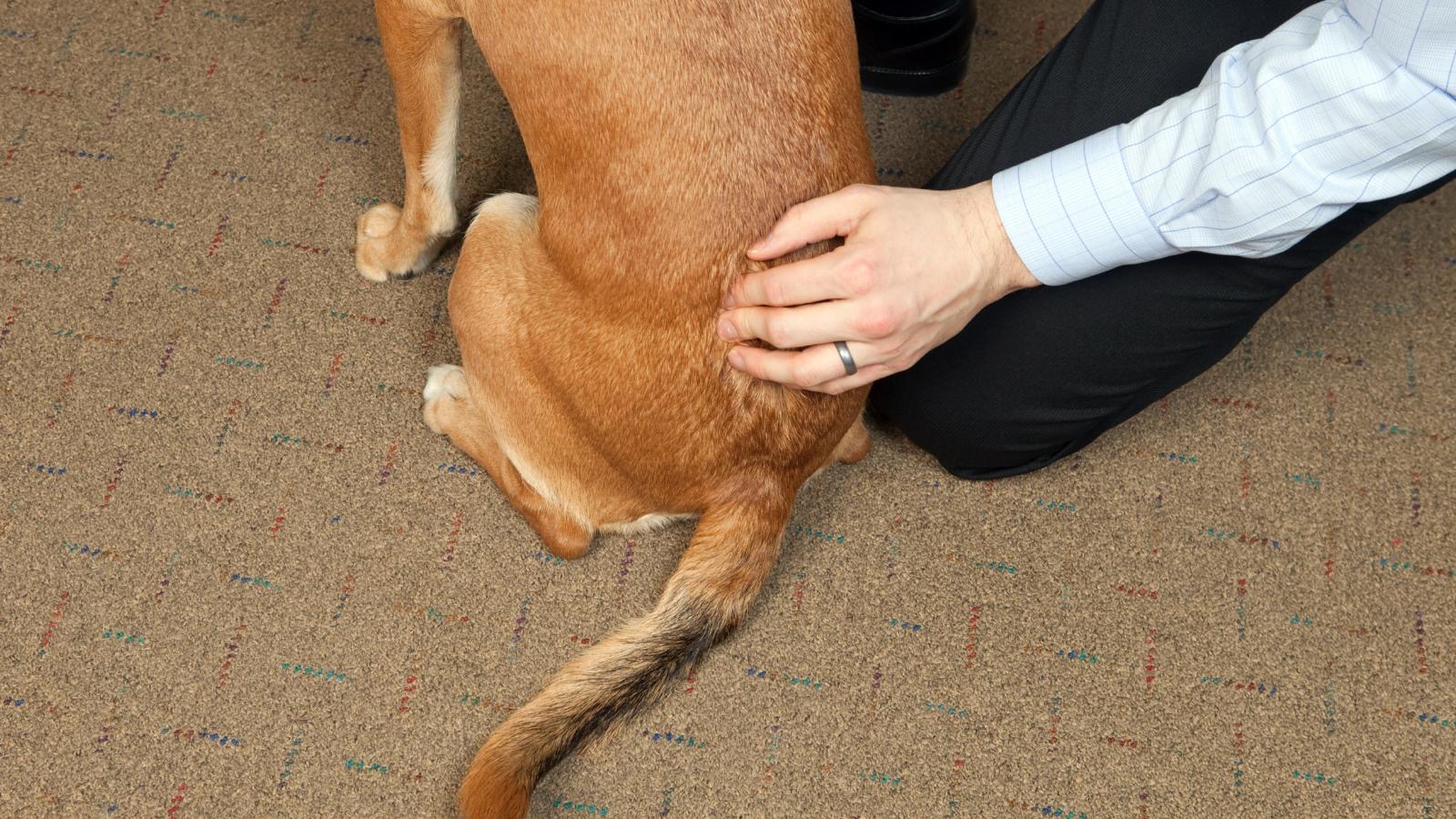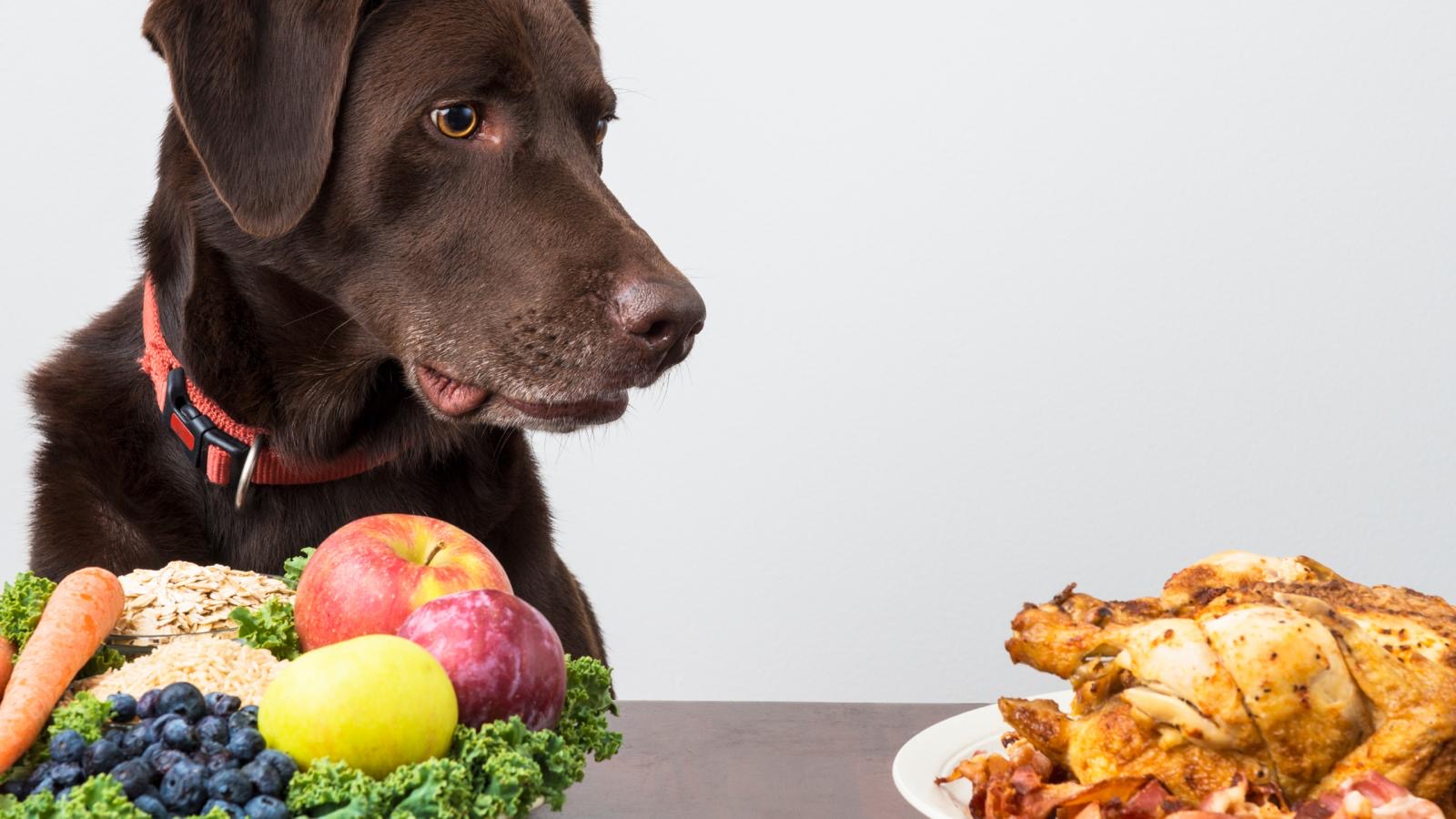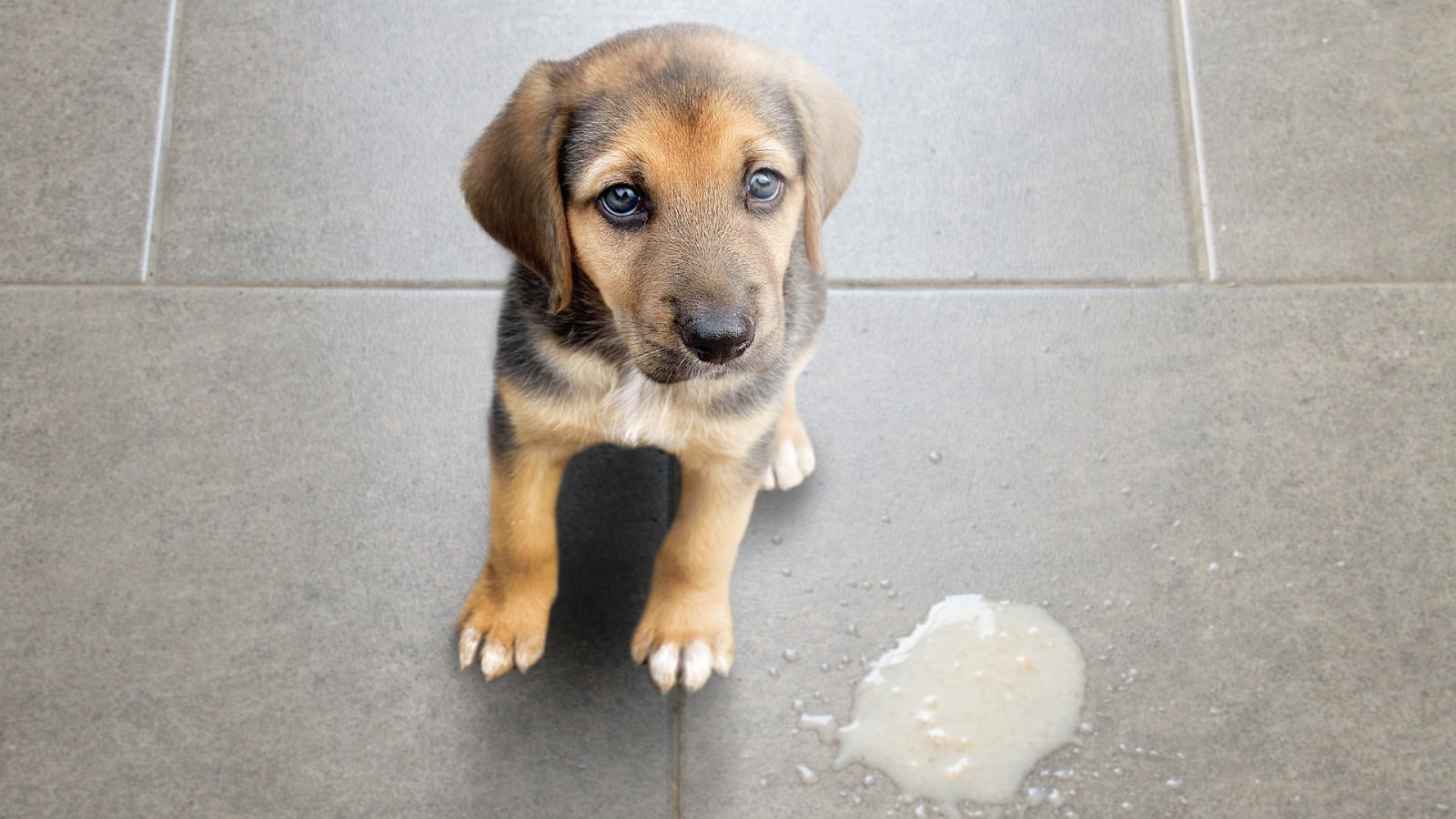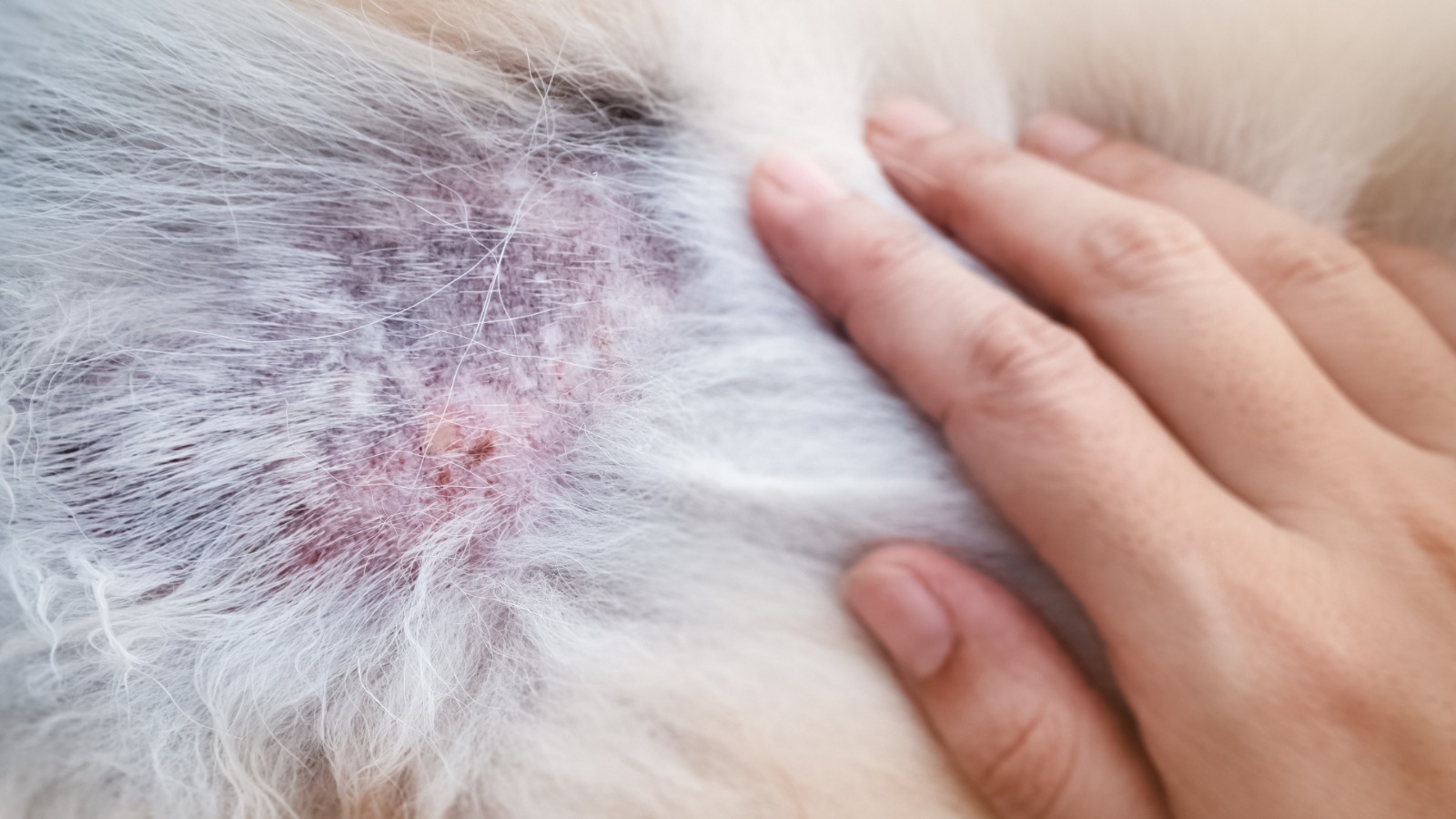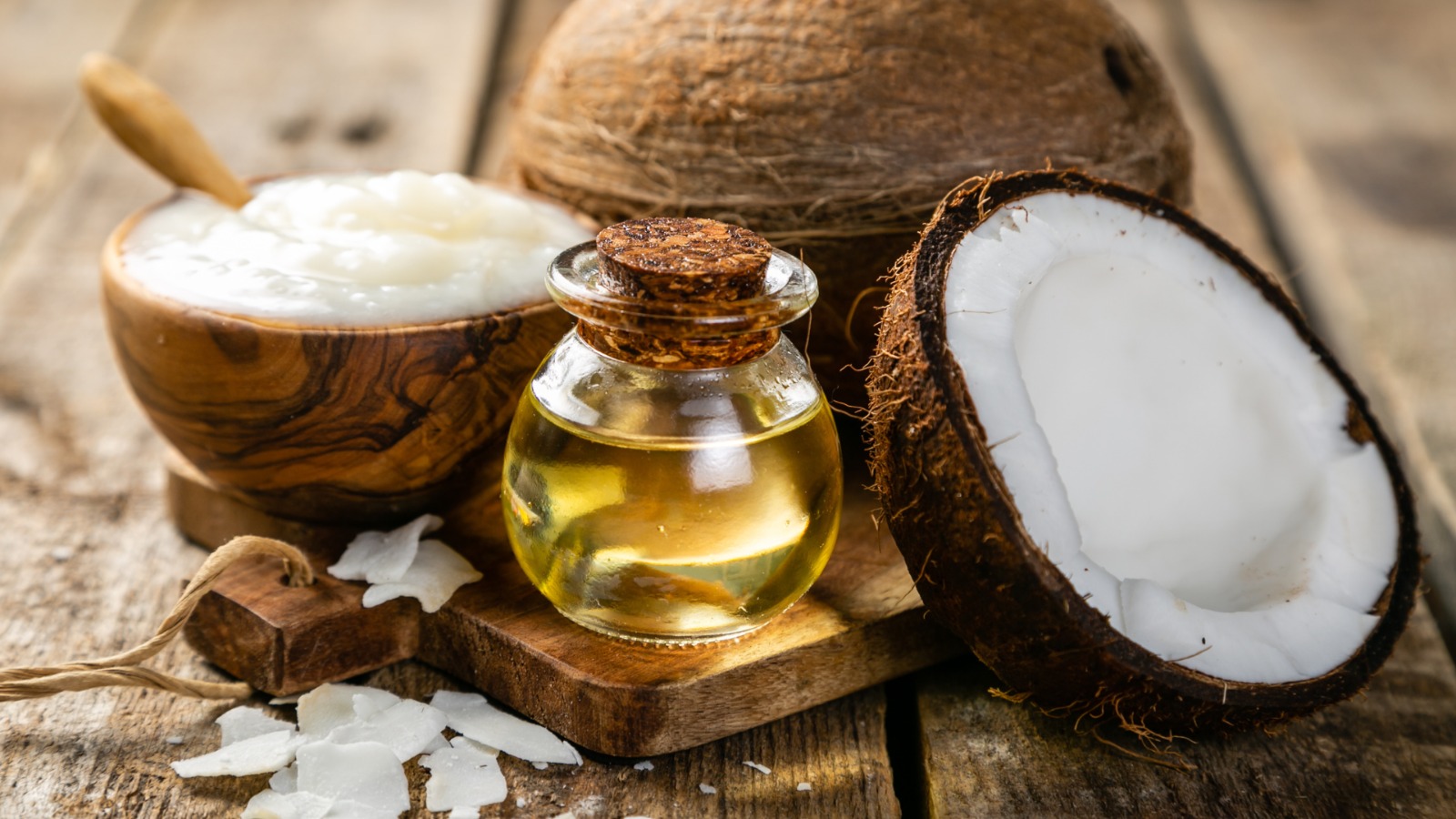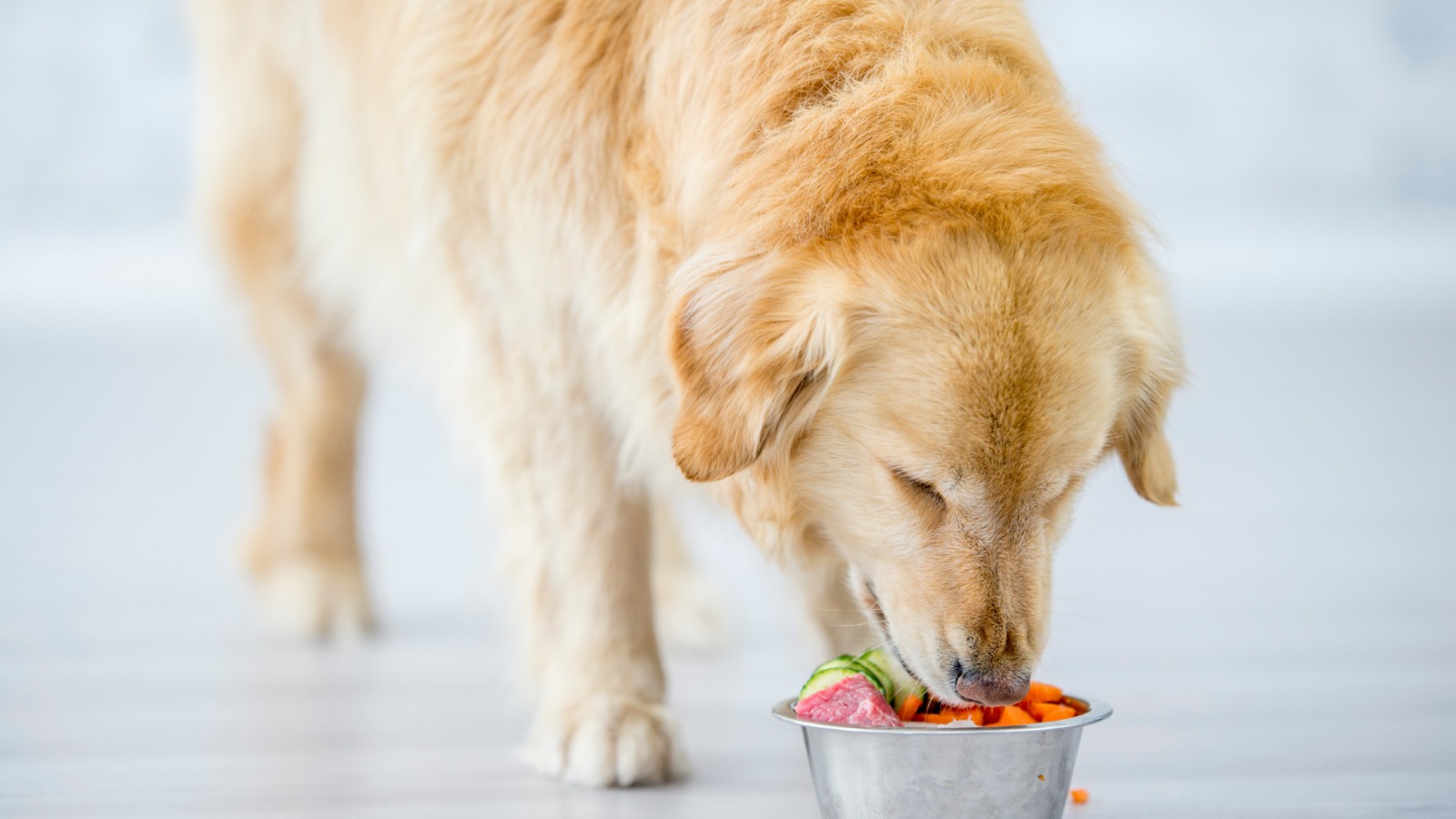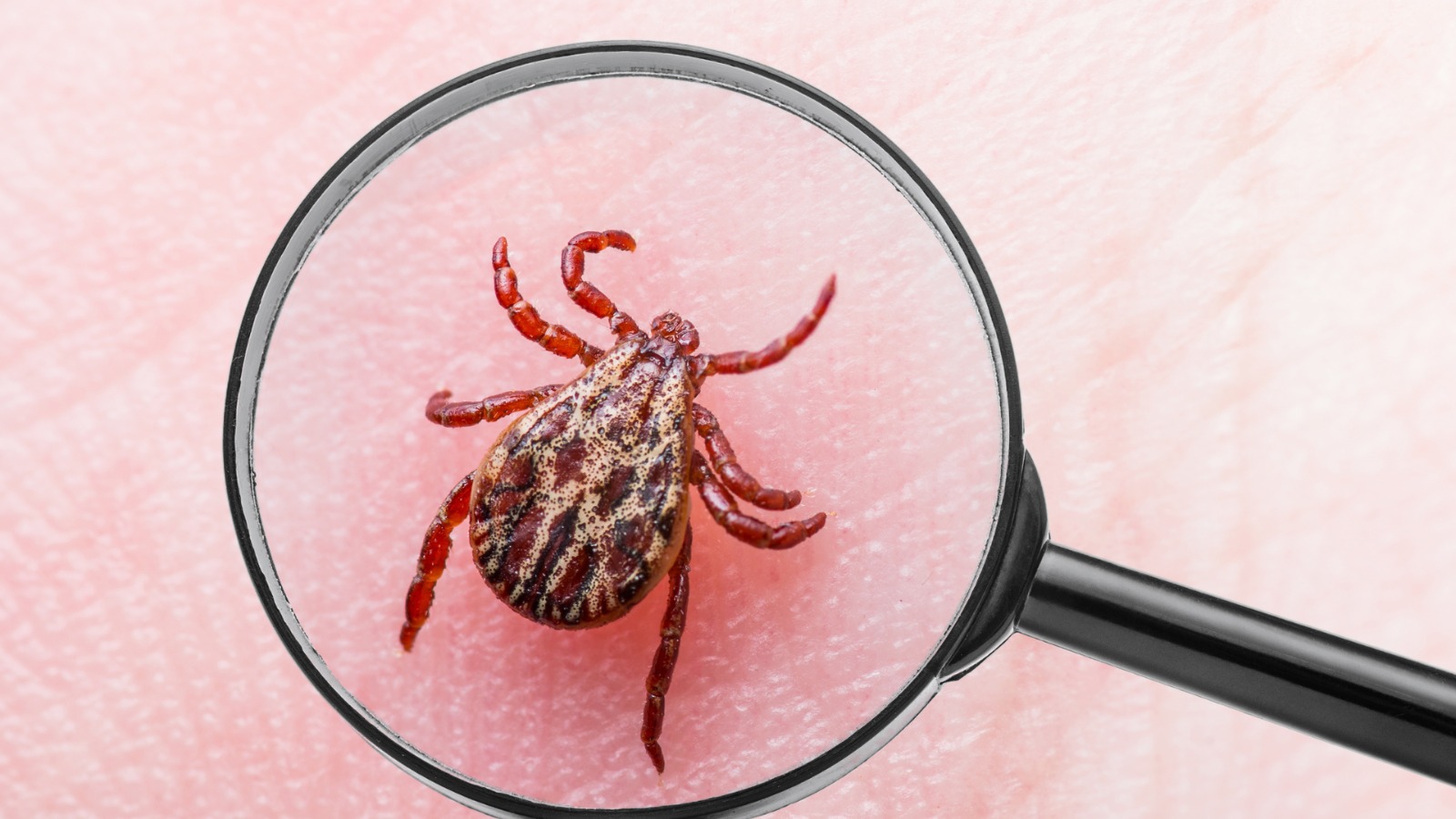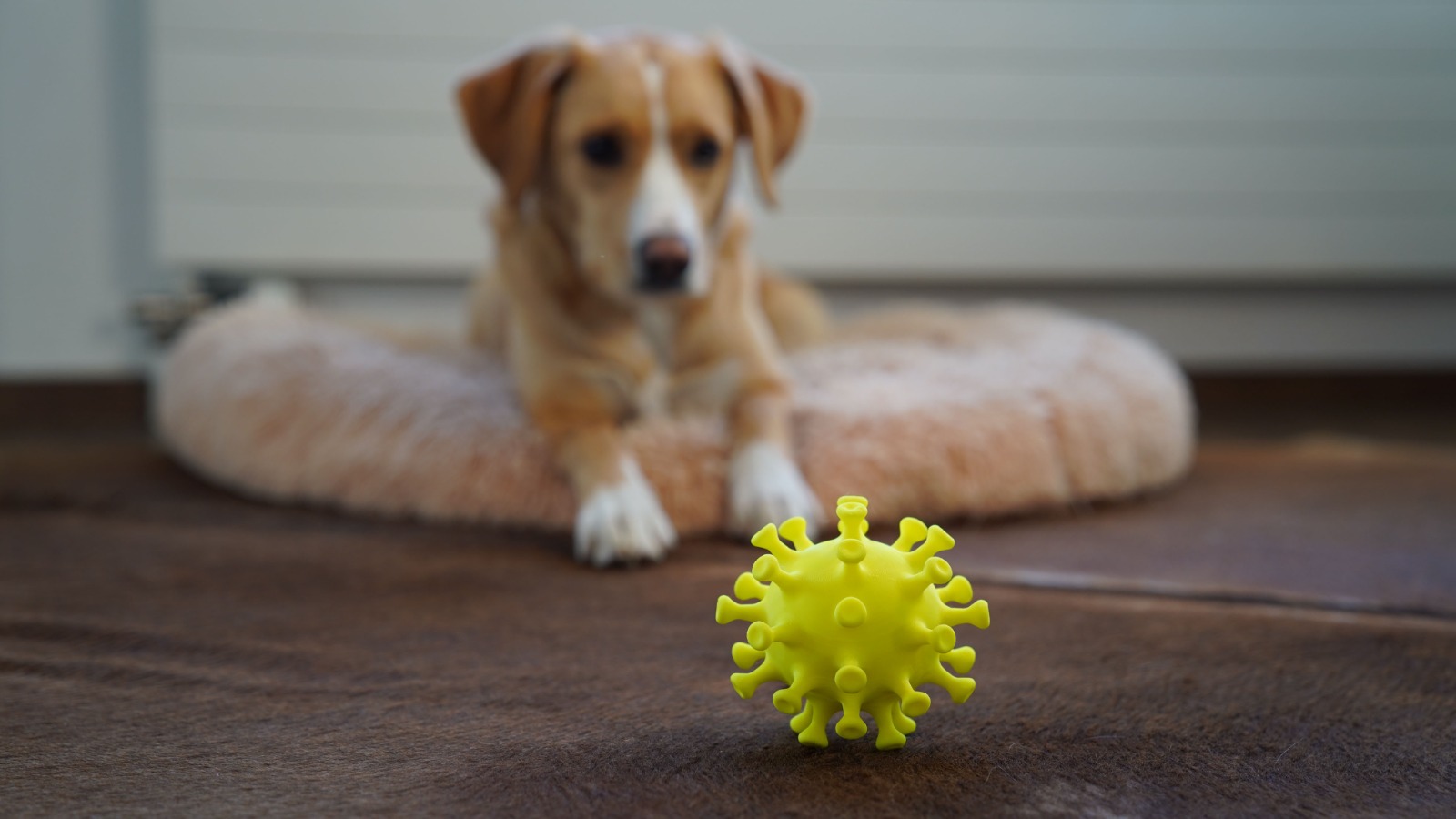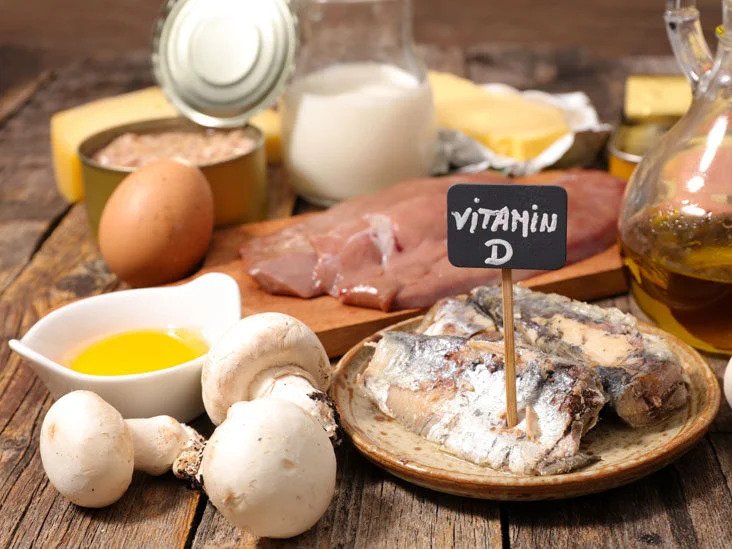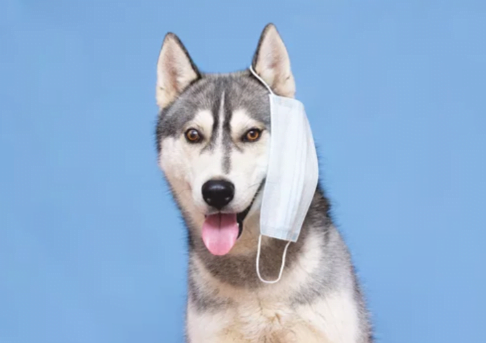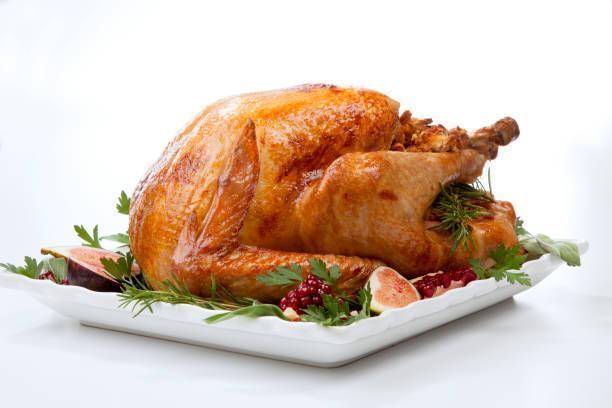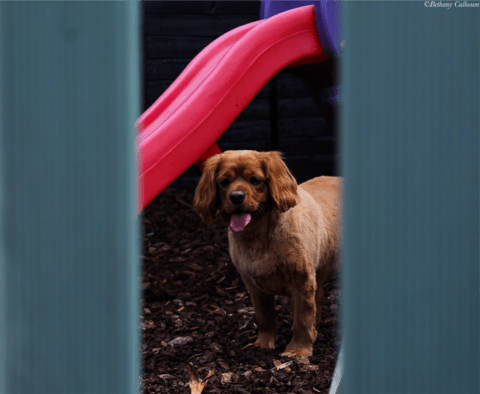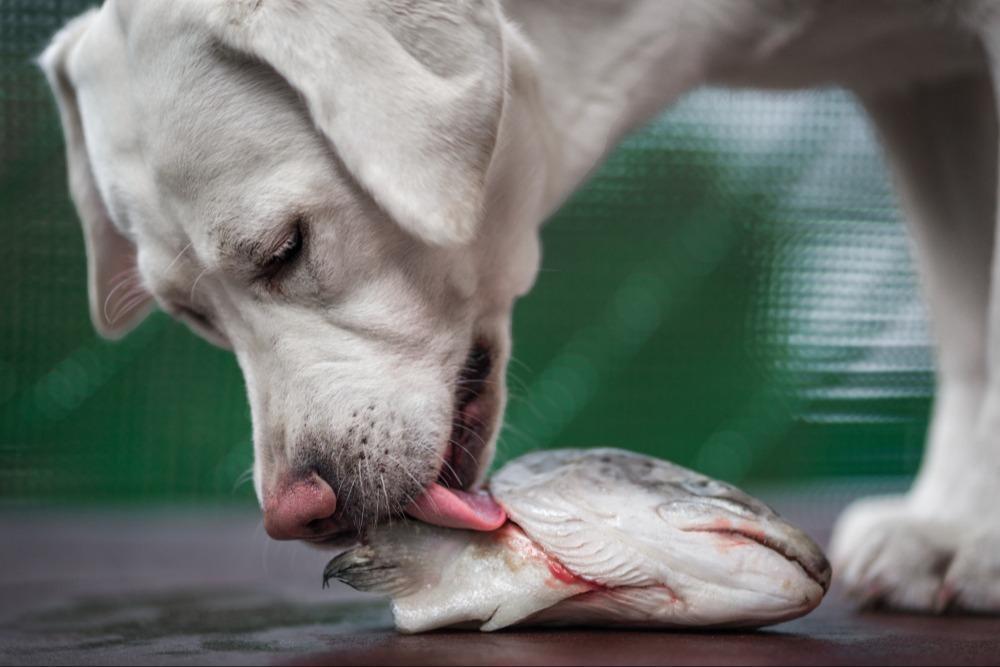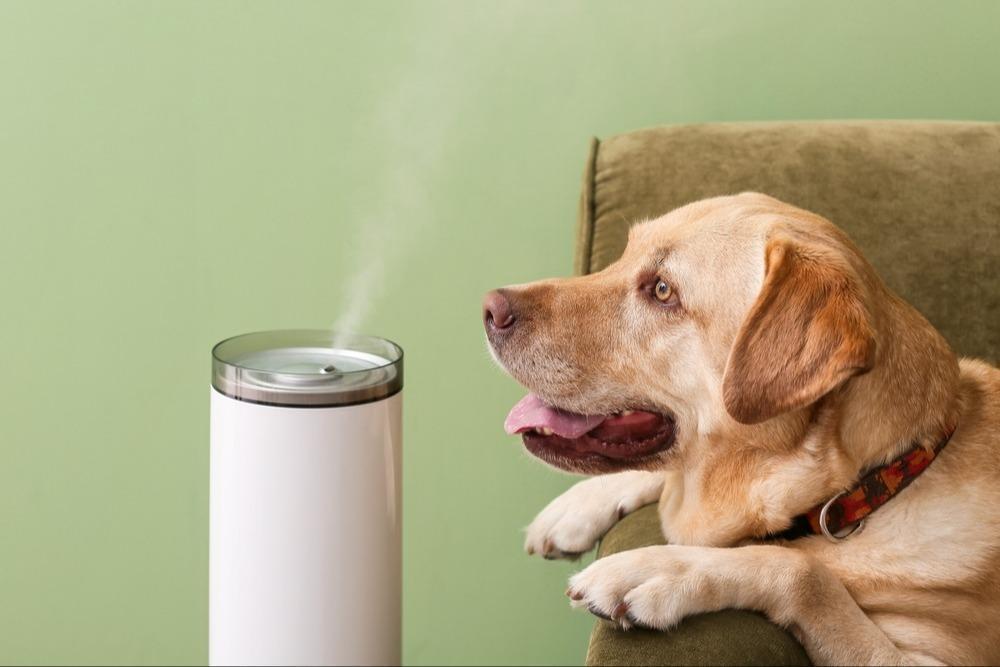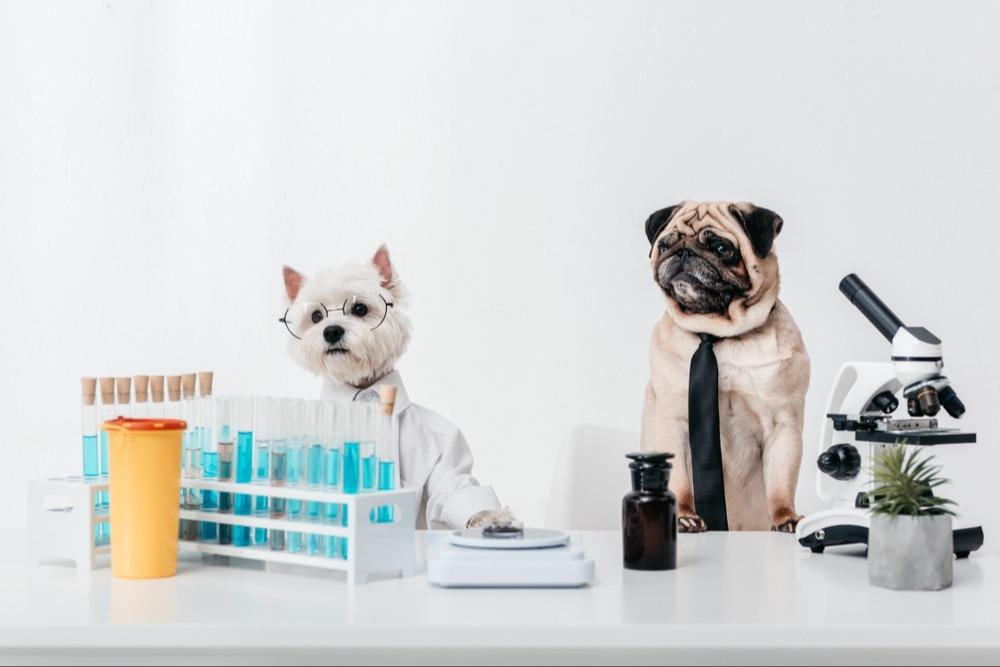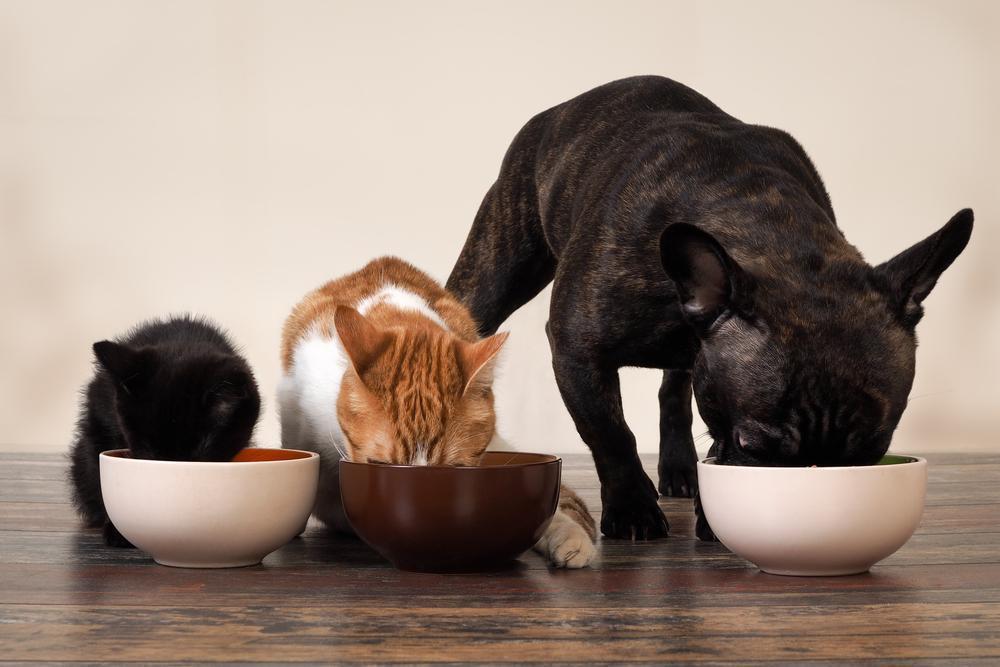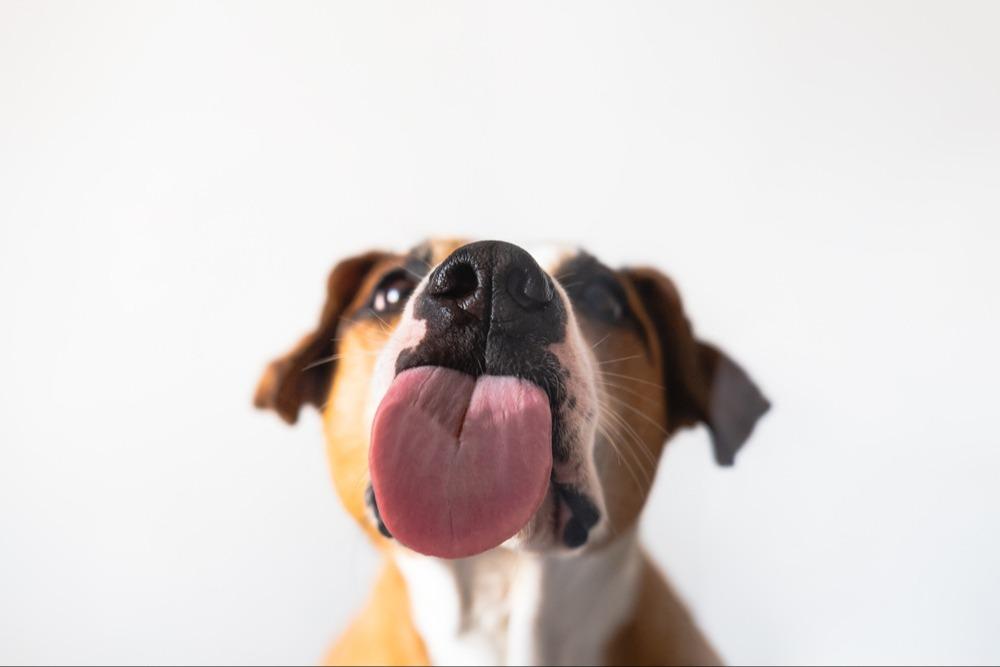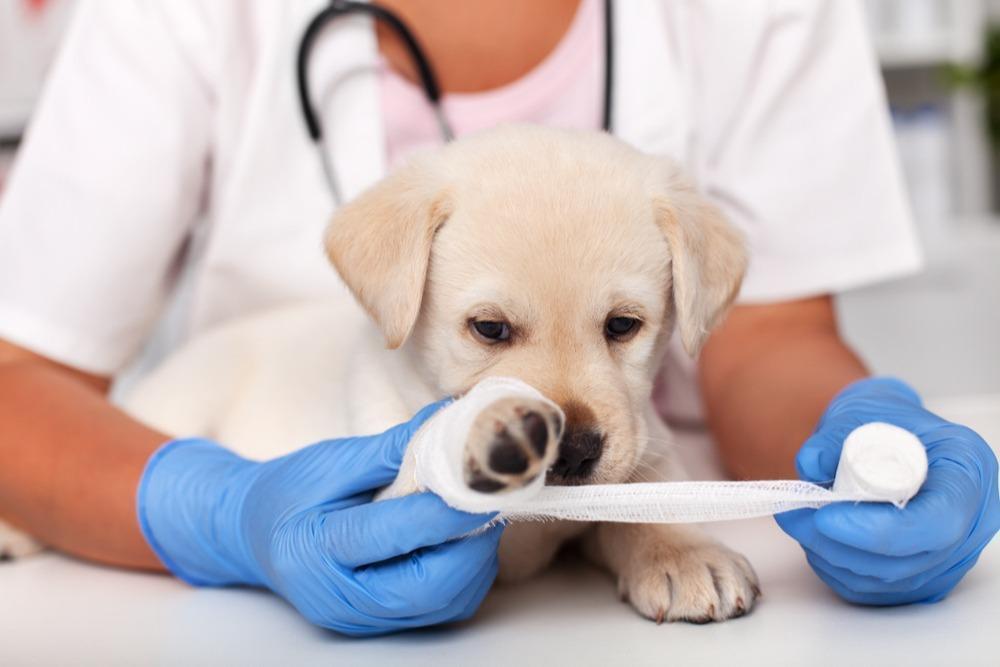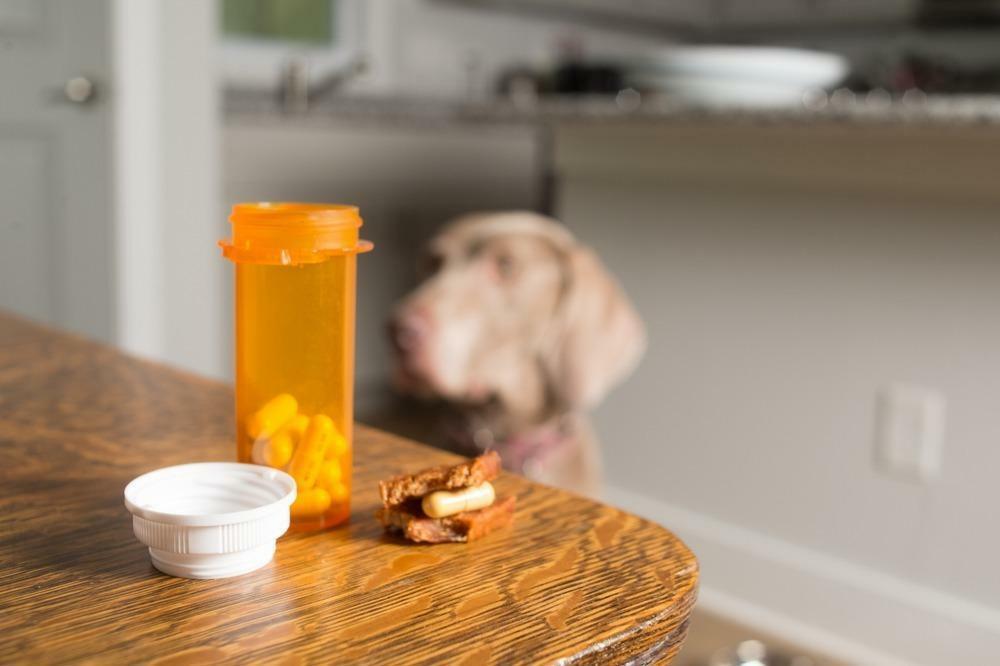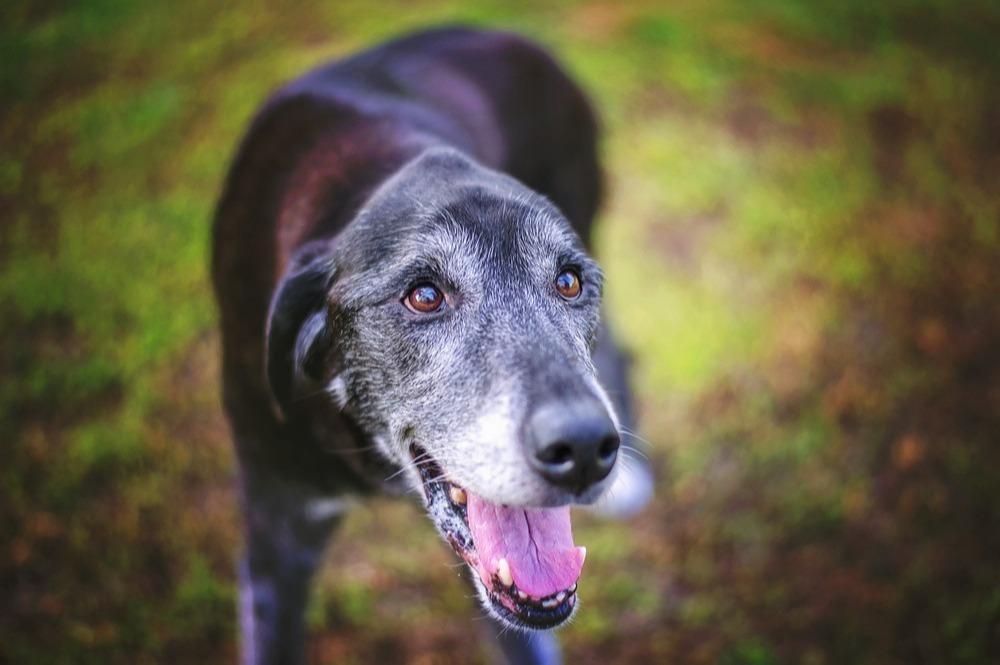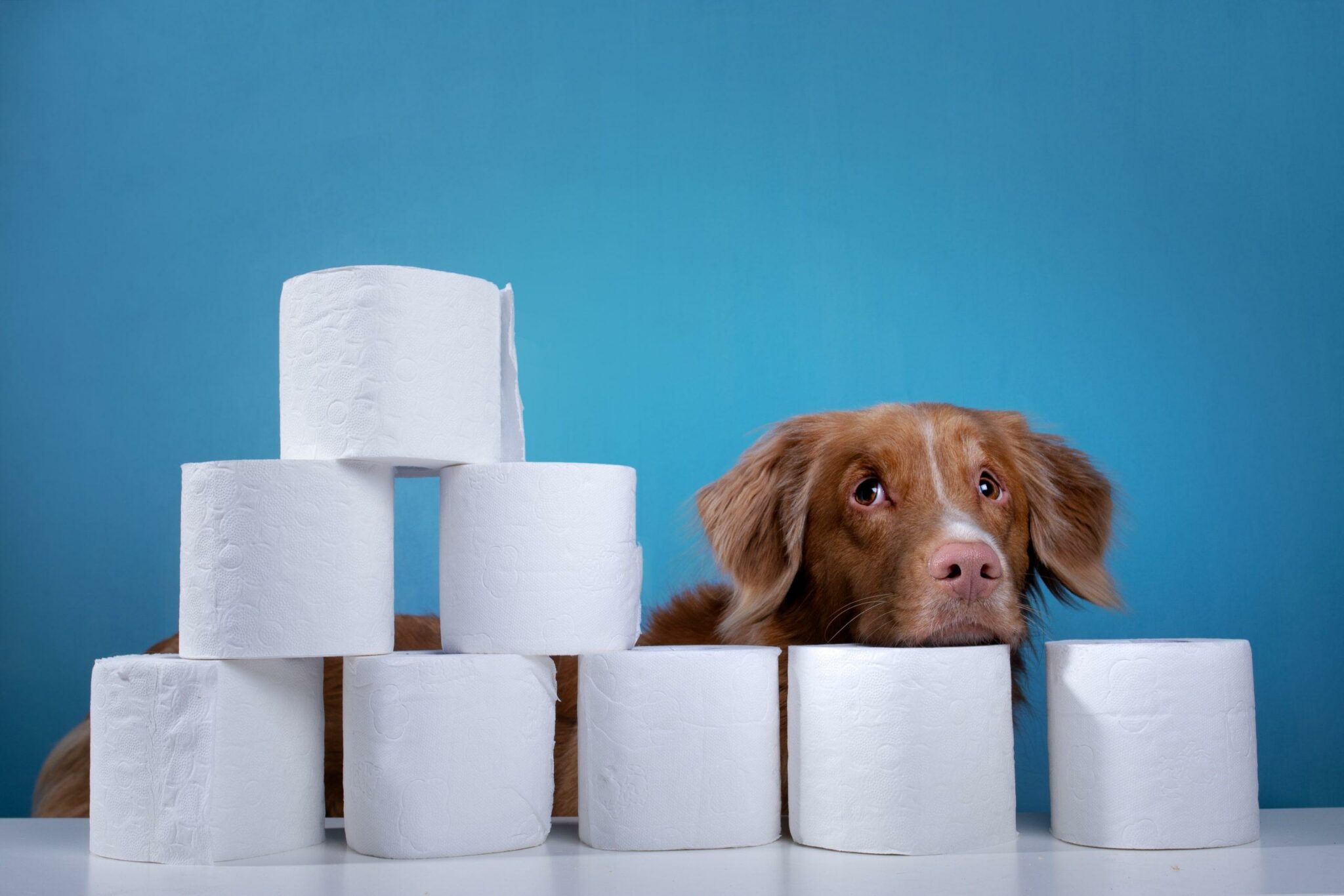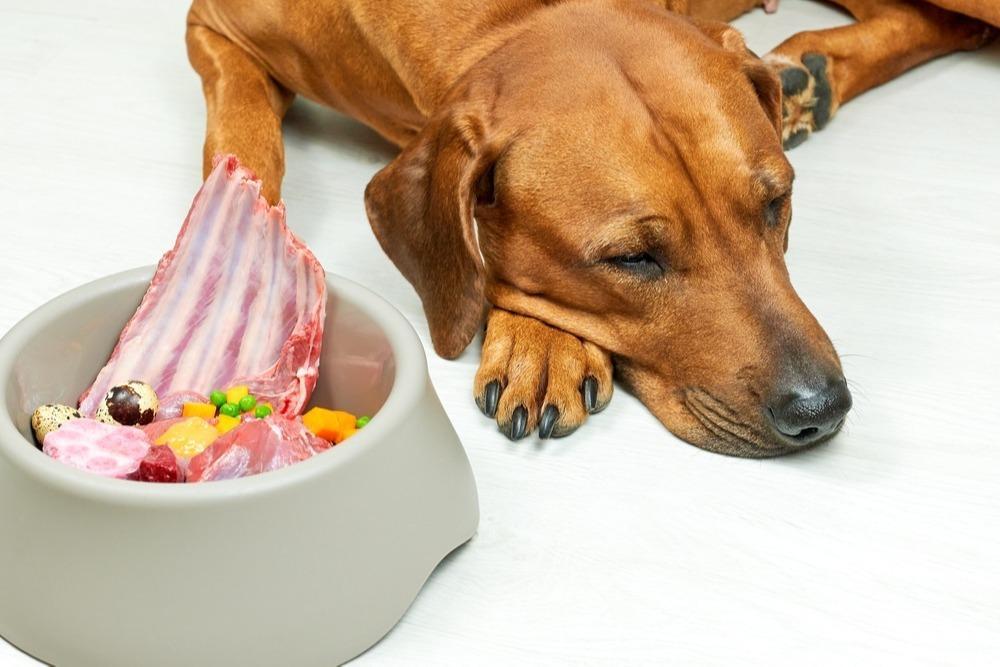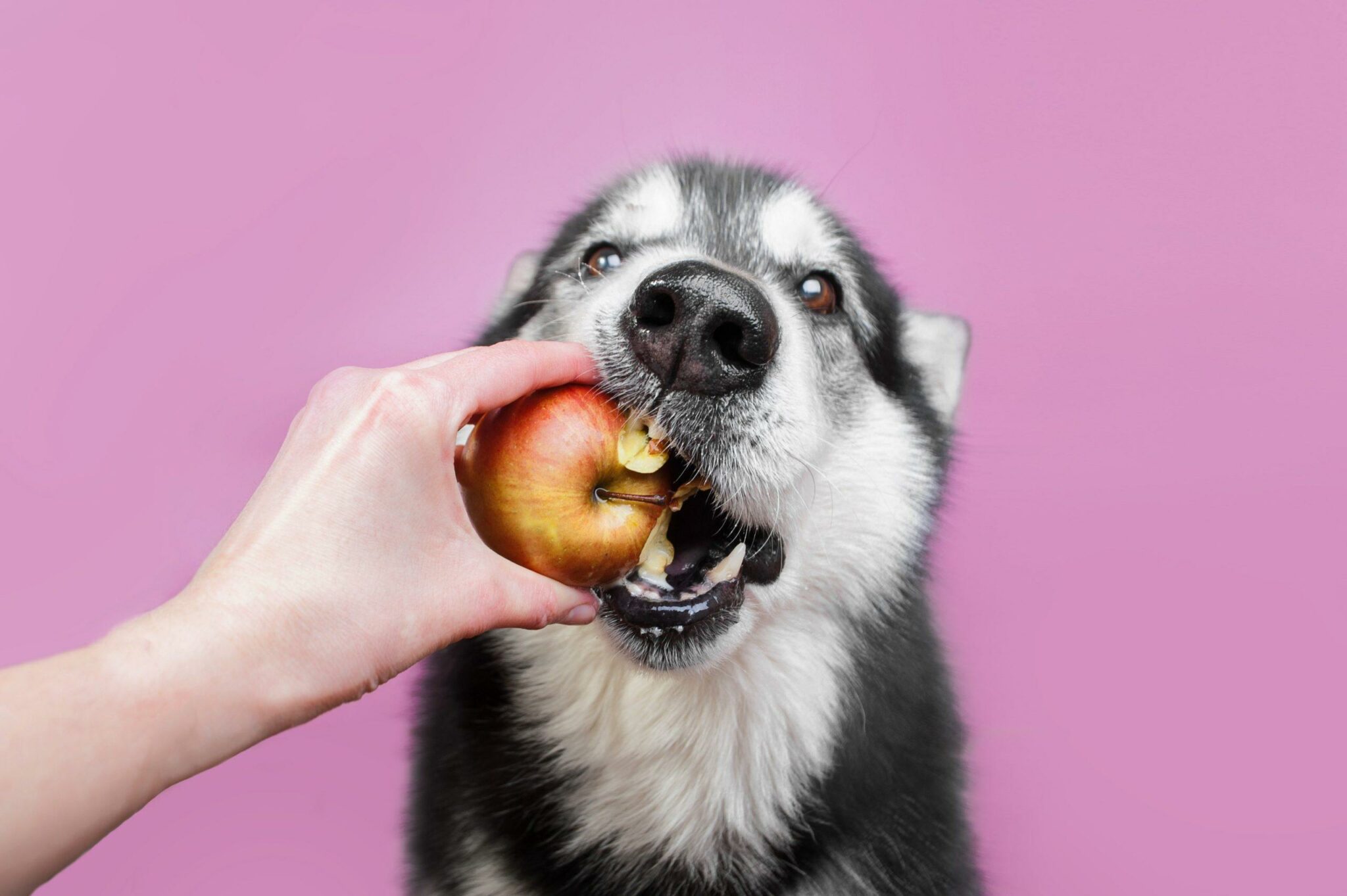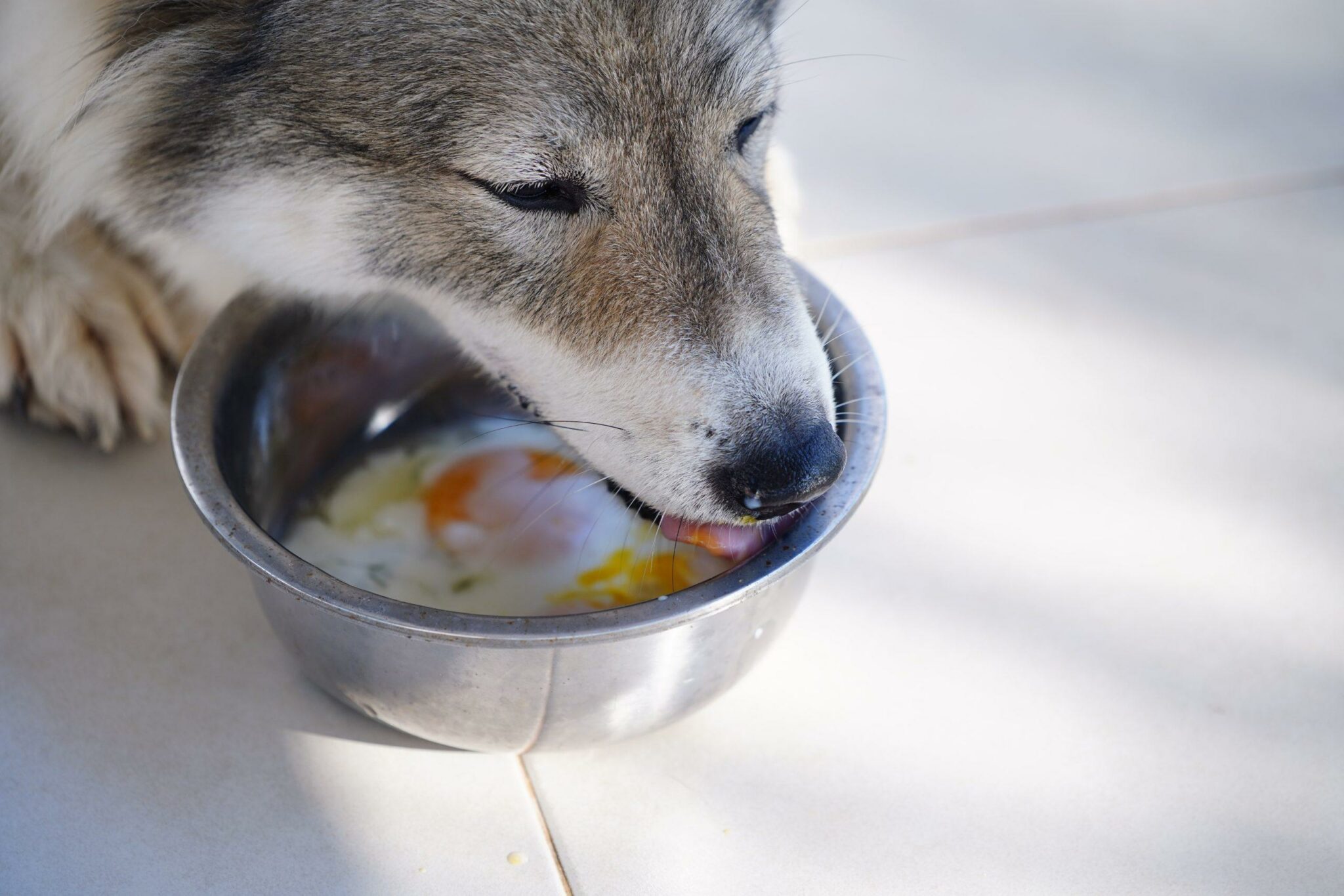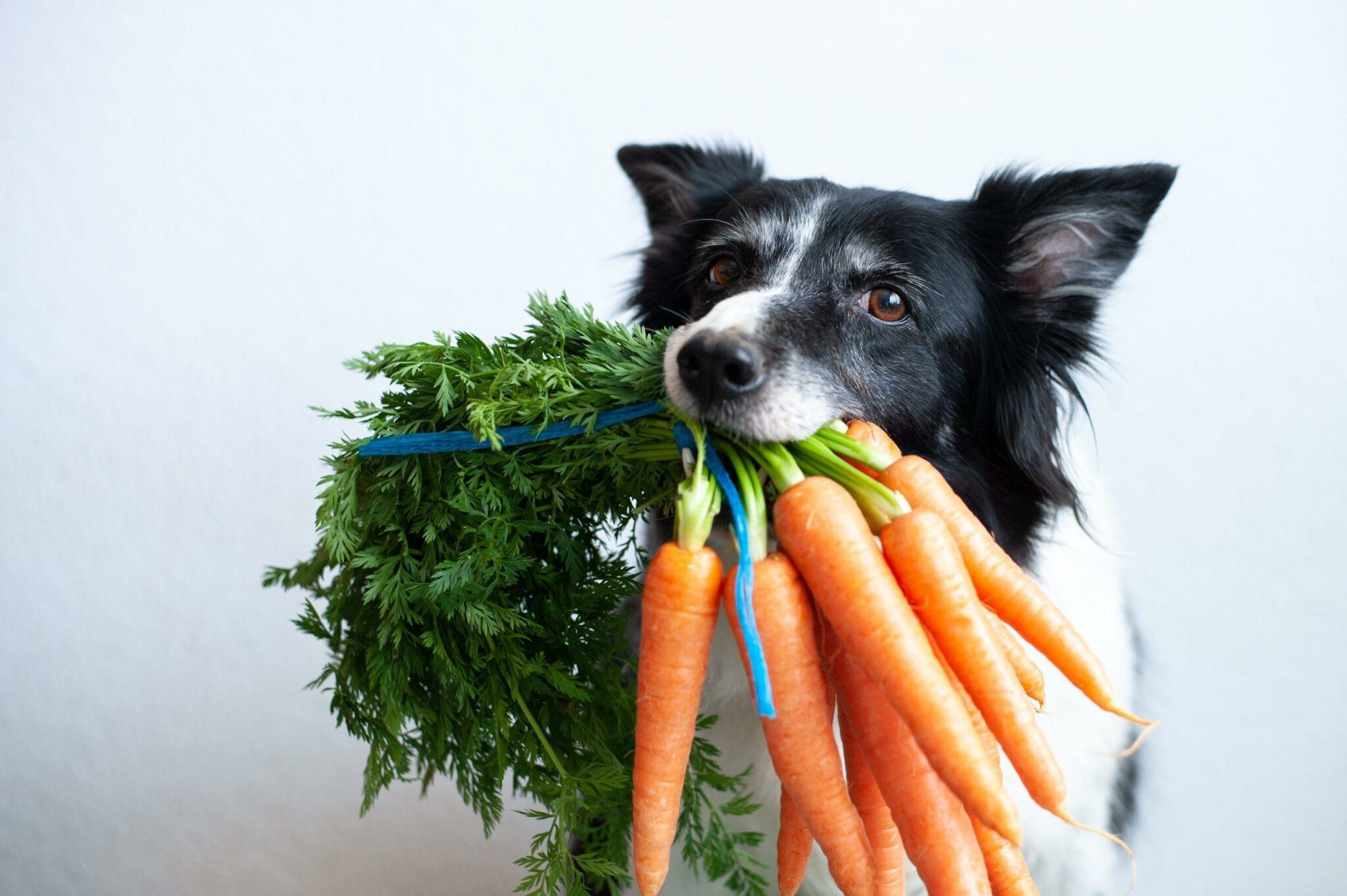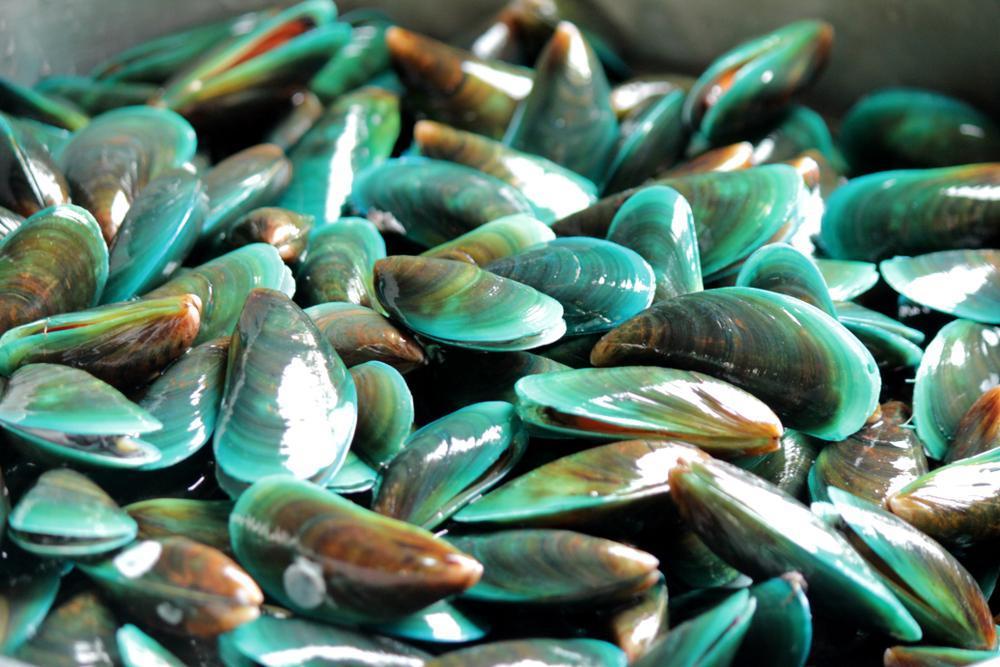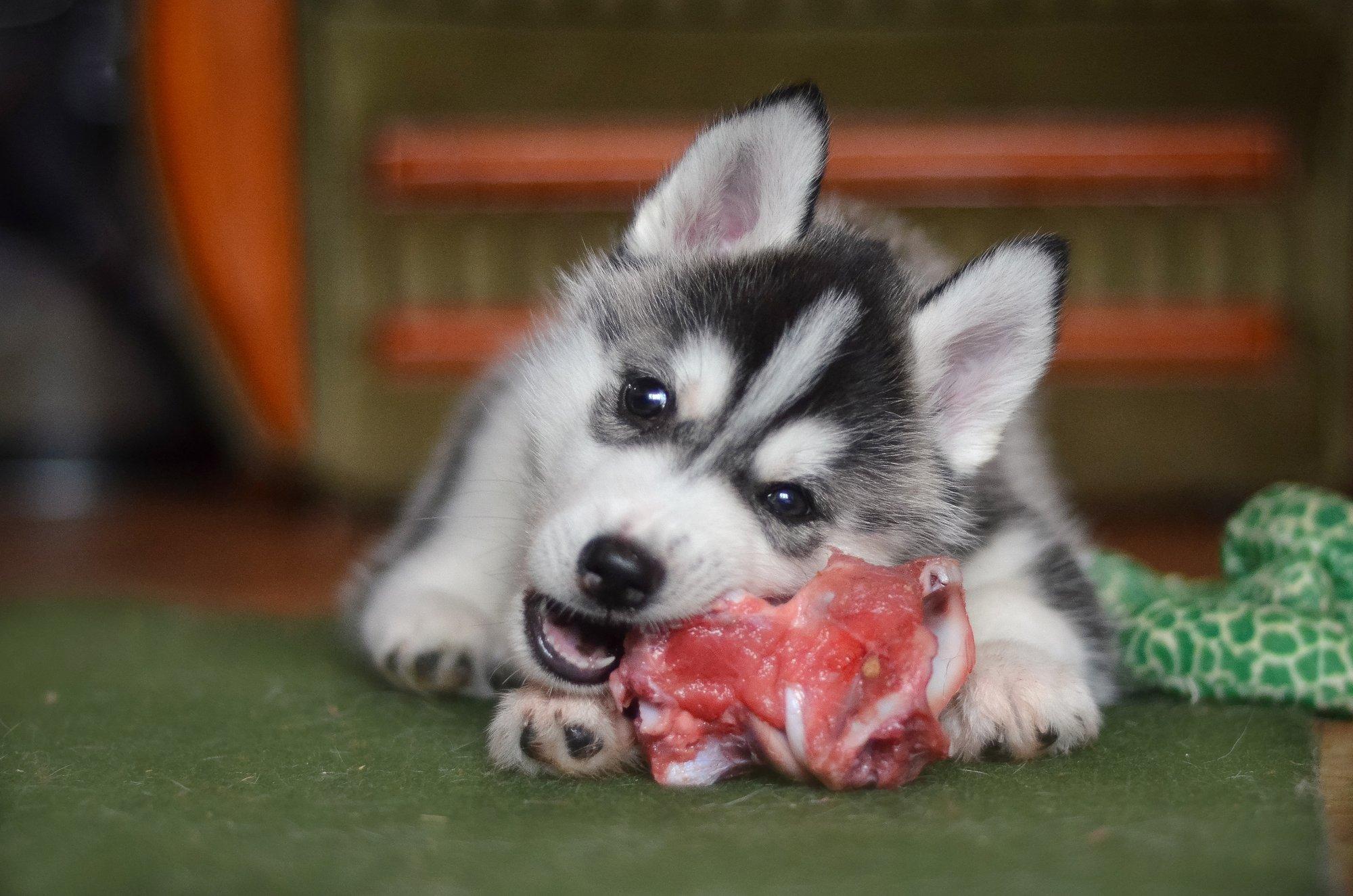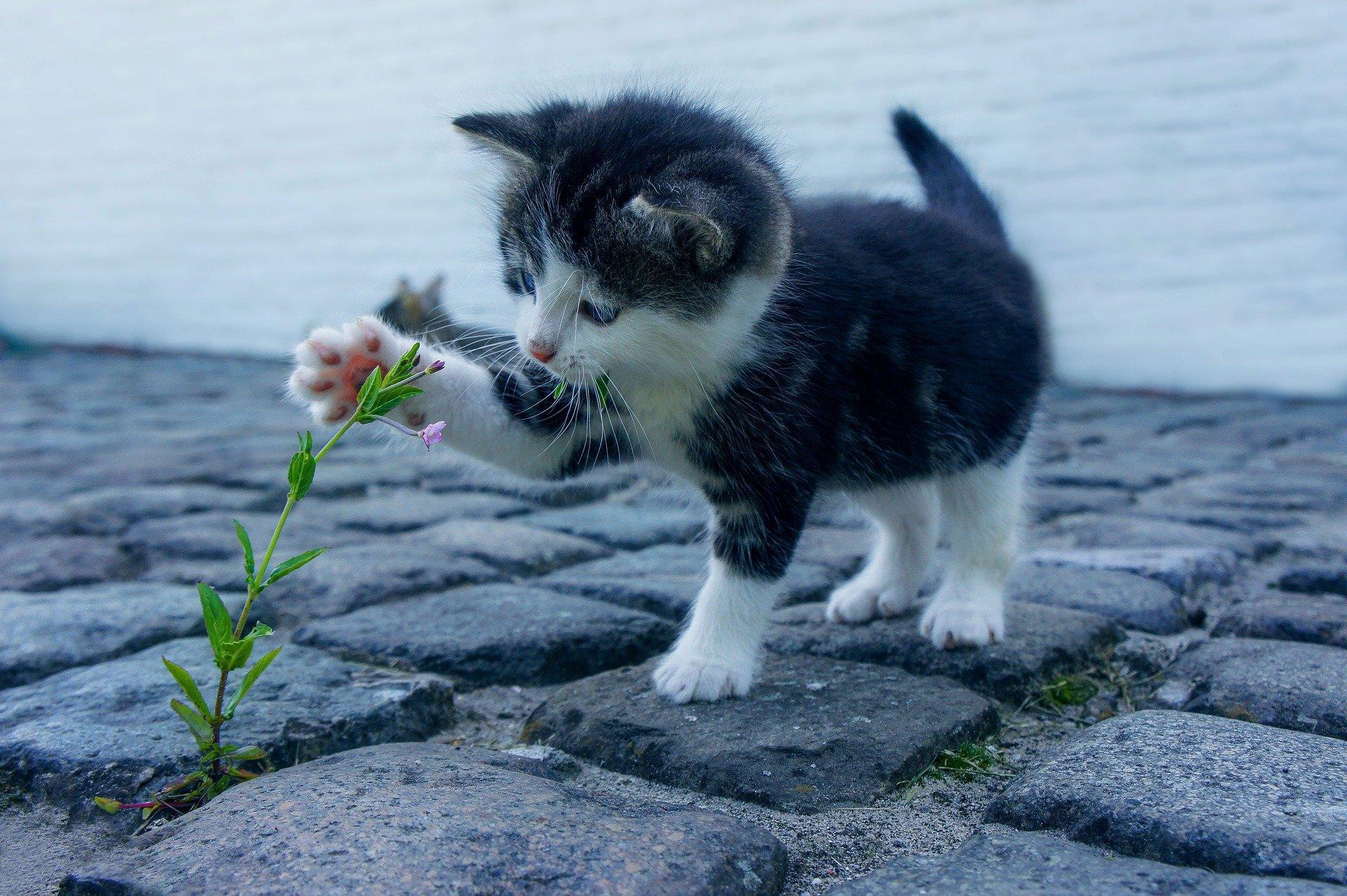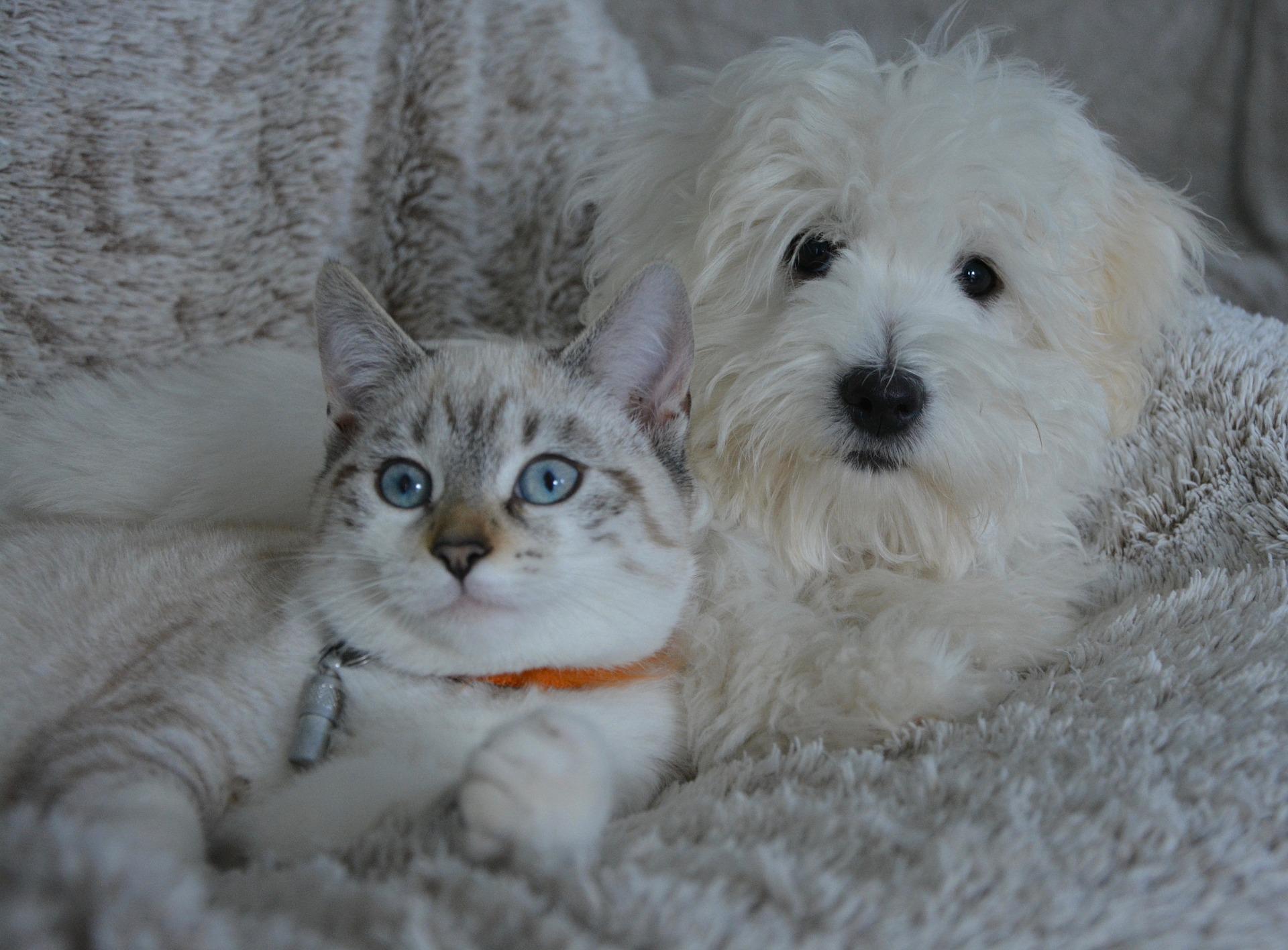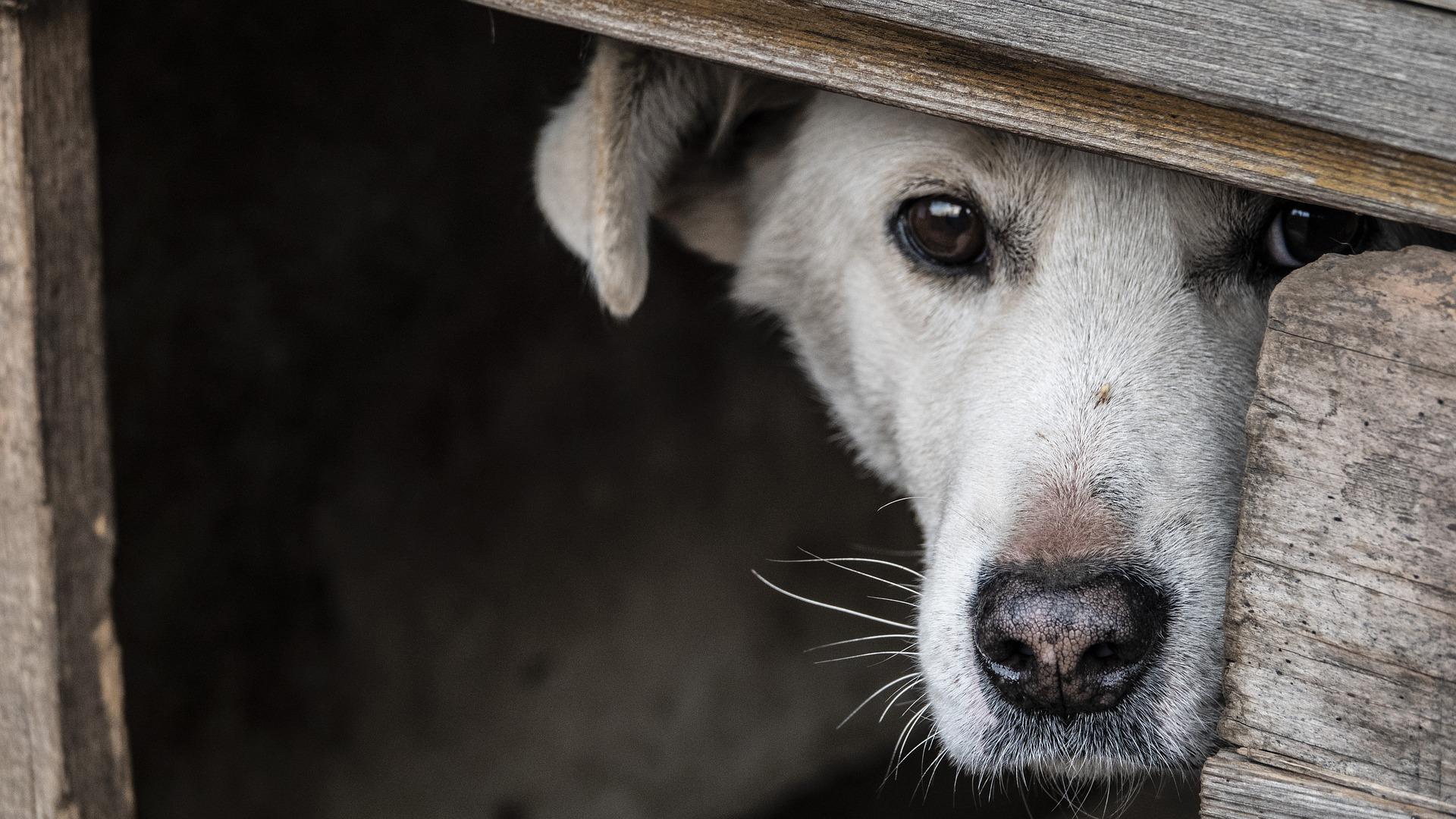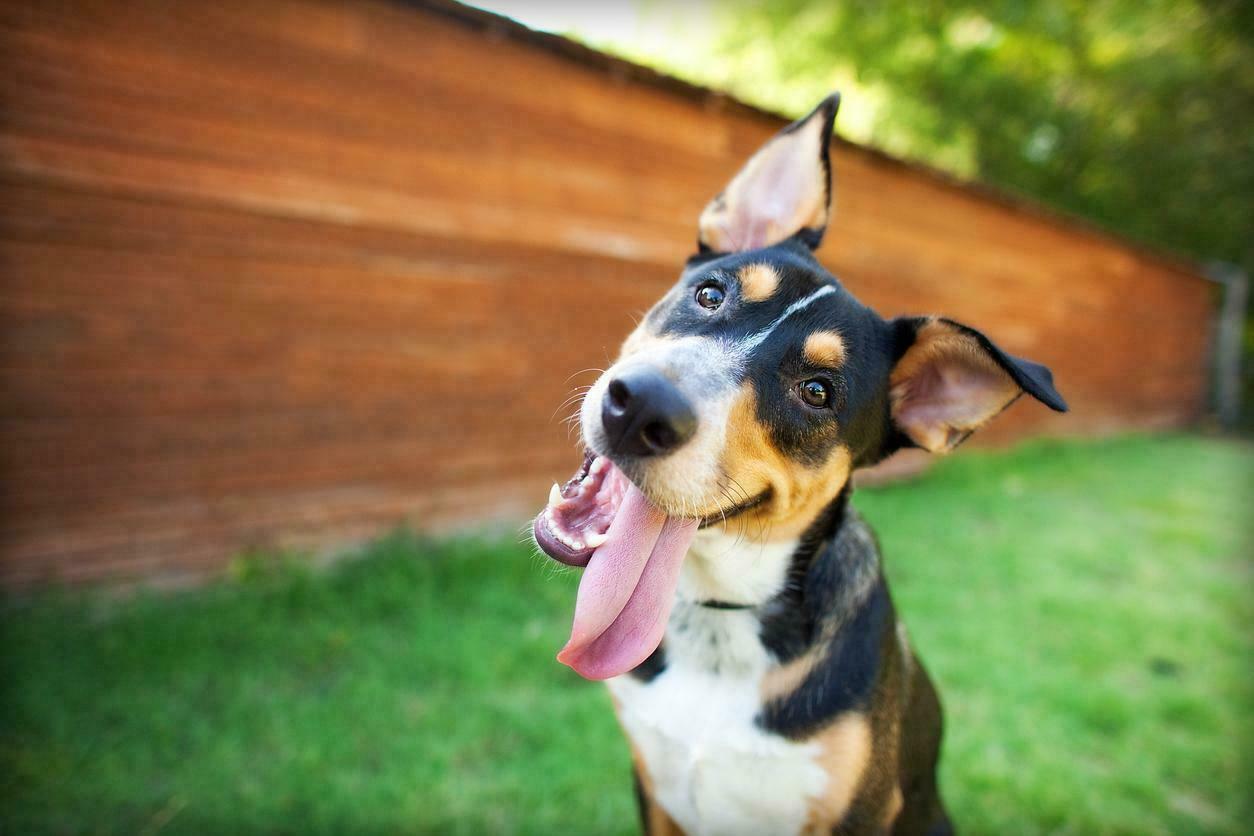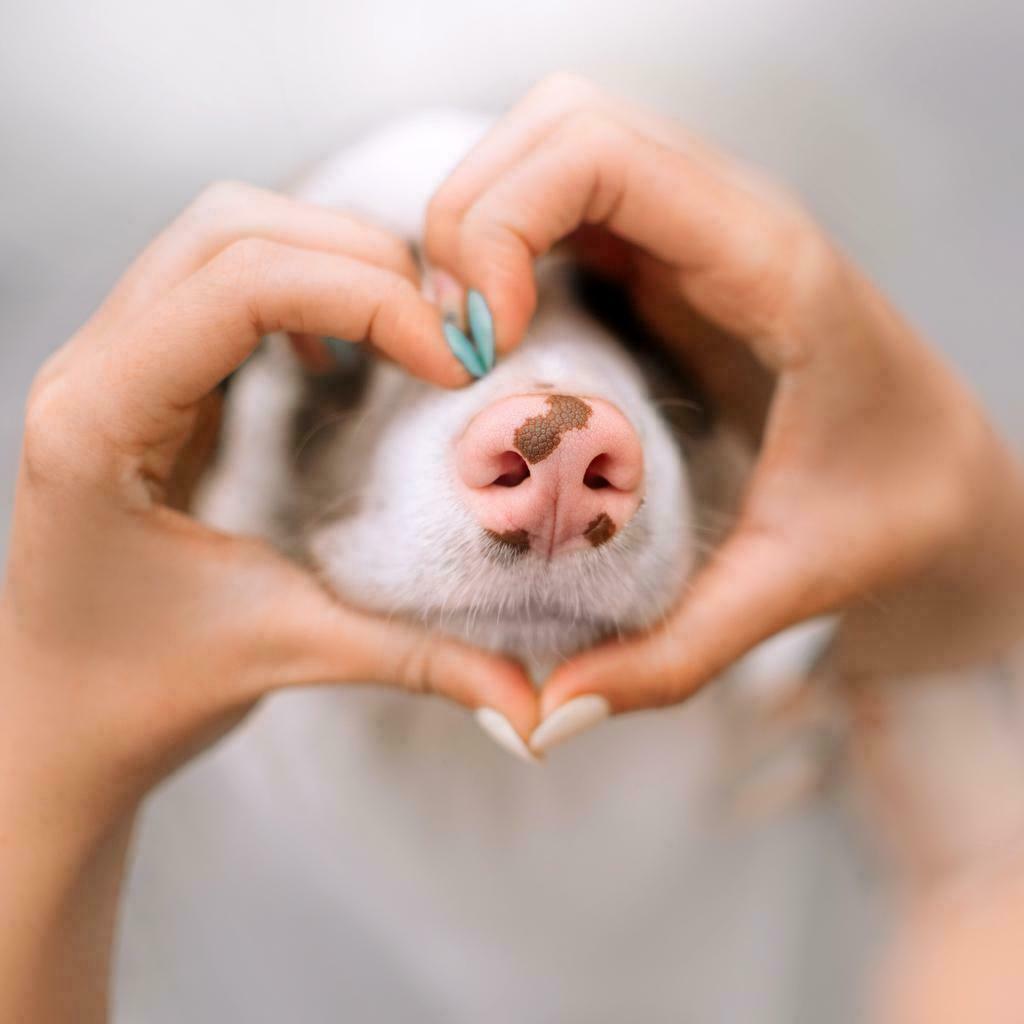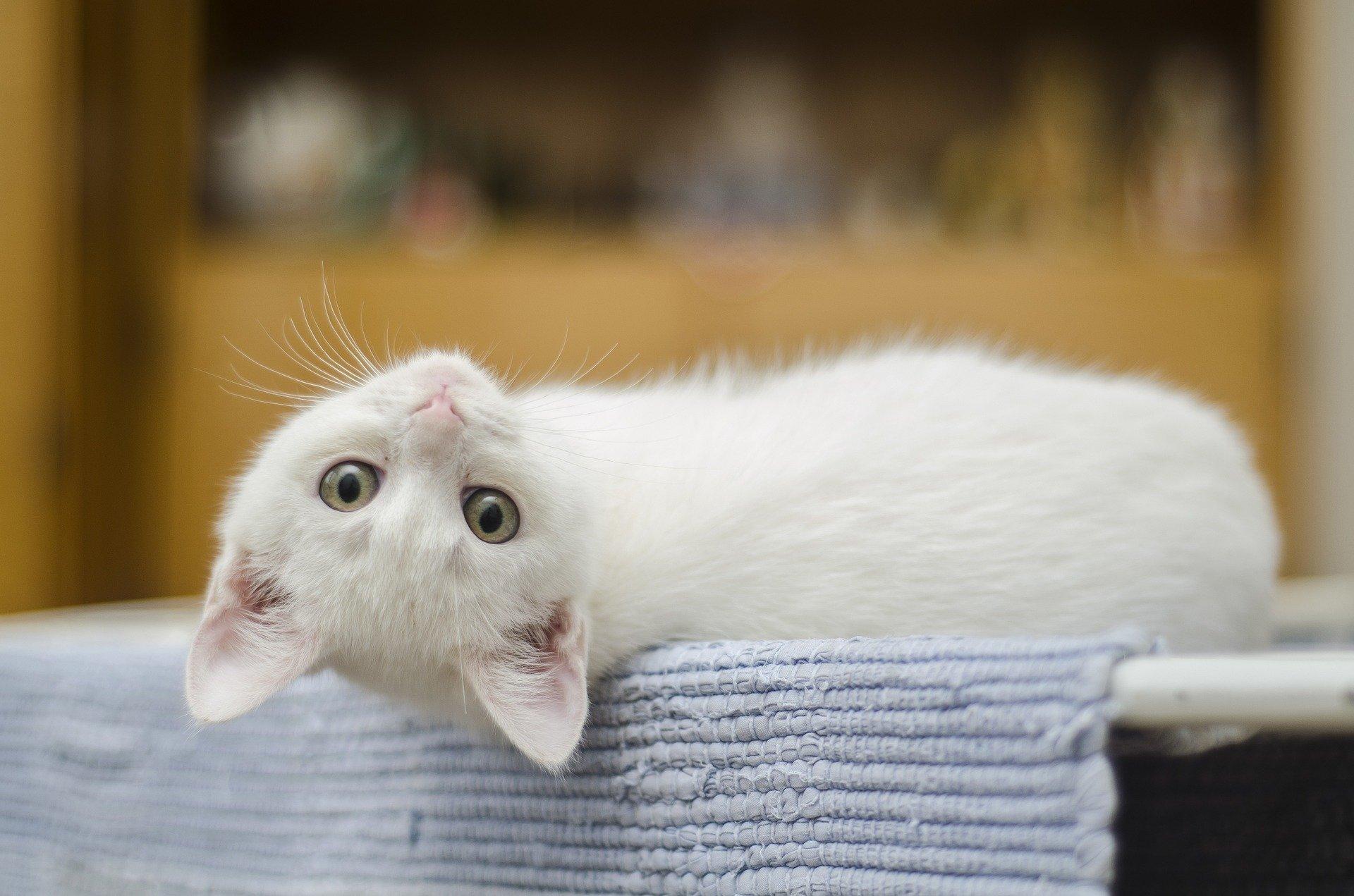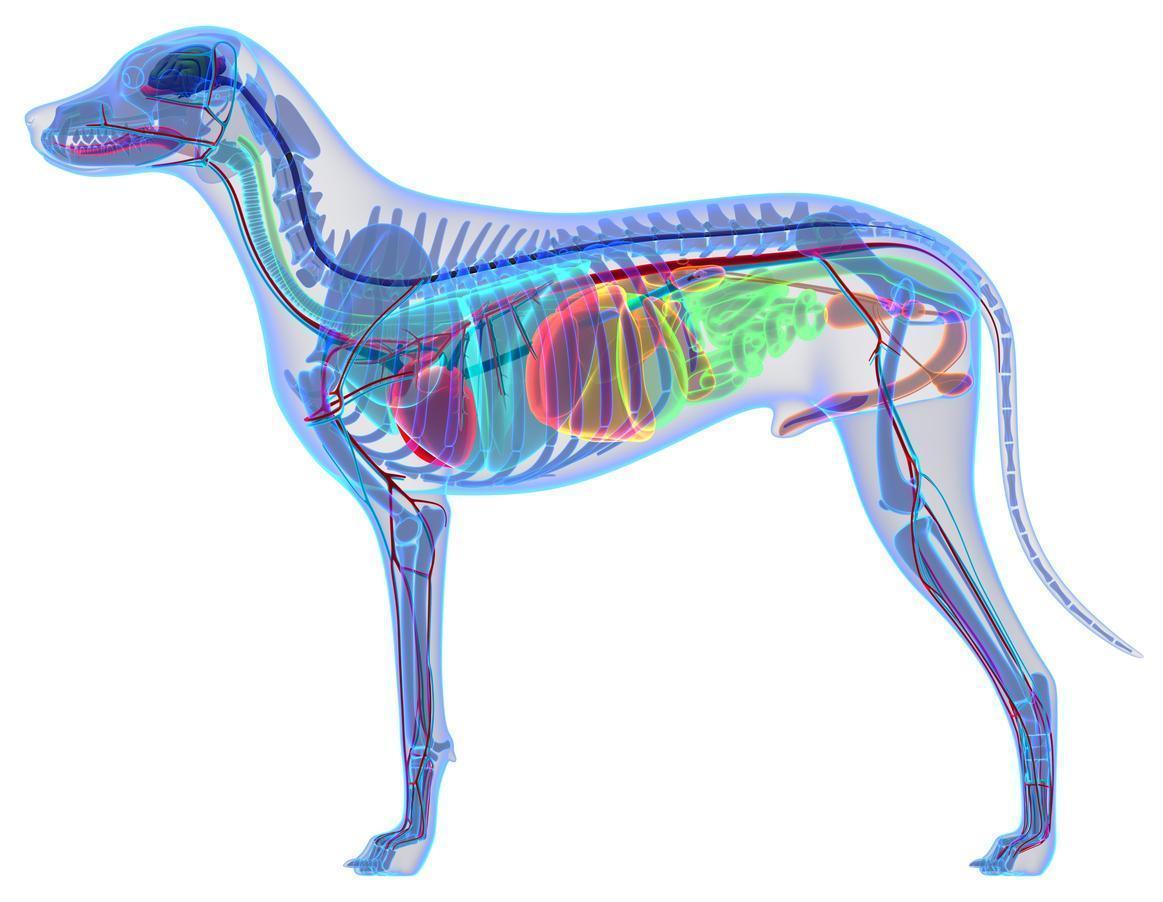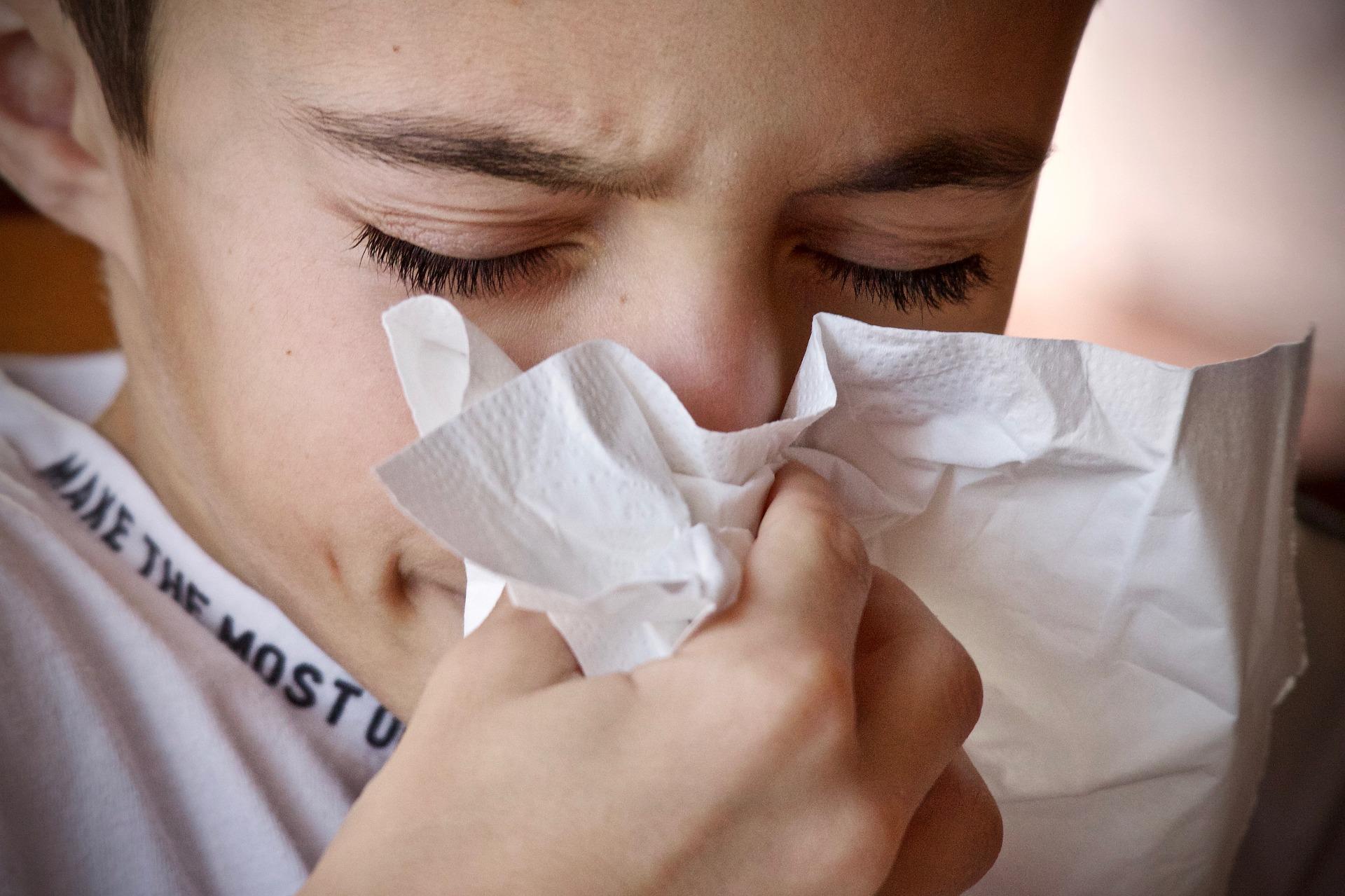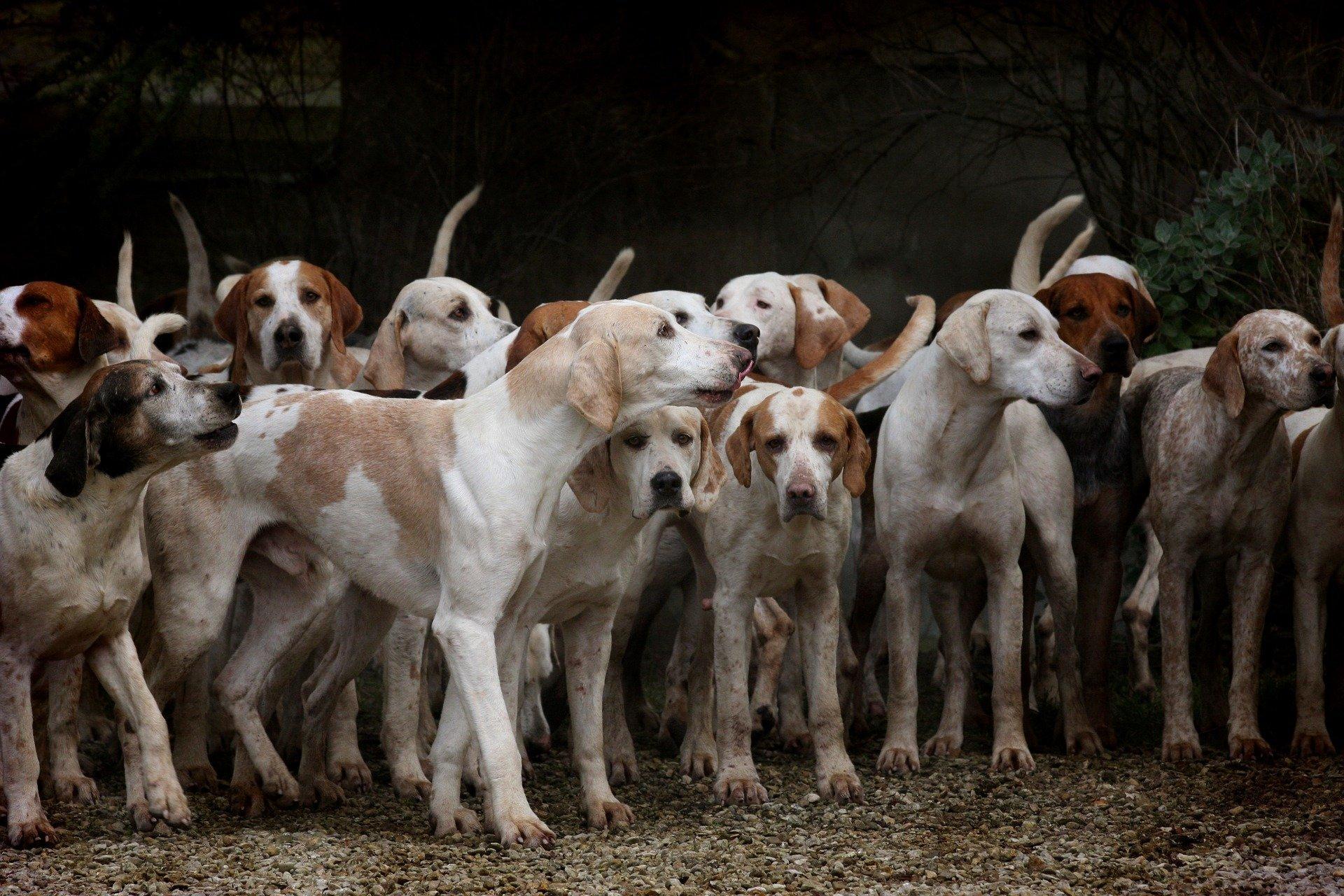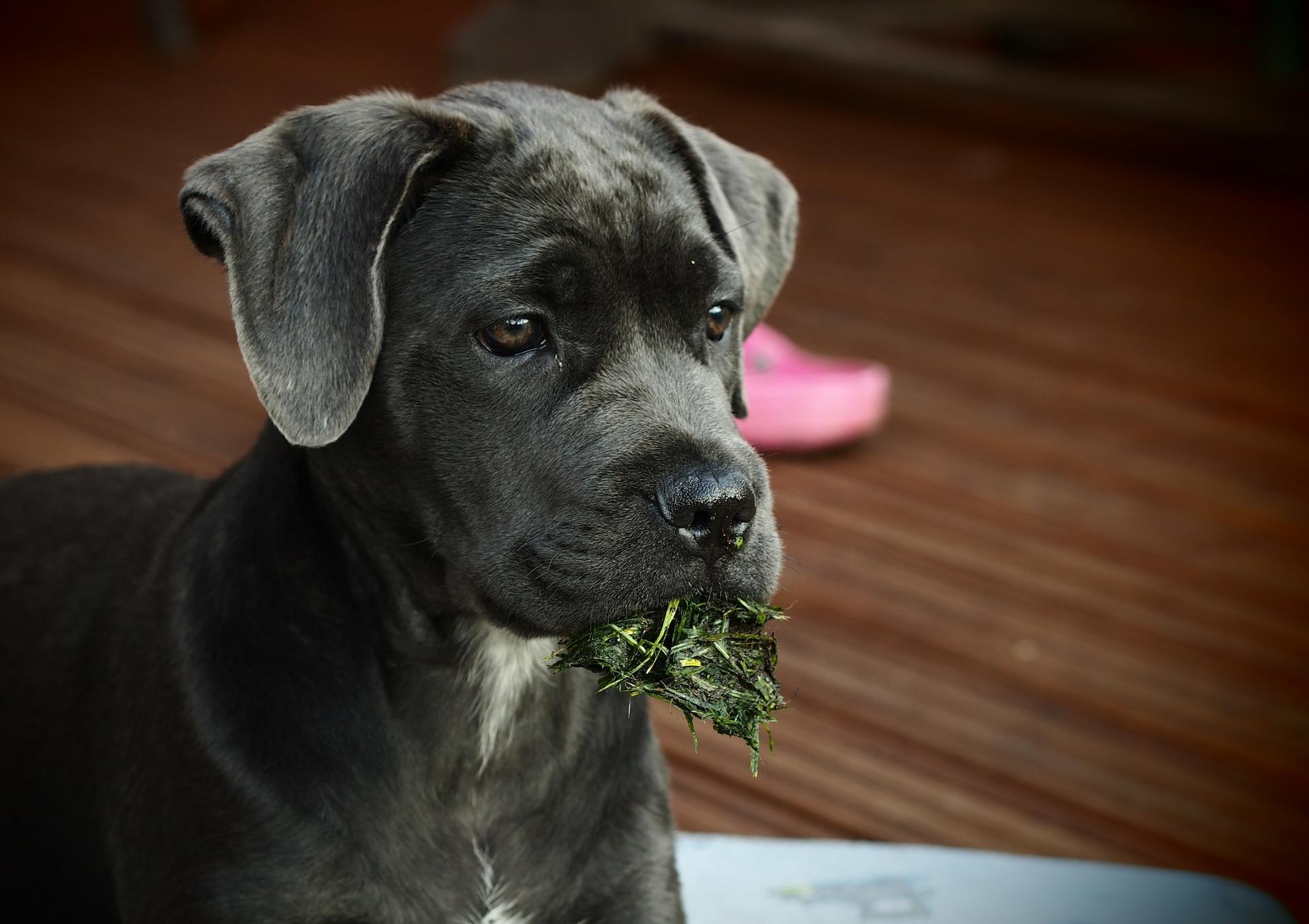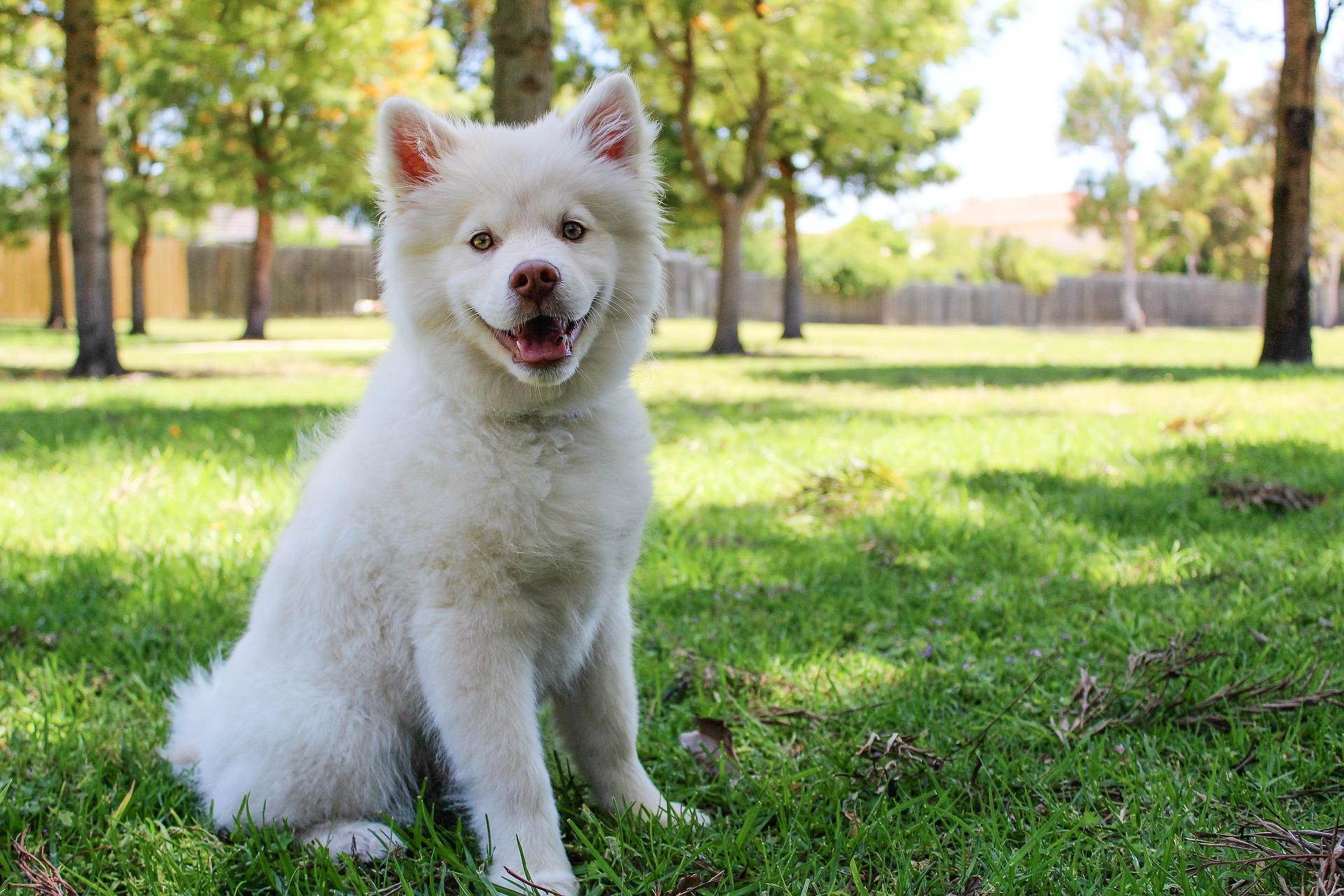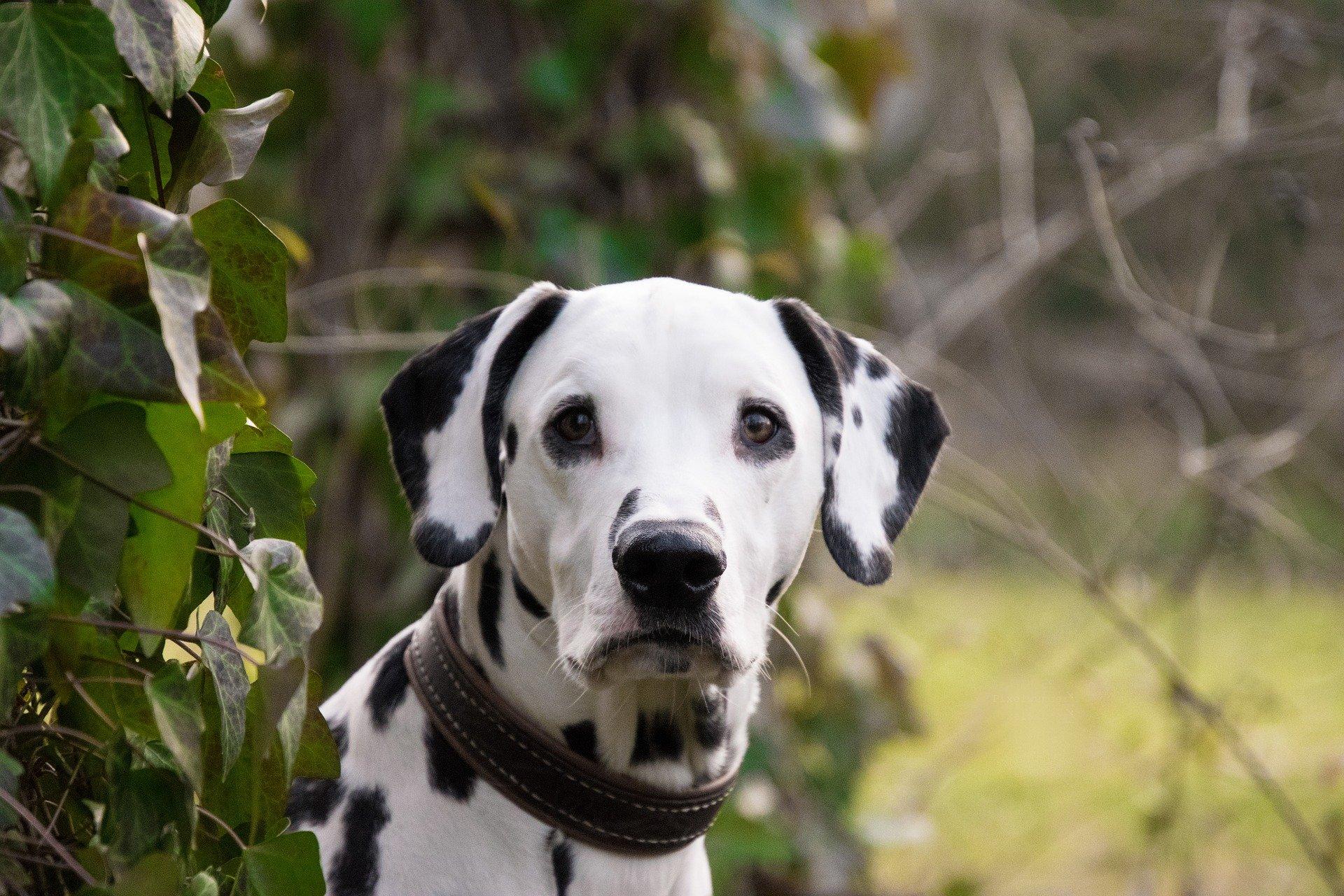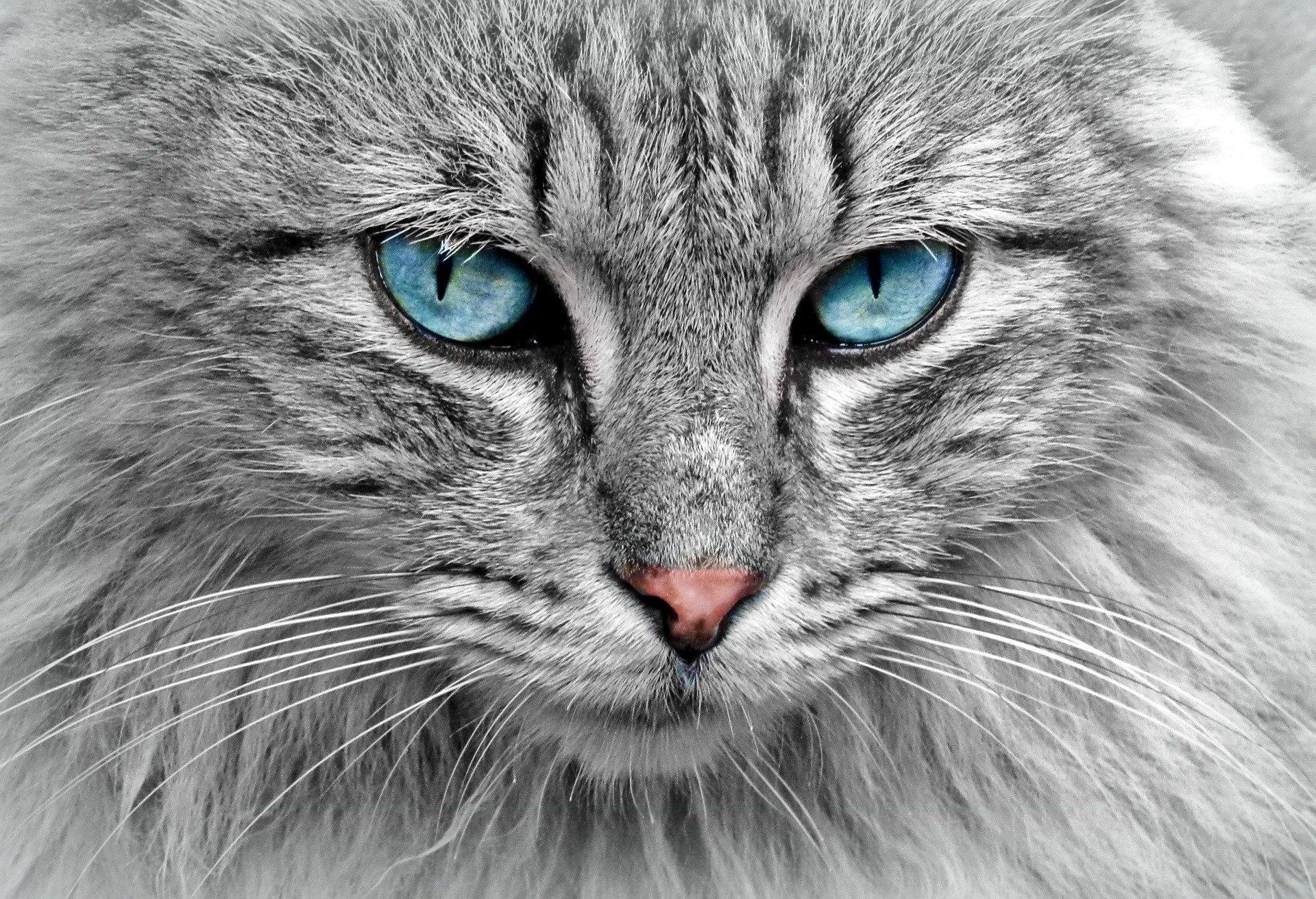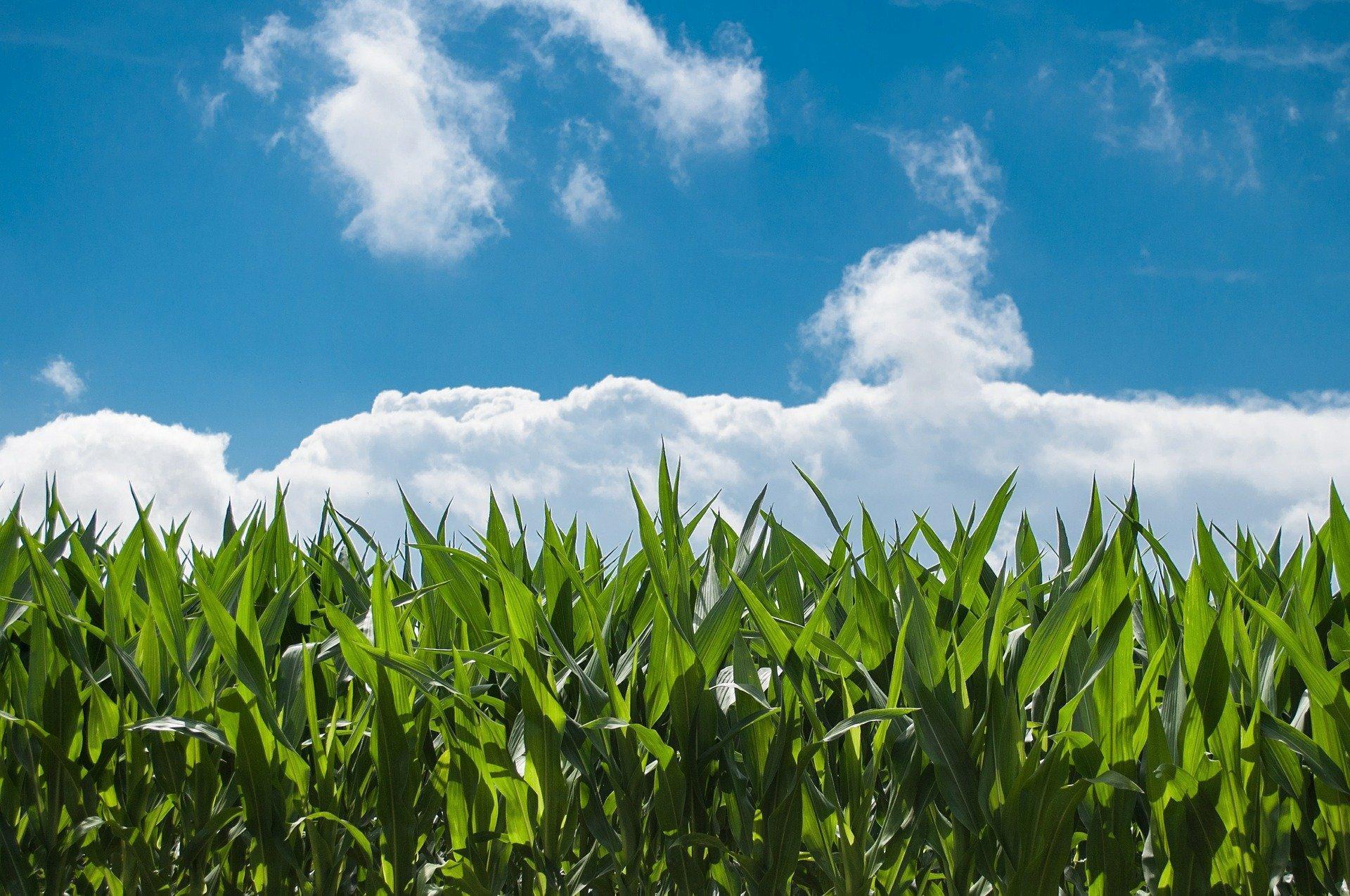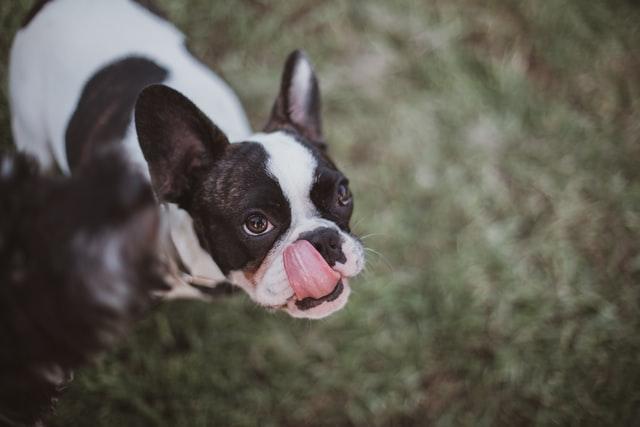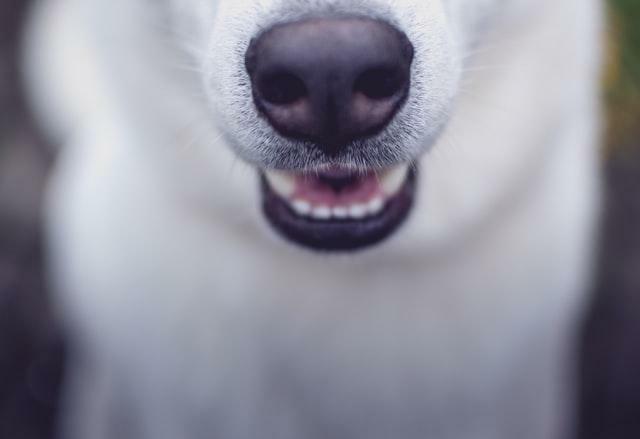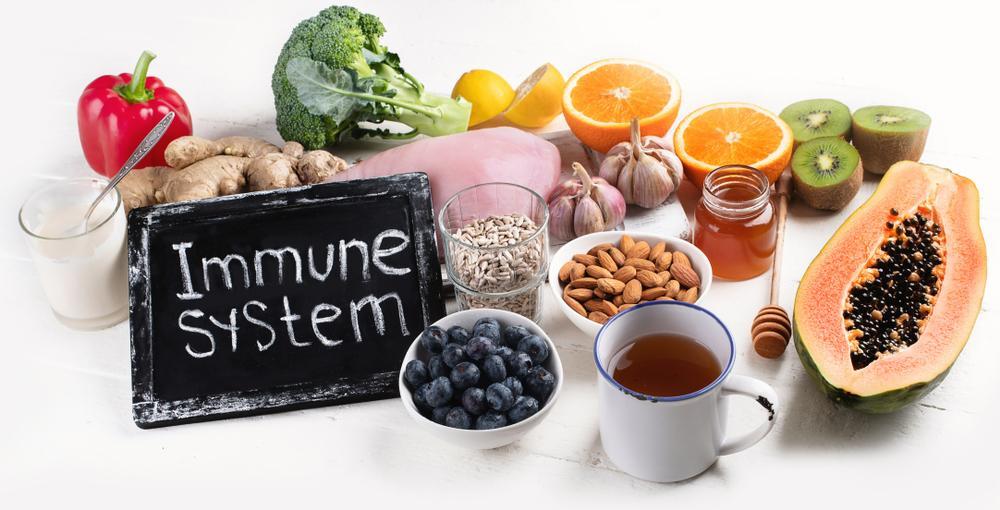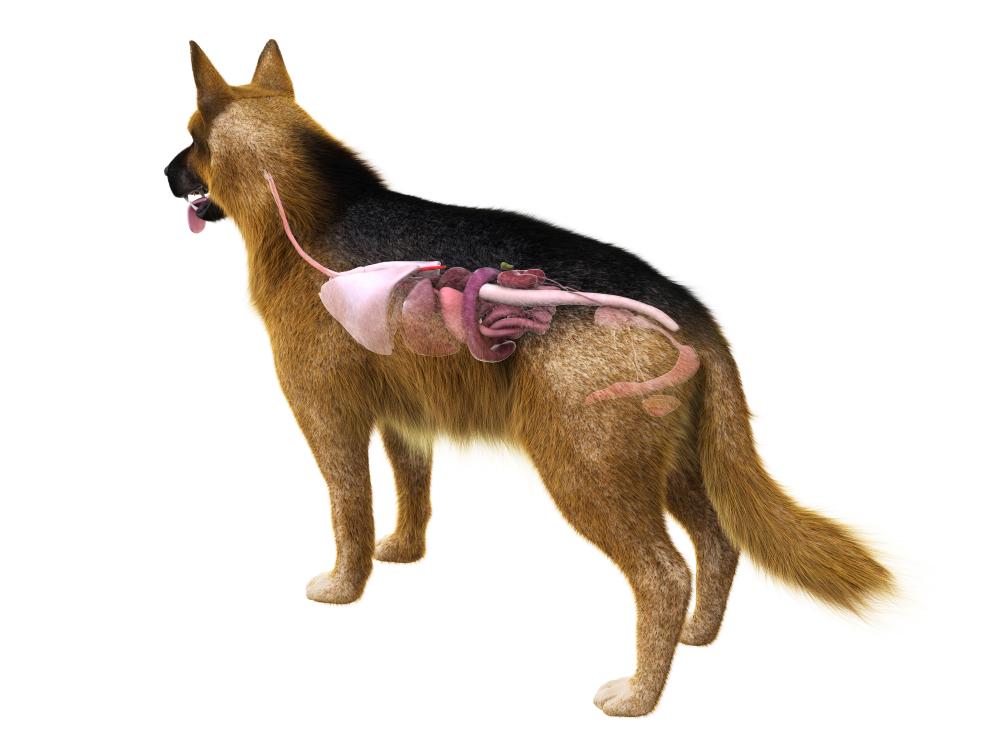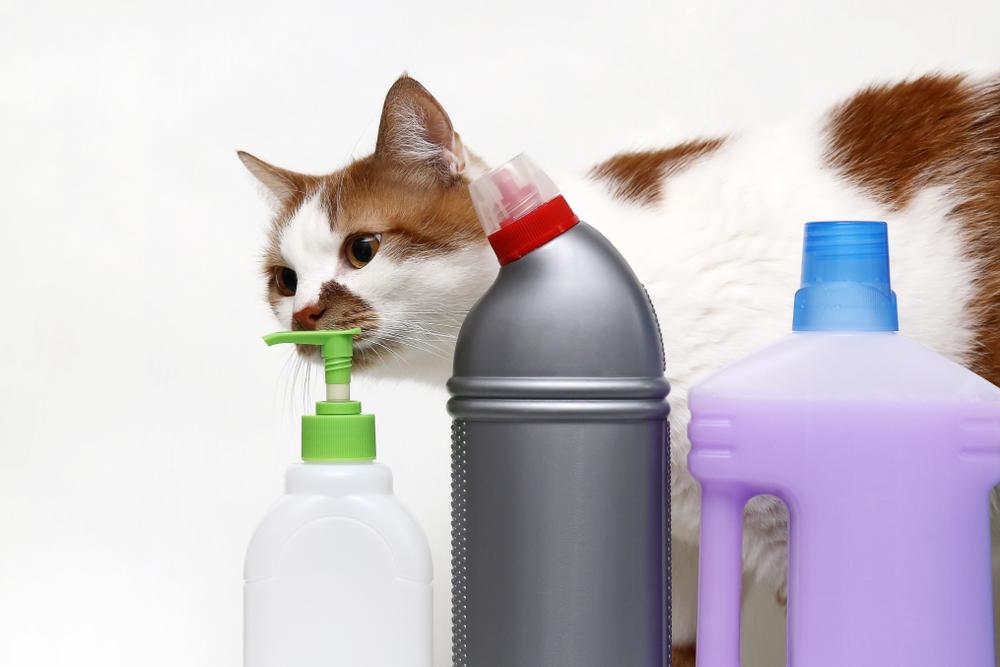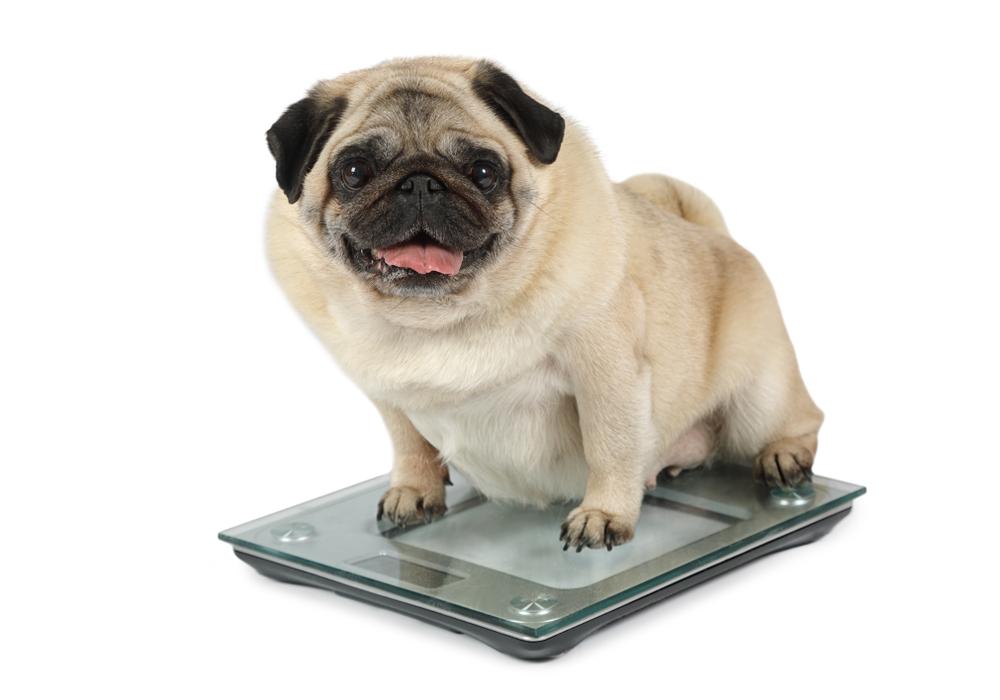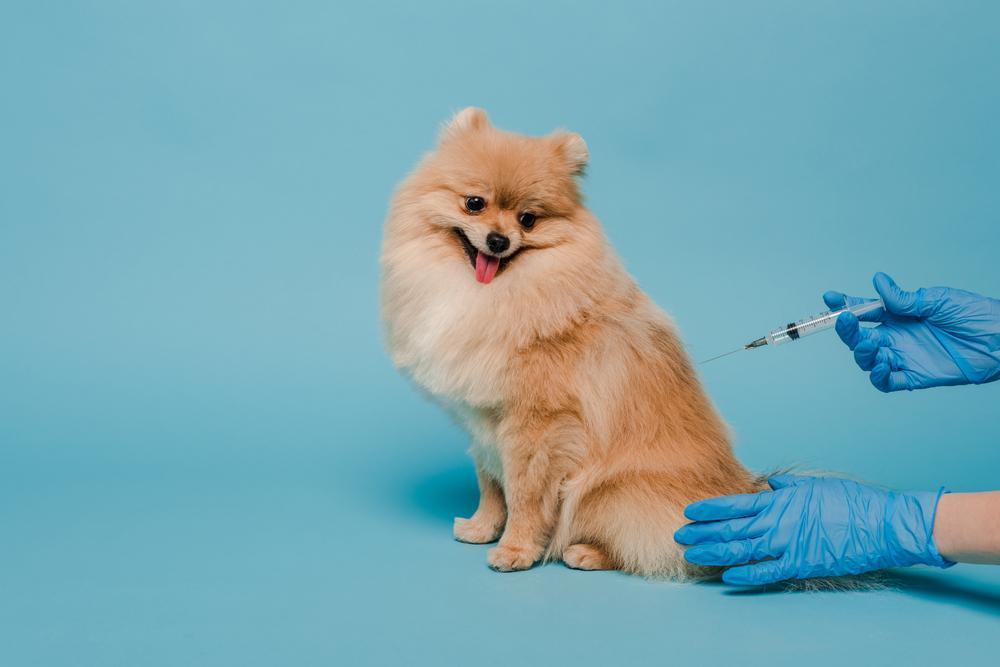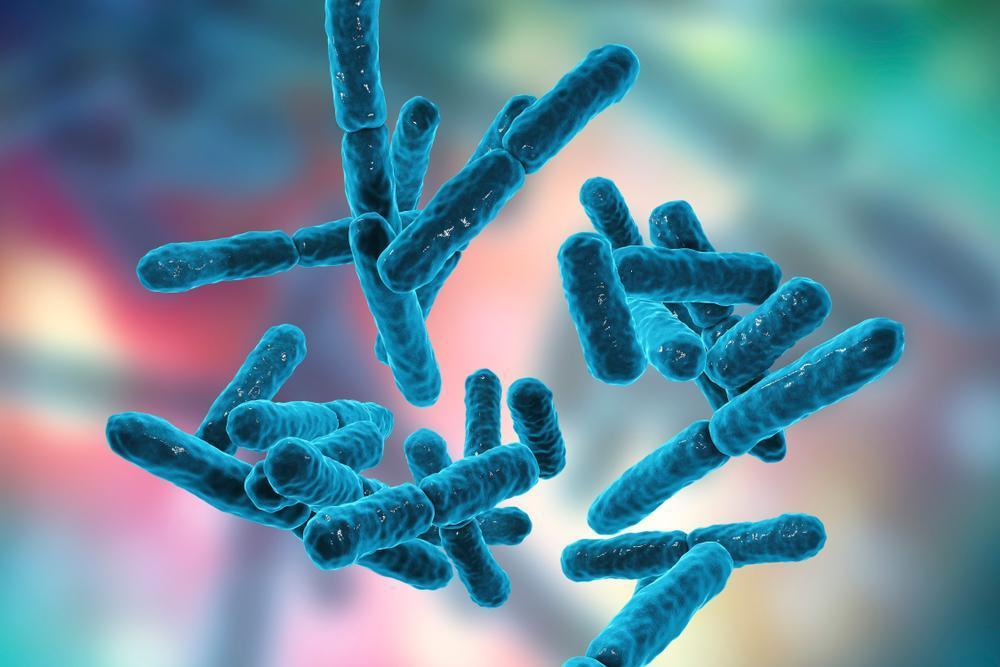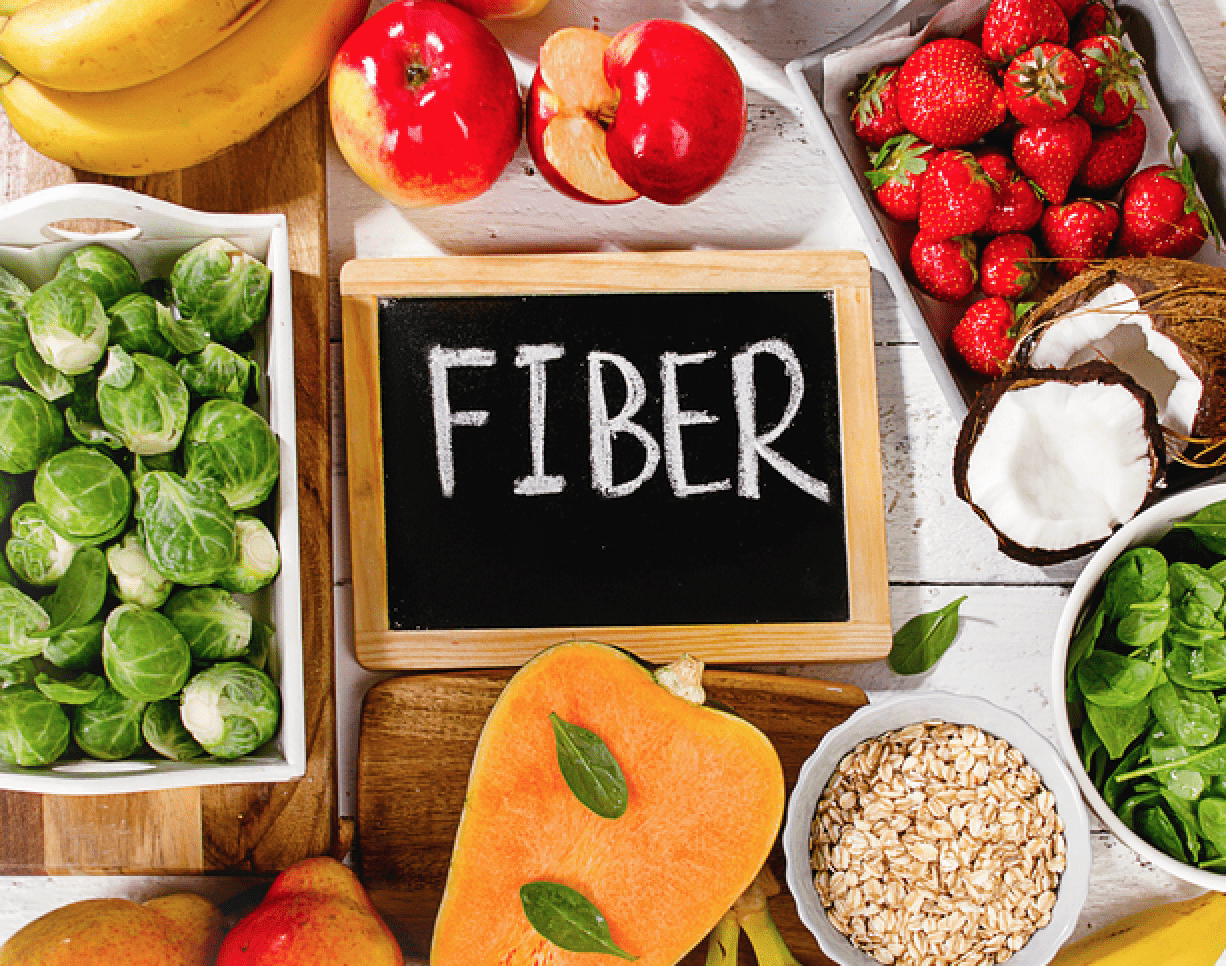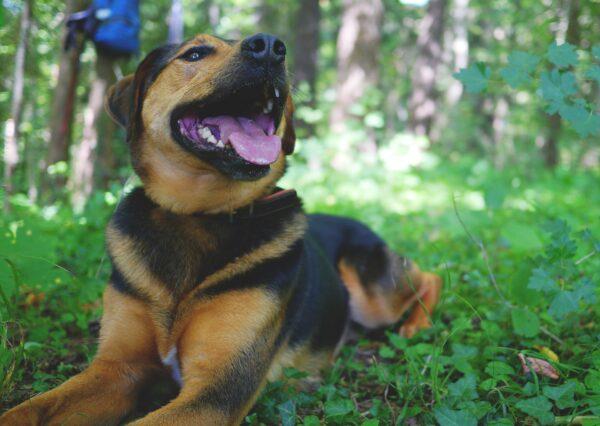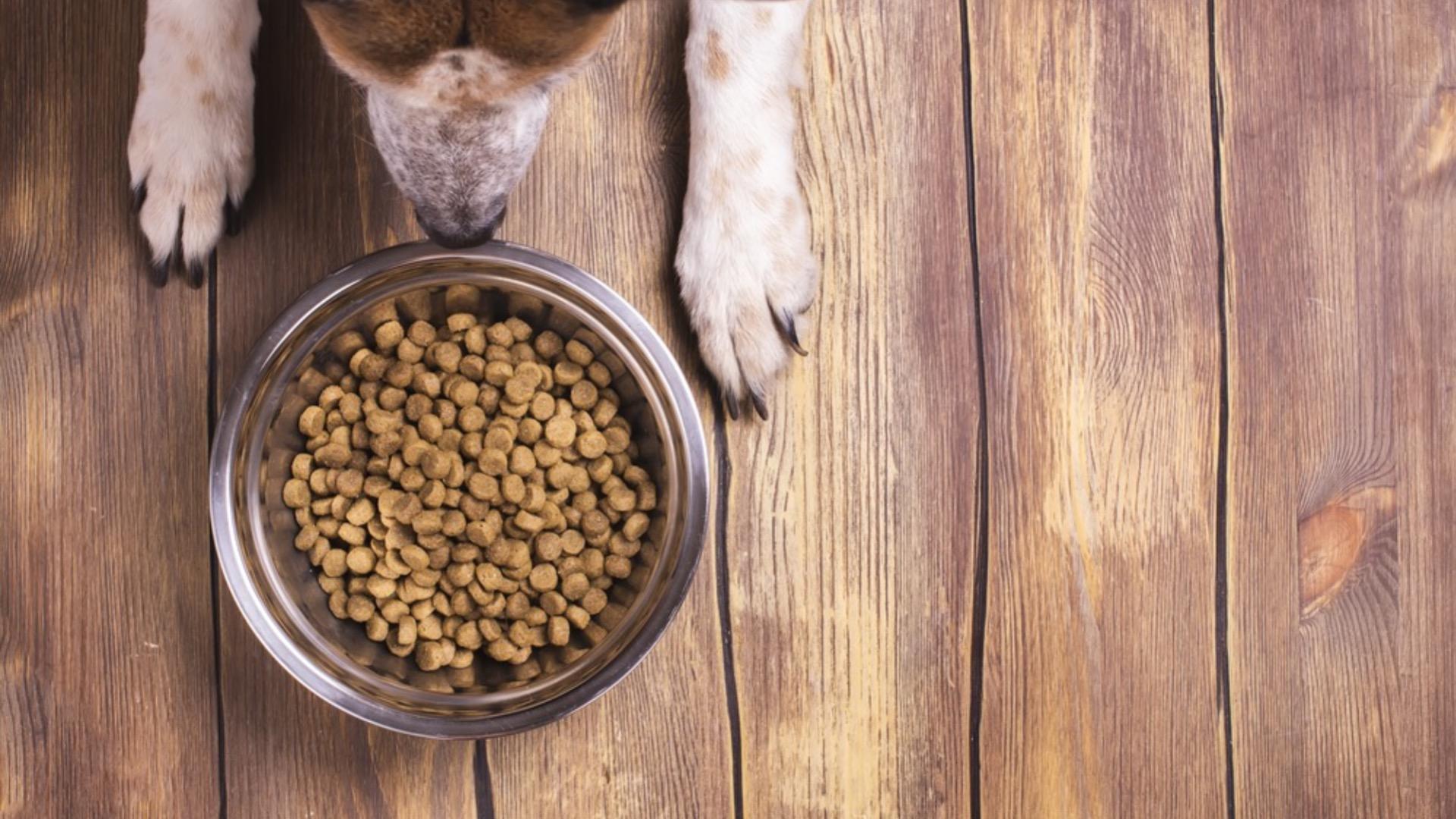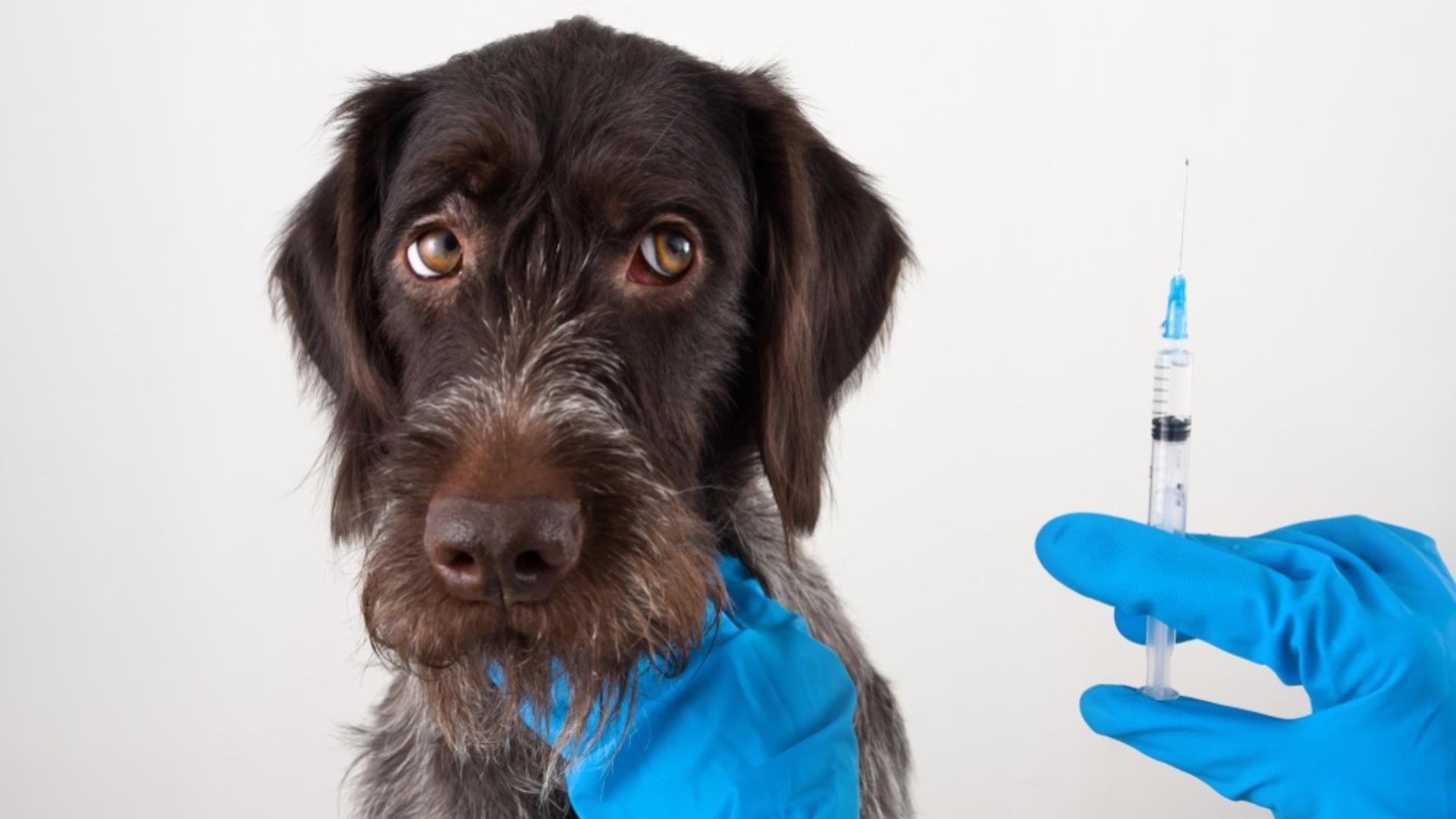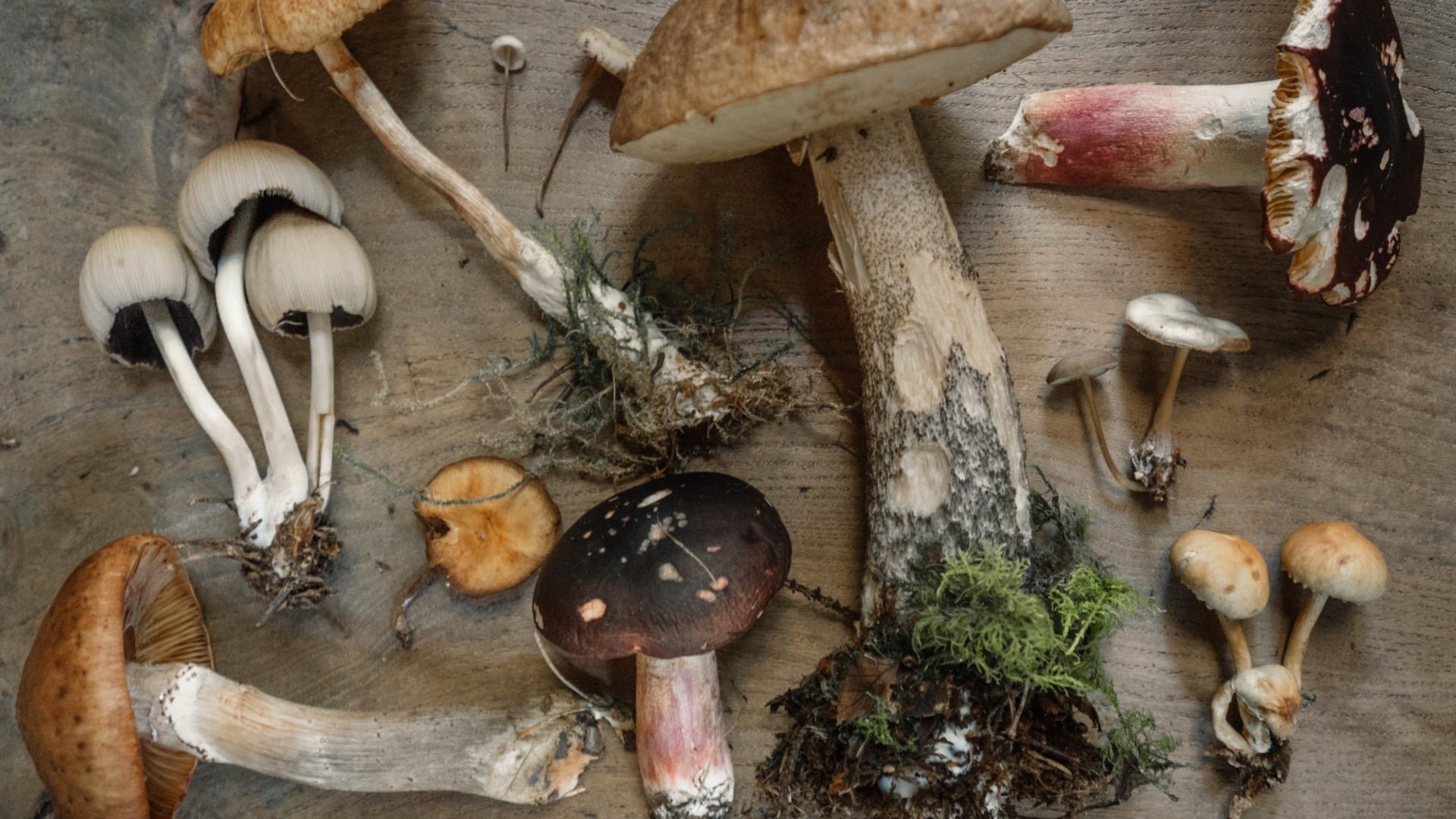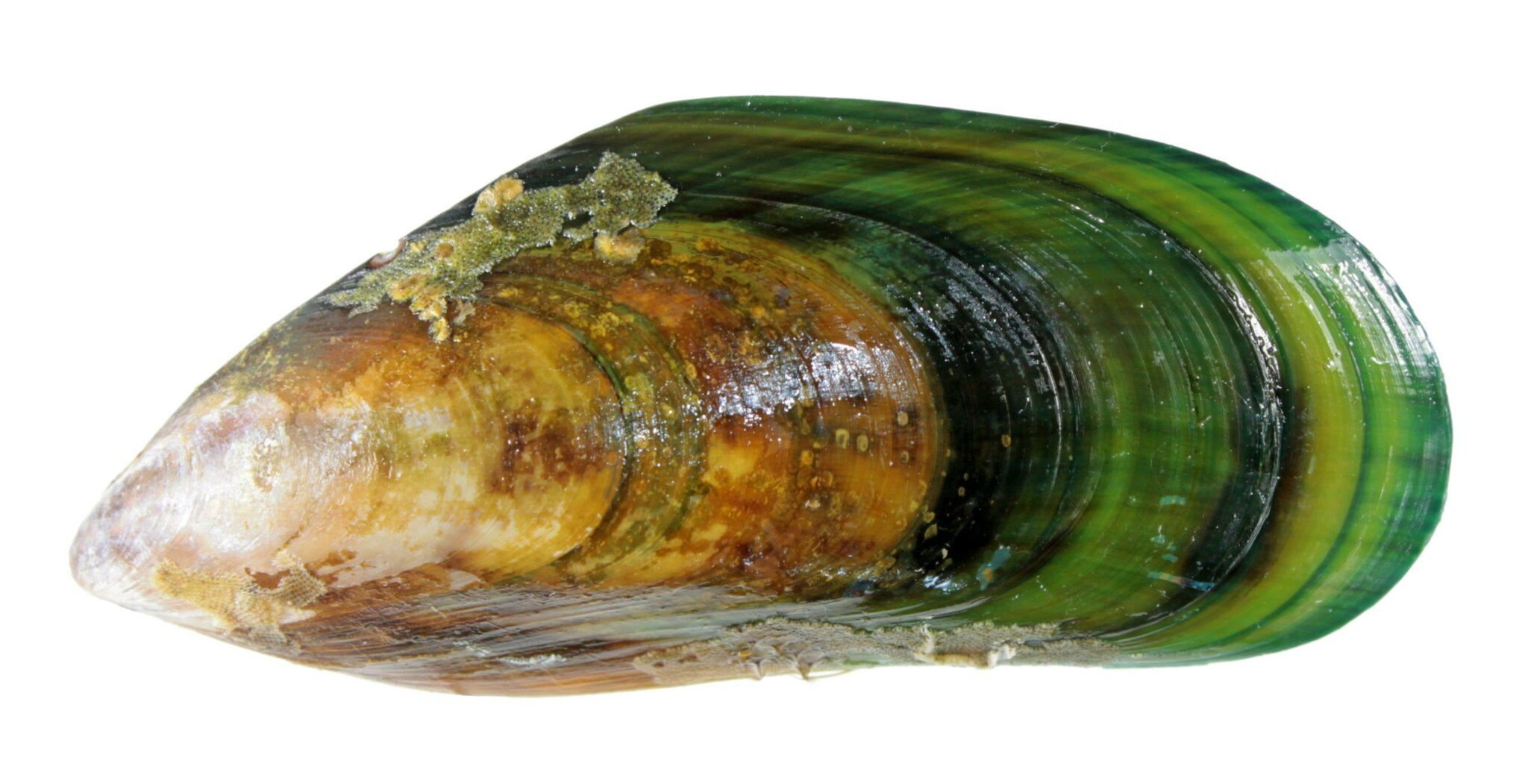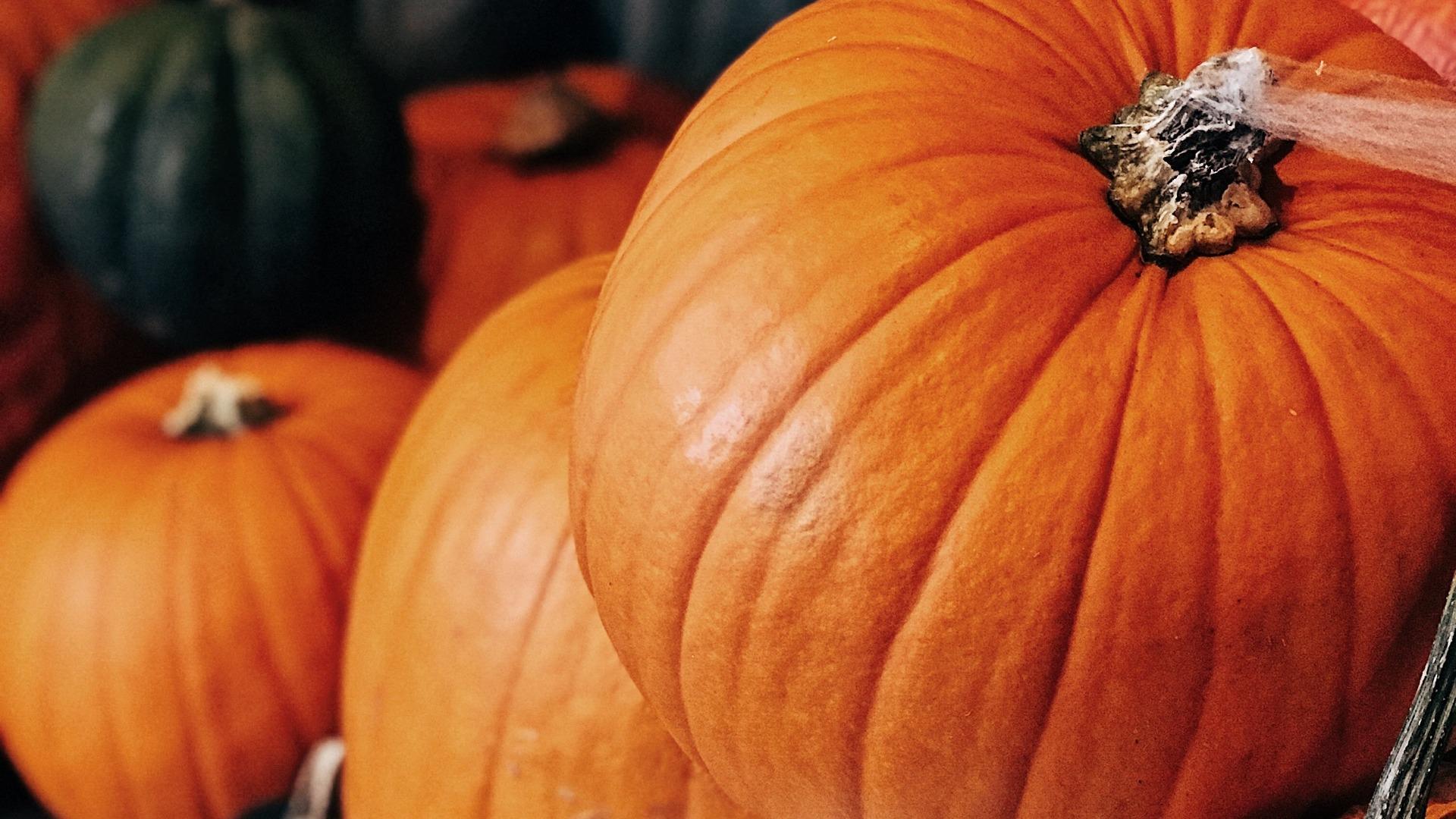-
£19.99

Raw meat-based diets and The Royal Society Publishing
- October 16, 2019
- 6 min read
The Royal Society Open Science has decided to document microbial findings and supposed linked articles/research to explore and implode the concerns about raw feeding for cats and dogs. We had to comment so hopefully we don’t bore you too much.
We’re not the most avid raw feeder you’ll ever find. We find merit in different ways of feeding cats and dogs but we are a big raw fan and in all our years of practicing pet nutrition, we have not found anything negative (only positive) linked to raw food feeding.
Royal Society:
“Raw pet food has become increasingly popular among dog owners seeking to feed their pets on what is perceived as a natural and healthy diet. Health claims include benefits to canine vitality, the digestive tract and the immune system, but currently lack scientific evaluation [1].”
Alison:
Evaluation of the efficacy of raw food for our pets has been difficult as many pet food companies run these scientific based studies for their own financial gain. There is however a movement on non-biased research that has positive outcomes with regards to feeding a raw diet.
In Finland at the Faculty of Veterinary Medicine at Helsinki University, they found negative health markers of homocysteine (linked to many disease states) from blood and urine samples in dry food verses raw fed dogs. Here’s a brief video on the findings as opposed to putting up a research paper to wade through.
Video Here
Royal Society:
“Raw meat-based diets (RMBDs), also known as biologically appropriate raw food (BARF), consist mainly of raw muscle meats, organ meats and meaty bones. Some diets additionally contain vegetables, fruits or grain. Like conventional pet food, most RMBDs are based on the by-products of animals slaughtered for human consumption; however, they do not contain additives and supplements such as preservatives, stabilisers, gelling agents, sweeteners,flavours or vitamins and minerals, potentially posing the risk of nutritional imbalances and deficiencies such as skin and thyroid problems [1,2].”
Alison :
Firstly, I am not sure how sweeteners, preservatives, gelling agents and stabilisers promote your pet’s health? I agree that if fed a home prepared diet that hasn’t been thoroughly considered and balanced this can be a risk overtime. However, I have worked with many raw food companies who absolutely add in supplementation based on the raw food analysis and to ensure the cat’s and dog’s nutritional needs and requirements are met. Please ask your raw food company what they add in terms of vitamins and minerals and indeed for analysis for your piece of mind.
Arguably if we are focusing on imbalance of supplementation added to food and possible health risks, here are some stats based on research carried out in 2017 for mineral content of complete pet food (wet and dry) in the EU.
I believe there were some 177 different brands. Here, mineral composition of complete wet (n = 97) and dry (n = 80) canine and feline pet food sold in the UK was measured to assess compliance with EU guidelines. A majority of foods complied with ≥8 of 11 guidelines (99% and 83% for dry and wet food, respectively), but many failed to provide nutritional minimum (e.g.Cu, 20% of wet food) or exceeded nutritional maximum (e.g. Se, 76% of wet food). Only 6% (6/97) of wet and 38% (30/80) of dry food were fully compliant.Some foods (20–30% of all analysed) had mineral imbalance, such as not having the recommended ratio of Ca:P (between 1:1 to 2:1). Foods with high fish content had high levels of undesirable metal elements such as arsenic. This study highlights broad non-compliance of a range of popular pet foods sold in the UK with EU guidelines (94% and 61% of wet and dry foods, respectively). If fed exclusively and over an extended period, a number of these pet foods could impact the general health of companion animals.
Findings here
Royal Society:
“Furthermore, although the production of raw pet food is subjected to strict microbiological hygiene criteria (the EU animal by-products regulations 1069/2009 and 142/2011), pasteurisation is by nature not undertaken, raising questions regarding bacterial contamination [3–5].”
“RMBDs have also been shown to be a significant source of Salmonella in healthy dogs and cats that consequently shed the organism at higher rates than animals fed conventional diets [10,12], with implications concerning public health. Case reports of human illness associated with pathogens in RMBDs are still scarce,and illnesses are probably under-reported [12]. However, four cases of an ongoing outbreak of Salmonella Reading in the USA were linked to raw pet food [13].”
Alison:
Let’s focus on dry food contamination findings that far out weigh any raw food findings. The detection of Salmonella during routine tests on dry dog food uncovered an outbreak linked to a rare strain that had been known to sicken 14 people in nine states,the US Centers for Disease Control and Prevention (CDC) said it was due to dry pet food contamination proven to be in Diamond Pet Foods (a recall was issued). Also an outbreak, which started in 2006, marks the first time that dry dog food has been confirmed as a source of the bacterial infection in people. The dog food had been traced to a Mars Pet care U.S. plant in Everson, Pa and the company announced a recall of approximately 23,109 tons of dry dog and cat food sold under 105 brand names. This was a time that prompted owners to look at other options. This became an epidemic around the world and the first time around 2007 that consumers started to question dry and commercial companies as their only option to feed their pets.
Royal Society:
“and recently, an outbreak due to Shiga toxin producing Escherichia coli (STEC) O157:H7 in the UK was attributed to exposure to contaminated raw pet food [14].”
Alison:
The outbreak argued due to Shiga toxin producing Escherichia coli (STEC) O157:H7 in the UK being attributed to exposure to contaminated raw pet food is irrelevant due to the fact that the source of infection in the first case was not identified and so pet food has by no means a direct correlation to this finding.
Royal Society:
“RMBDs have also been identified as a risk factor for the shedding of antimicrobial-resistant (AMR) bacteria in pets [16–21]. This is of particular concern, since antimicrobial resistance is currently one of the most pressing threats to human and animal health worldwide, affecting humans, animals and the environment [22]. Because of the use and overuse of antimicrobial agents in livestock production, food-producing animals have emerged as an important reservoir for antimicrobial resistance [23].”
Alison:
These studies were run on a voluntary basis to a longitudinal 2-year survey of intestinal pathogens for dogs with different backgrounds (not raw fed) with different problems such as skin issues. Different antibiotics were administered and the faecal results monitored.
As a pet parent we need to be vigilant as to what we feed and how we feed it, taking into consideration good hygiene routines regardless of whether we feed dry, raw or anything in between. Reports are scarce and to fairly report on the subject in question, we need quantitative and qualitative findings across all types of pet food for this to be a fair and balanced piece of research. I don’t think microbial issues of pet food stand alone with raw feeding. As we can see dry food has been more of a contributing health risk than other pet food to date.
Whilst we see the Royal Society are trying to show there were high microbial counts found in some of the raw foods chosen and that those bacteria’s also pose a threat to human health, the links from raw feeding dogs to human ill health has not been connected thus far.
Please research wisely and we hope you found this helpful.
Abstract and full findings from the Royal Society Open Science here.
MPN Team x
We’re not the most avid raw feeder you’ll ever find. We find merit in different ways of feeding cats and dogs but we are a big raw fan and in all our years of practicing pet nutrition, we have not found anything negative (only positive) linked to raw food feeding.
Royal Society:
“Raw pet food has become increasingly popular among dog owners seeking to feed their pets on what is perceived as a natural and healthy diet. Health claims include benefits to canine vitality, the digestive tract and the immune system, but currently lack scientific evaluation [1].”Alison:
Evaluation of the efficacy of raw food for our pets has been difficult as many pet food companies run these scientific based studies for their own financial gain. There is however a movement on non-biased research that has positive outcomes with regards to feeding a raw diet.In Finland at the Faculty of Veterinary Medicine at Helsinki University, they found negative health markers of homocysteine (linked to many disease states) from blood and urine samples in dry food verses raw fed dogs. Here’s a brief video on the findings as opposed to putting up a research paper to wade through.
Video Here
Royal Society:
“Raw meat-based diets (RMBDs), also known as biologically appropriate raw food (BARF), consist mainly of raw muscle meats, organ meats and meaty bones. Some diets additionally contain vegetables, fruits or grain. Like conventional pet food, most RMBDs are based on the by-products of animals slaughtered for human consumption; however, they do not contain additives and supplements such as preservatives, stabilisers, gelling agents, sweeteners,flavours or vitamins and minerals, potentially posing the risk of nutritional imbalances and deficiencies such as skin and thyroid problems [1,2].”Alison :
Firstly, I am not sure how sweeteners, preservatives, gelling agents and stabilisers promote your pet’s health? I agree that if fed a home prepared diet that hasn’t been thoroughly considered and balanced this can be a risk overtime. However, I have worked with many raw food companies who absolutely add in supplementation based on the raw food analysis and to ensure the cat’s and dog’s nutritional needs and requirements are met. Please ask your raw food company what they add in terms of vitamins and minerals and indeed for analysis for your piece of mind.Arguably if we are focusing on imbalance of supplementation added to food and possible health risks, here are some stats based on research carried out in 2017 for mineral content of complete pet food (wet and dry) in the EU.
I believe there were some 177 different brands. Here, mineral composition of complete wet (n = 97) and dry (n = 80) canine and feline pet food sold in the UK was measured to assess compliance with EU guidelines. A majority of foods complied with ≥8 of 11 guidelines (99% and 83% for dry and wet food, respectively), but many failed to provide nutritional minimum (e.g.Cu, 20% of wet food) or exceeded nutritional maximum (e.g. Se, 76% of wet food). Only 6% (6/97) of wet and 38% (30/80) of dry food were fully compliant.Some foods (20–30% of all analysed) had mineral imbalance, such as not having the recommended ratio of Ca:P (between 1:1 to 2:1). Foods with high fish content had high levels of undesirable metal elements such as arsenic. This study highlights broad non-compliance of a range of popular pet foods sold in the UK with EU guidelines (94% and 61% of wet and dry foods, respectively). If fed exclusively and over an extended period, a number of these pet foods could impact the general health of companion animals.
Findings here
Royal Society:
“Furthermore, although the production of raw pet food is subjected to strict microbiological hygiene criteria (the EU animal by-products regulations 1069/2009 and 142/2011), pasteurisation is by nature not undertaken, raising questions regarding bacterial contamination [3–5].”“RMBDs have also been shown to be a significant source of Salmonella in healthy dogs and cats that consequently shed the organism at higher rates than animals fed conventional diets [10,12], with implications concerning public health. Case reports of human illness associated with pathogens in RMBDs are still scarce,and illnesses are probably under-reported [12]. However, four cases of an ongoing outbreak of Salmonella Reading in the USA were linked to raw pet food [13].”
Alison:
Let’s focus on dry food contamination findings that far out weigh any raw food findings. The detection of Salmonella during routine tests on dry dog food uncovered an outbreak linked to a rare strain that had been known to sicken 14 people in nine states,the US Centers for Disease Control and Prevention (CDC) said it was due to dry pet food contamination proven to be in Diamond Pet Foods (a recall was issued). Also an outbreak, which started in 2006, marks the first time that dry dog food has been confirmed as a source of the bacterial infection in people. The dog food had been traced to a Mars Pet care U.S. plant in Everson, Pa and the company announced a recall of approximately 23,109 tons of dry dog and cat food sold under 105 brand names. This was a time that prompted owners to look at other options. This became an epidemic around the world and the first time around 2007 that consumers started to question dry and commercial companies as their only option to feed their pets.Royal Society:
“and recently, an outbreak due to Shiga toxin producing Escherichia coli (STEC) O157:H7 in the UK was attributed to exposure to contaminated raw pet food [14].”Alison:
The outbreak argued due to Shiga toxin producing Escherichia coli (STEC) O157:H7 in the UK being attributed to exposure to contaminated raw pet food is irrelevant due to the fact that the source of infection in the first case was not identified and so pet food has by no means a direct correlation to this finding.Royal Society:
“RMBDs have also been identified as a risk factor for the shedding of antimicrobial-resistant (AMR) bacteria in pets [16–21]. This is of particular concern, since antimicrobial resistance is currently one of the most pressing threats to human and animal health worldwide, affecting humans, animals and the environment [22]. Because of the use and overuse of antimicrobial agents in livestock production, food-producing animals have emerged as an important reservoir for antimicrobial resistance [23].”Alison:
These studies were run on a voluntary basis to a longitudinal 2-year survey of intestinal pathogens for dogs with different backgrounds (not raw fed) with different problems such as skin issues. Different antibiotics were administered and the faecal results monitored.As a pet parent we need to be vigilant as to what we feed and how we feed it, taking into consideration good hygiene routines regardless of whether we feed dry, raw or anything in between. Reports are scarce and to fairly report on the subject in question, we need quantitative and qualitative findings across all types of pet food for this to be a fair and balanced piece of research. I don’t think microbial issues of pet food stand alone with raw feeding. As we can see dry food has been more of a contributing health risk than other pet food to date.
Whilst we see the Royal Society are trying to show there were high microbial counts found in some of the raw foods chosen and that those bacteria’s also pose a threat to human health, the links from raw feeding dogs to human ill health has not been connected thus far.
Please research wisely and we hope you found this helpful.
Abstract and full findings from the Royal Society Open Science here.
MPN Team x
Customer Reviews
Explore related products
Related articles

General Health
Do Indoor Cats Have Different Needs to Outdoor Cats?
Jul 05 2024
•
7 mins 50 secs
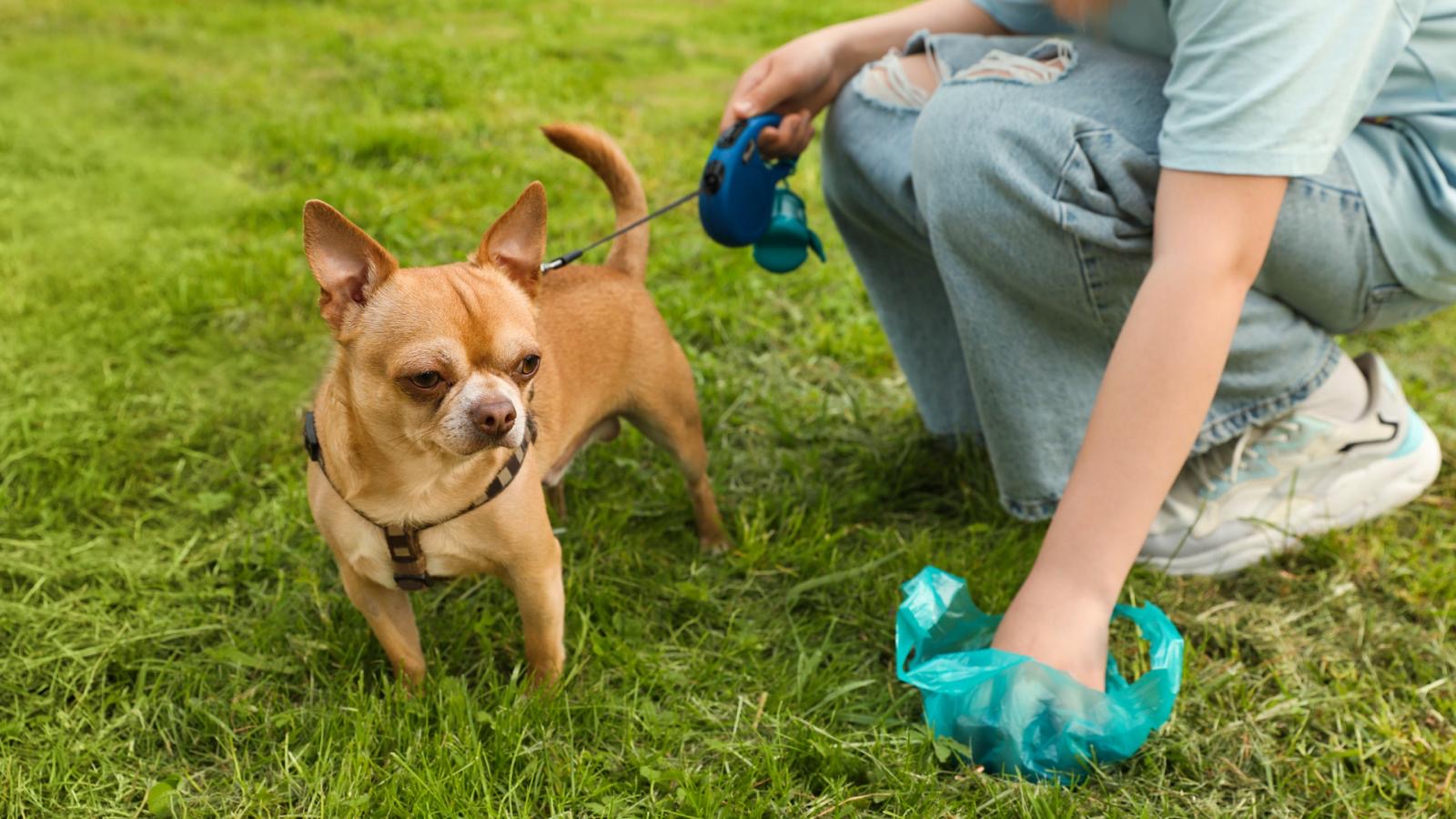
General Health
Pooh Guide for Dogs: What’s Good, and What’s Not
May 16 2024
•
9 mins 15 secs

General Health
How to Avoid Environmental Hazardous Exposure in Pets – Part 2
Apr 25 2024
•
16 mins
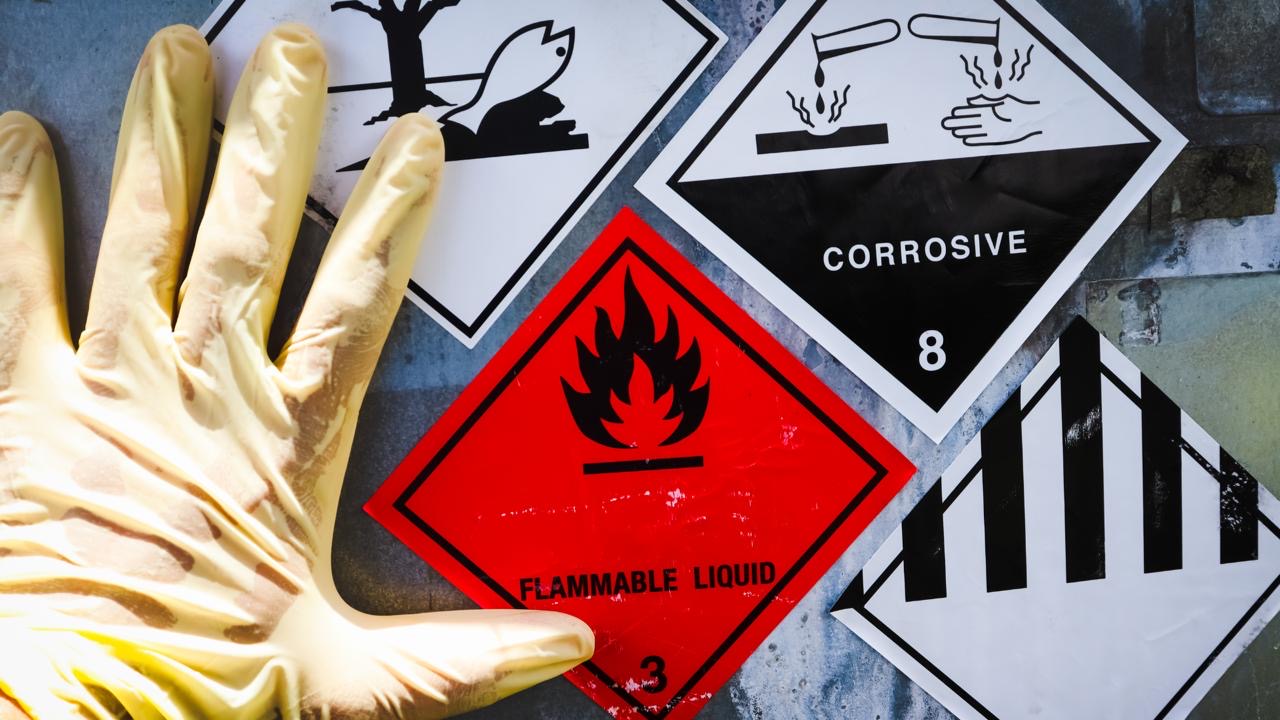
General Health
How To Avoid Environmental Hazardous Exposure in Pets – Part 1
Apr 19 2024
•
9 mins 40 secs

General Health
The Ultimate Guide on Parasites: Part 2 – Internal Parasites
Feb 17 2024
•
16 mins
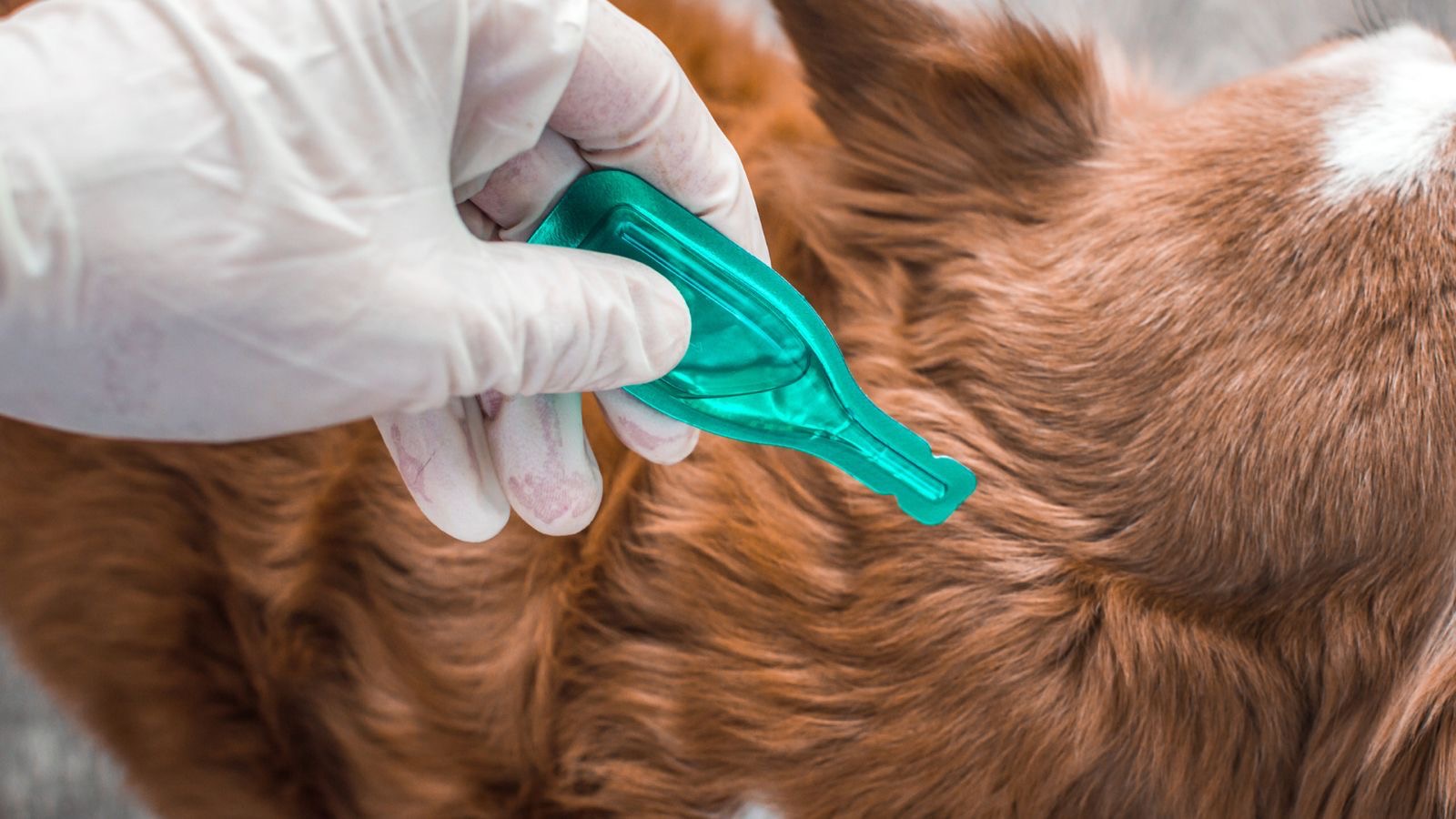
General Health
The Ultimate Guide on Parasites – Part 1: External Parasites
Feb 16 2024
•
11 mins 40 secs

General Health
Everything you Need to Know About Cushing’s Disease
May 12 2023
•
8 mins 40 secs

General Health
The Connection Between Leaky Gut and Autoimmunity – Part 1
Jan 18 2023
•
4 mins
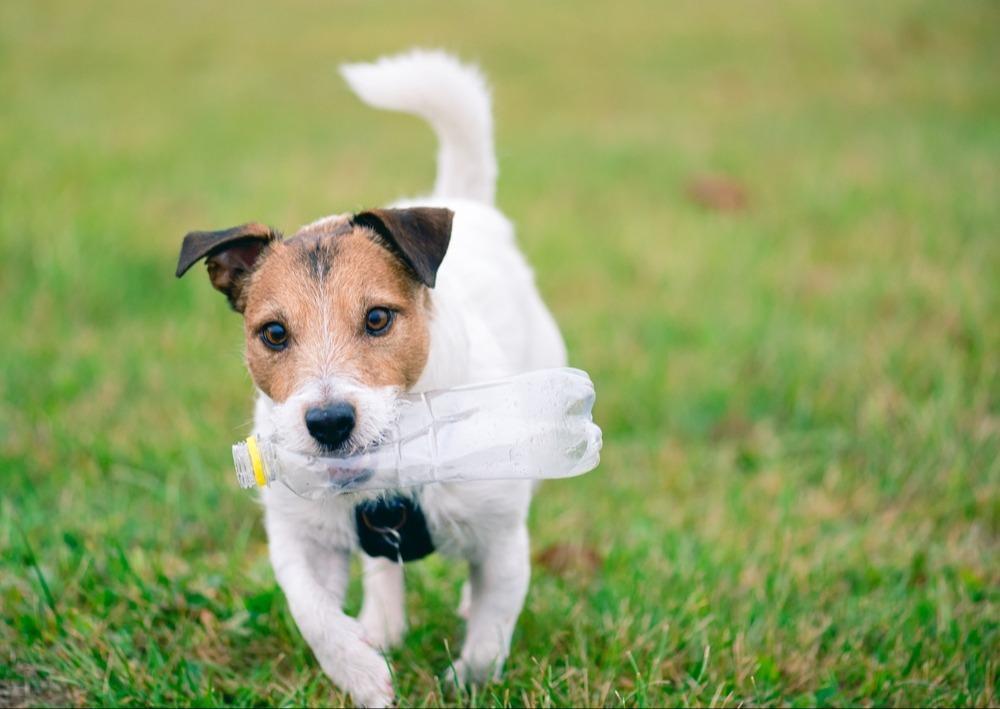
General Health
How To Choose Safe and Sustainable Pet Products
Sep 26 2022
•
3 mins 30 secs

General Health
6 Things All Pet Owners Should Have In Their Cupboards
Sep 12 2022
•
5 mins 40 secs
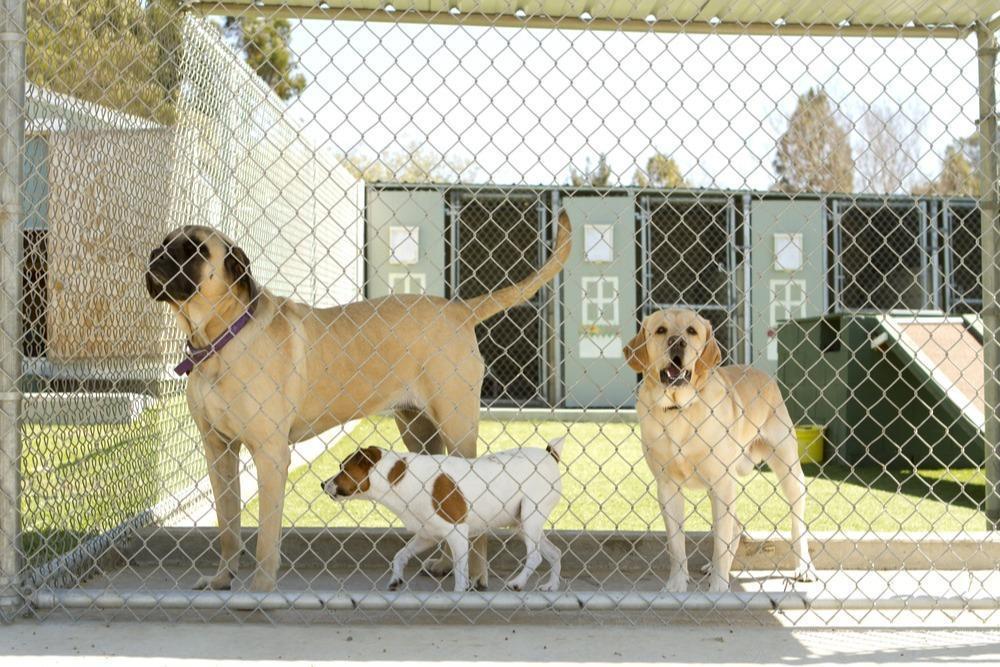
General Health
Should I Vaccinate My Dog Against Kennel Cough?
Jul 11 2022
•
4 mins 59 secs

General Health
What Does the Microbiome Have to Do With My Dog’s Bladder Stones?
May 24 2022
•
6 mins 39 secs

General Health
Does the Breed of My Dog Influence their Test Results?
May 19 2022
•
2 mins 56 secs
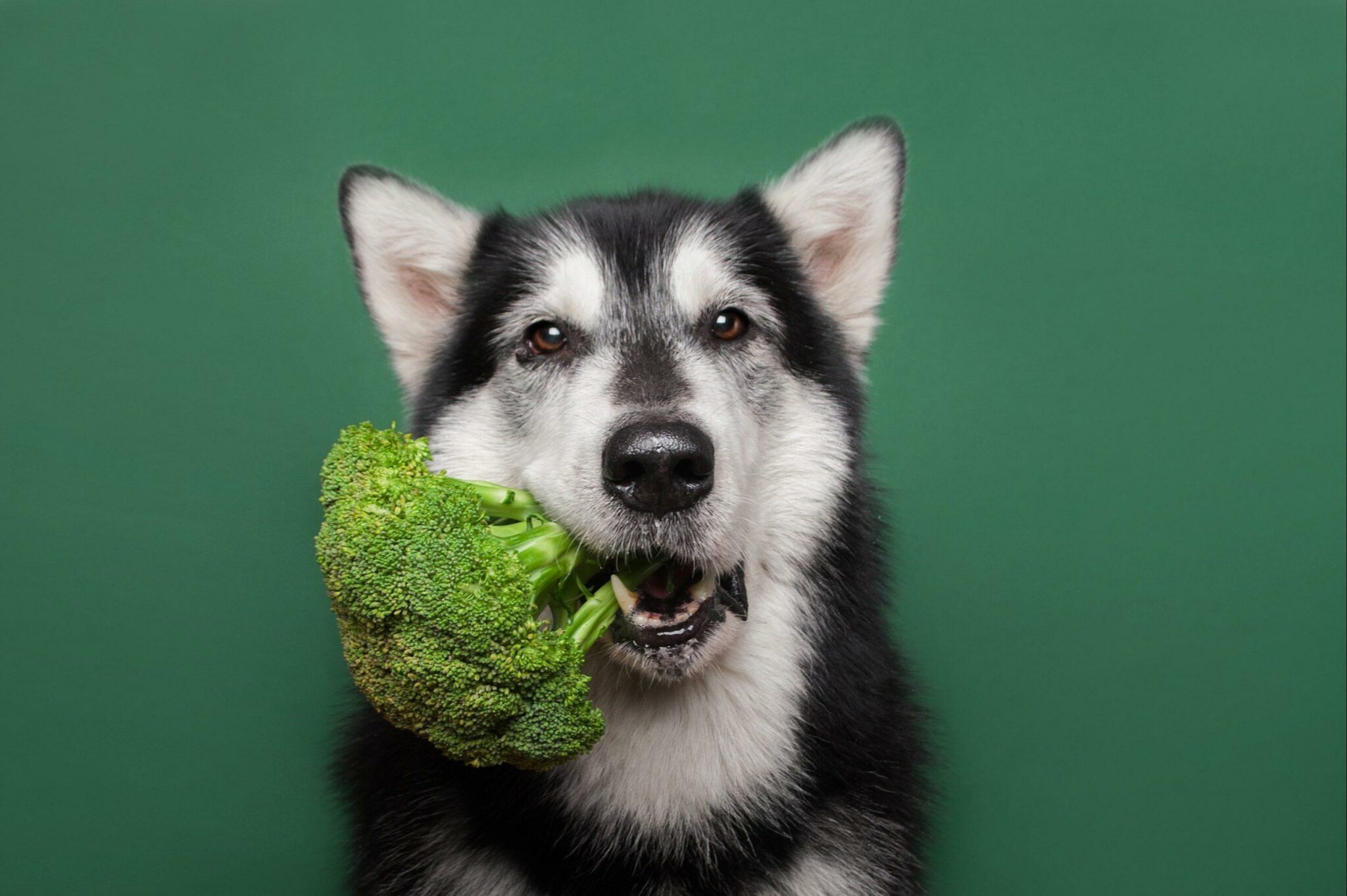
General Health
What Are Phytochemicals and Does My Dog Need Them?
Mar 14 2022
•
4 mins 46 secs

General Health
Why Does My Dog Need Vitamins? Part Two – The Water-Soluble Vitamins
Jan 24 2022
•
6 mins 42 secs

General Health
Why Does My Dog Need Vitamins? Part One – The Fat-Soluble Vitamins
Jan 24 2022
•
5 mins 51 secs

Christmas Calm: Our Top Nutritional Tips to Support Your Canine
Dec 22 2021
•
2 mins 43 secs
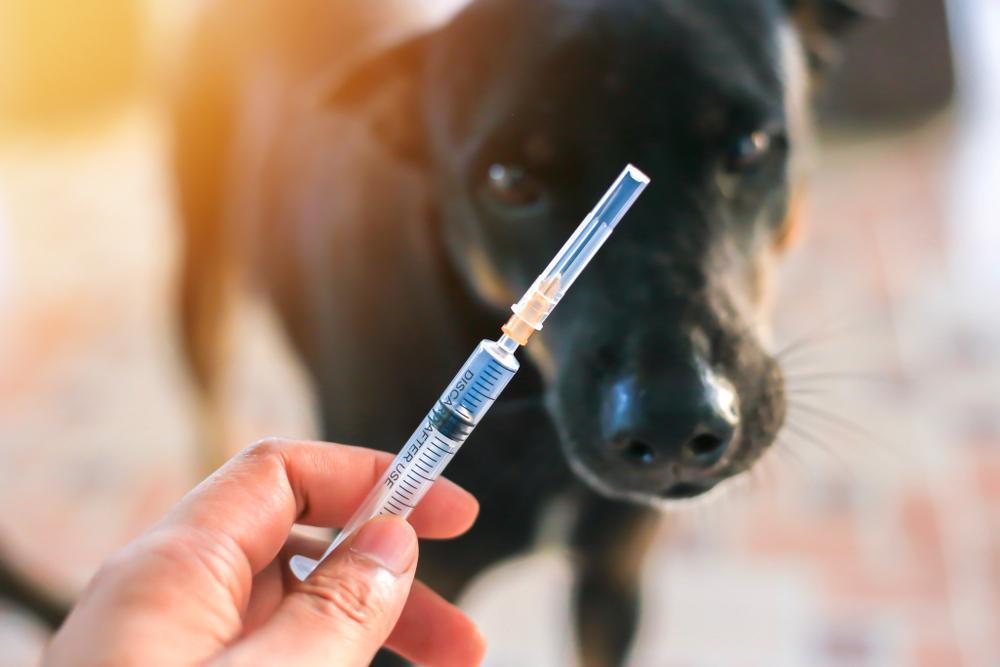
General Health
Vaccinosis: Damage Vaccinations Can Cause Your Pet
Nov 10 2020
•
13 min read
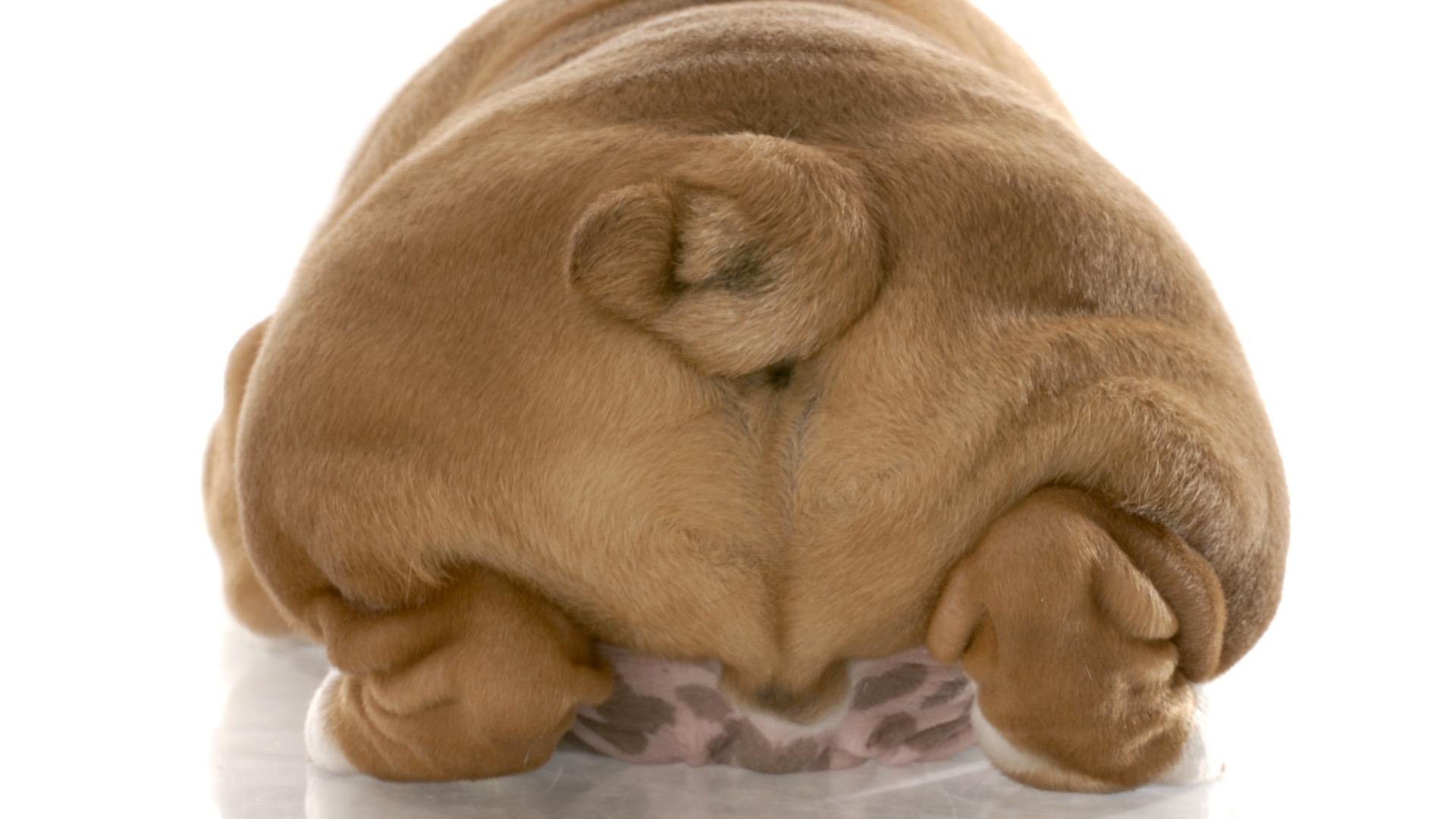
General Health
The 4 Corner Stones for Healthy Anal Glands, Naturally
Mar 27 2020
•
10 min read
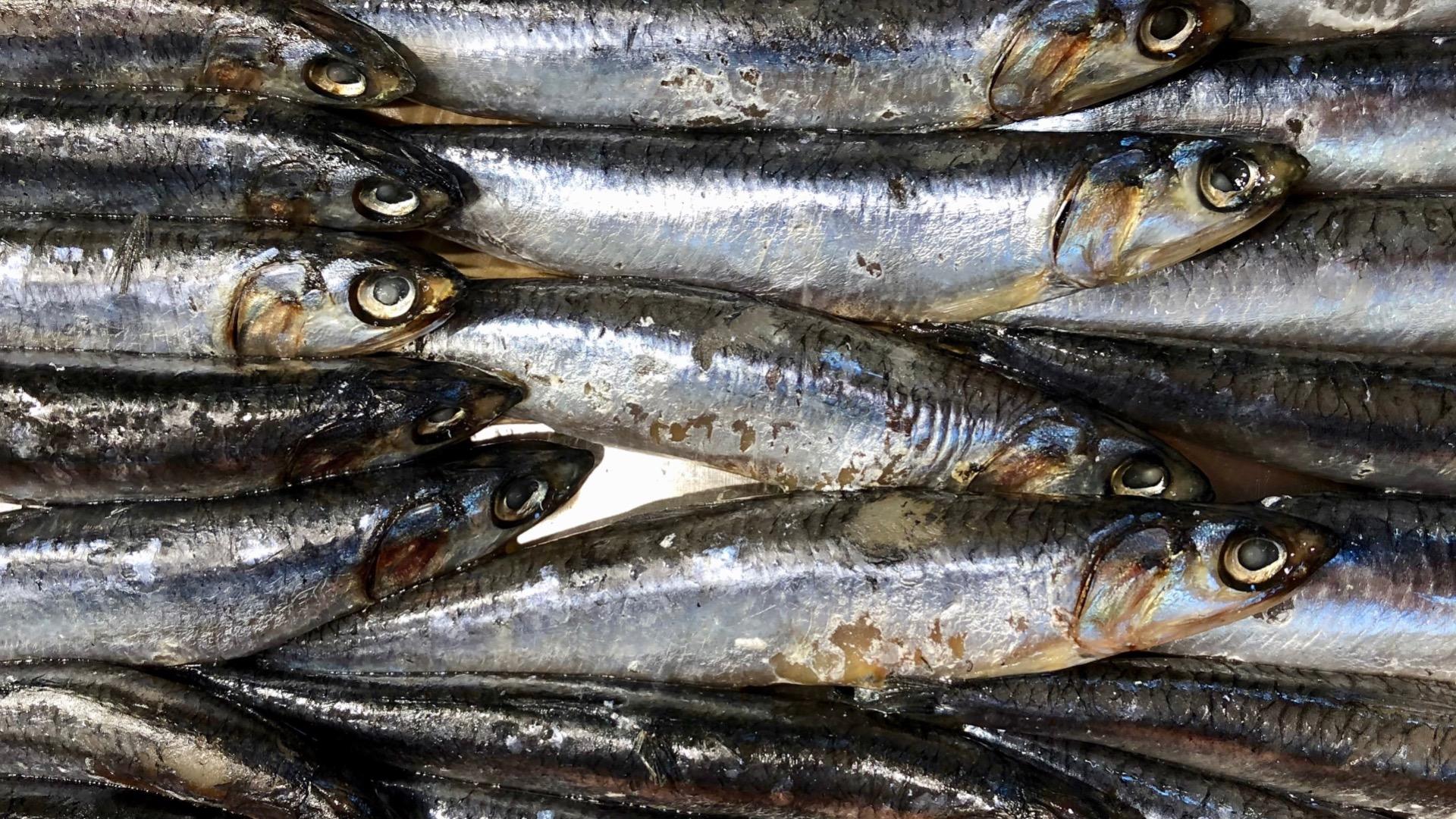
General Health
Essential Fats for my Dog’s Diet: The Ultimate Guide
Mar 24 2020
•
10 min read

General Health
7 Top Reasons to use Clay in your Dog’s Diet Regime
Feb 20 2020
•
5 min read

General Health
Raw meat-based diets and The Royal Society Publishing
Oct 16 2019
•
6 min read
✕






